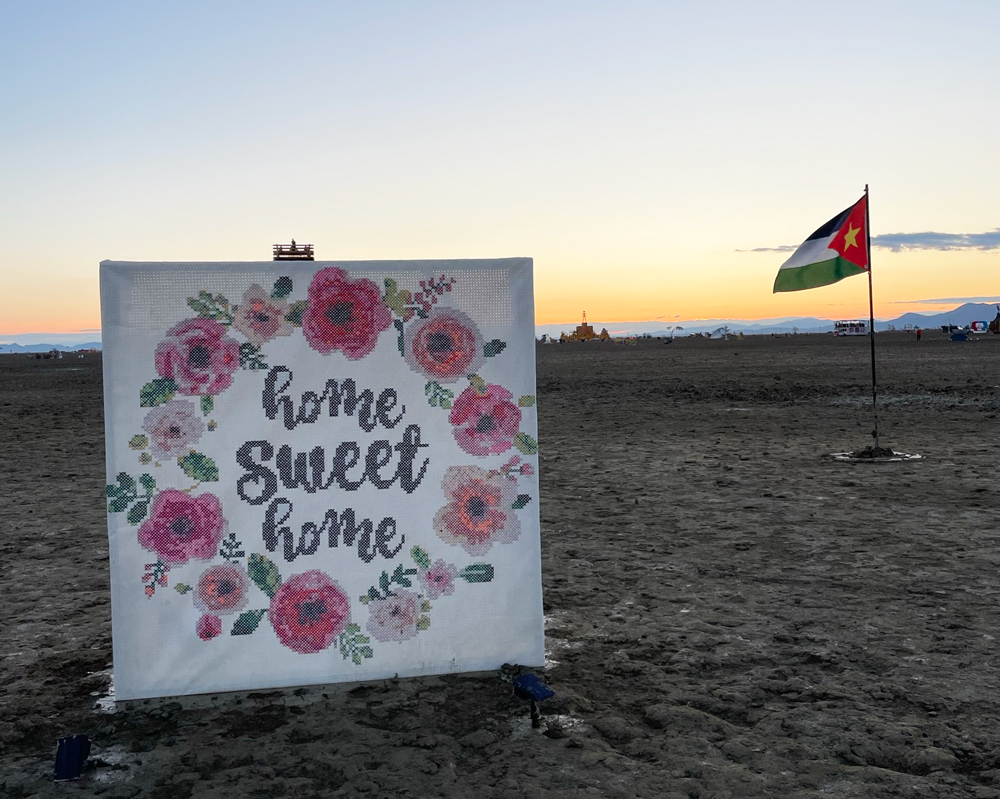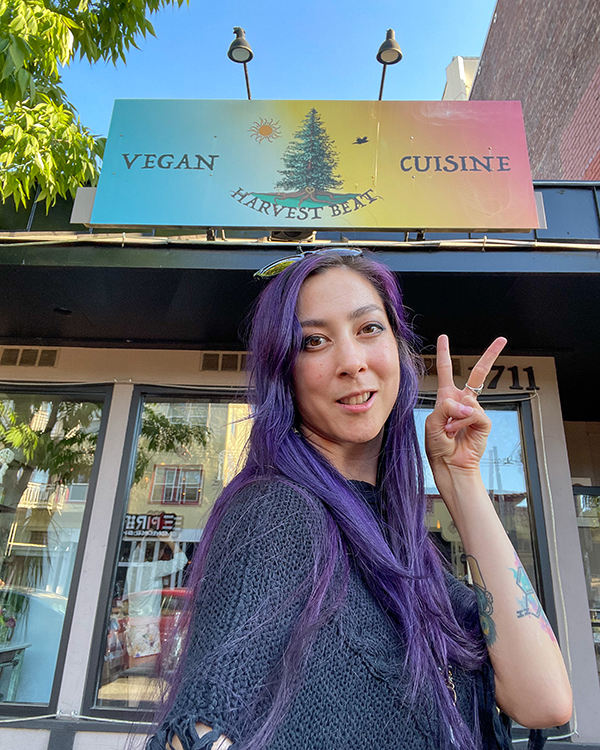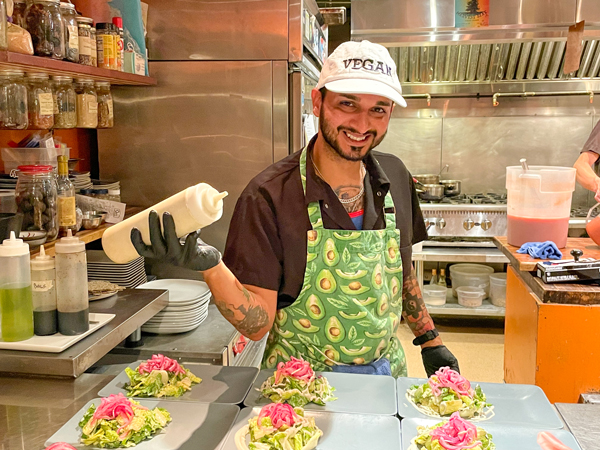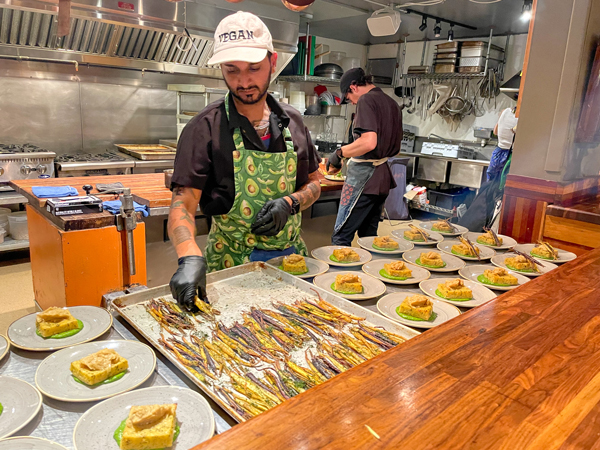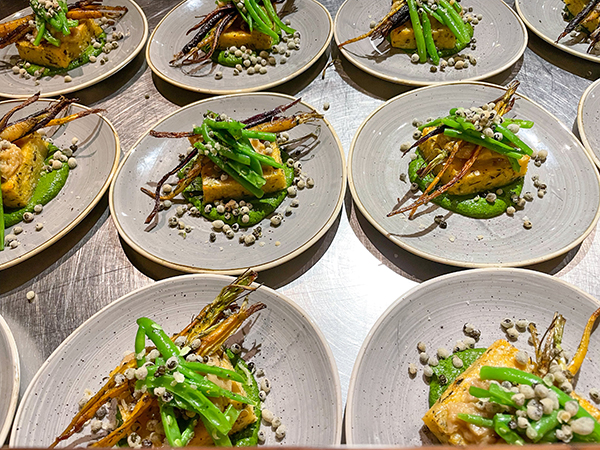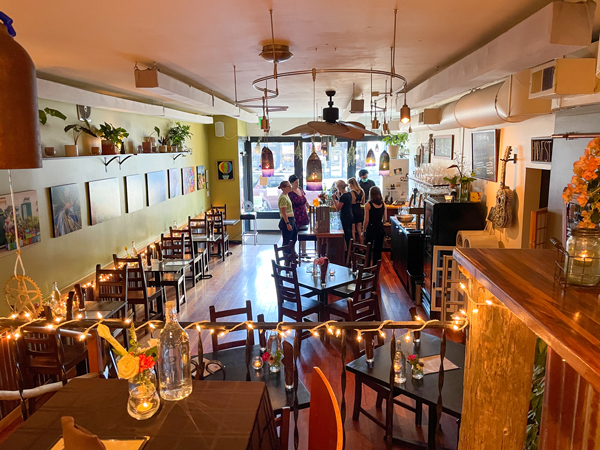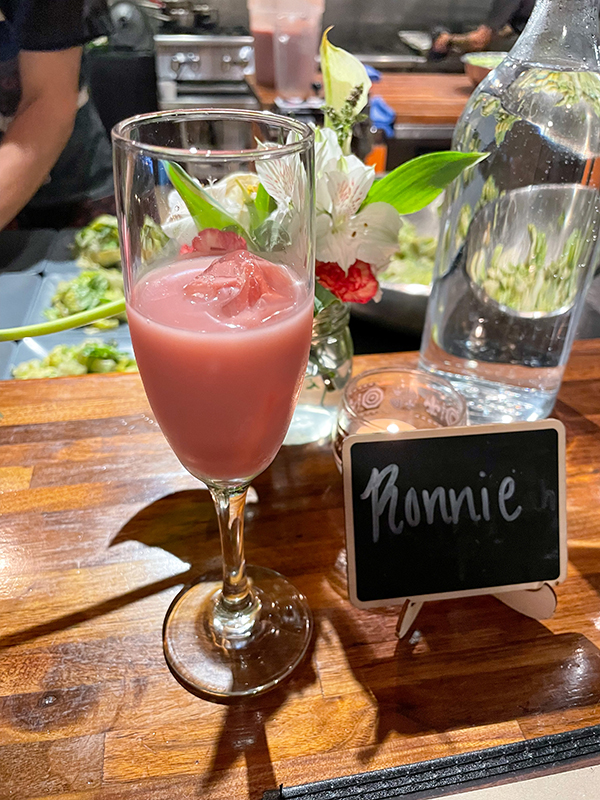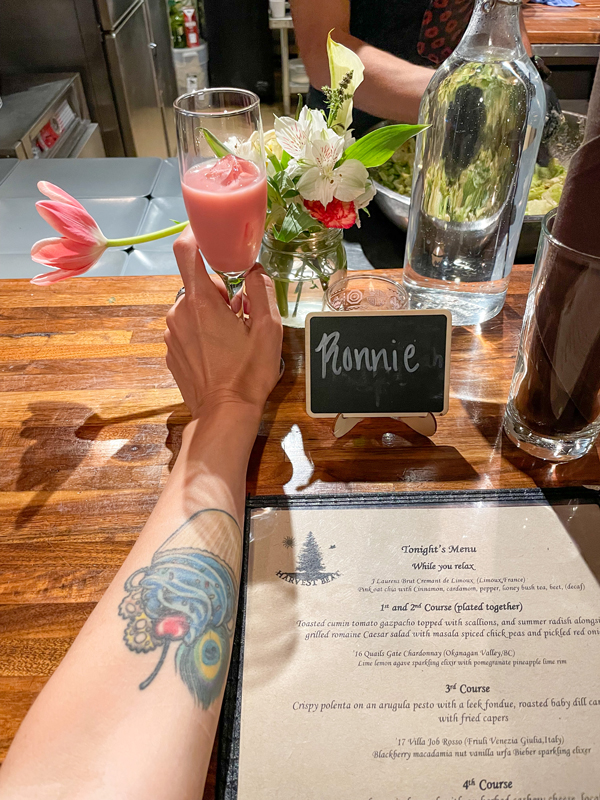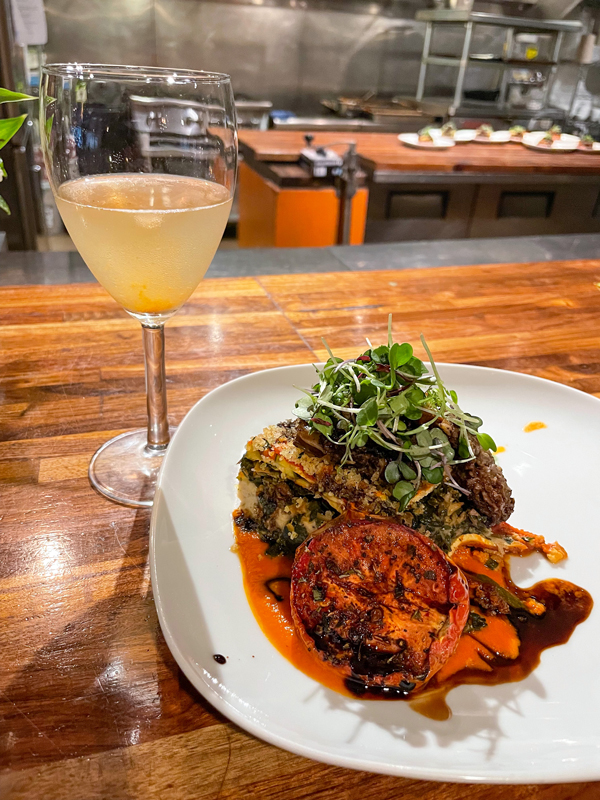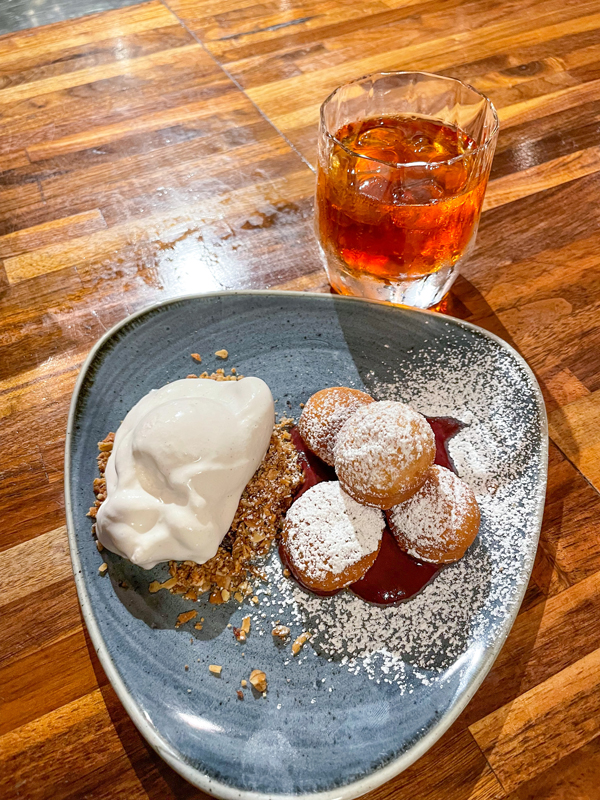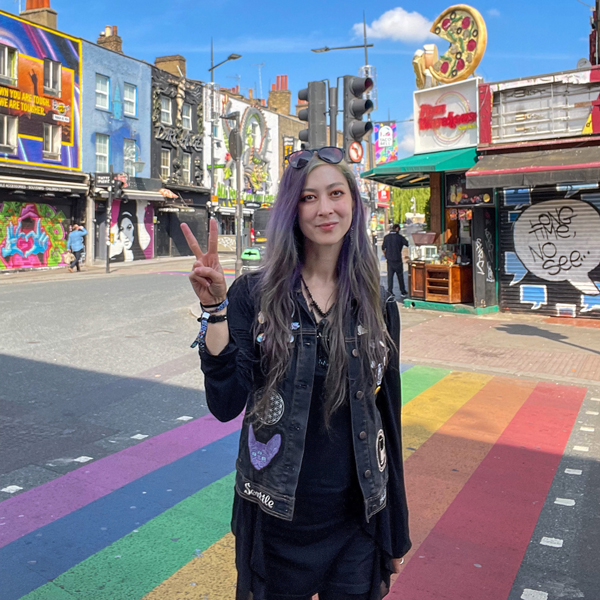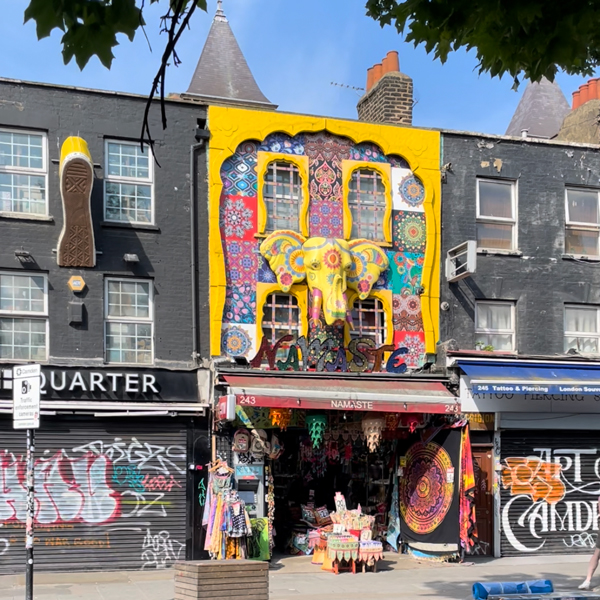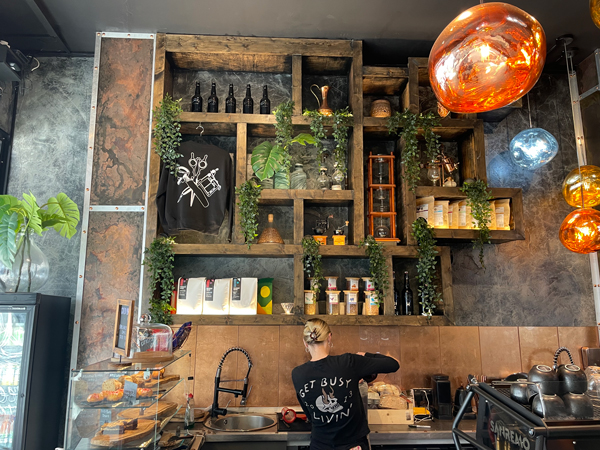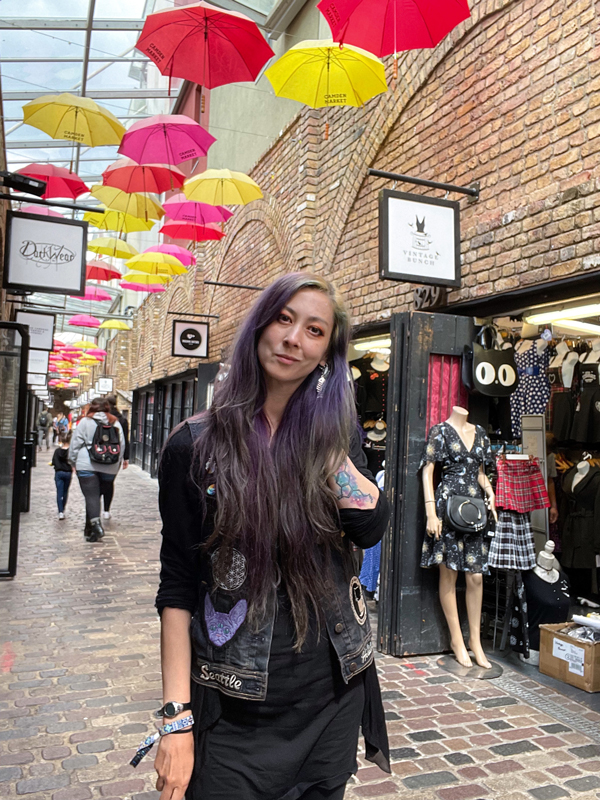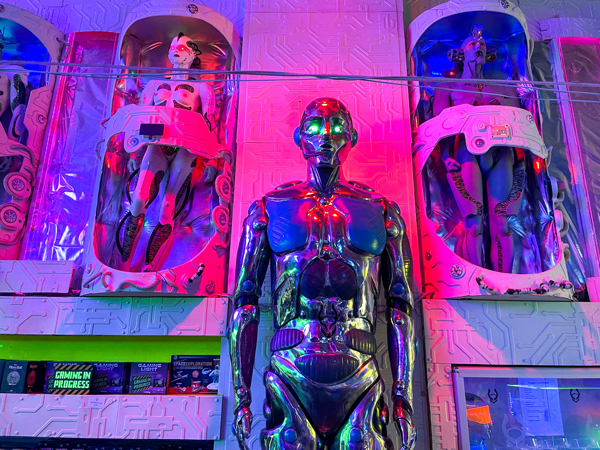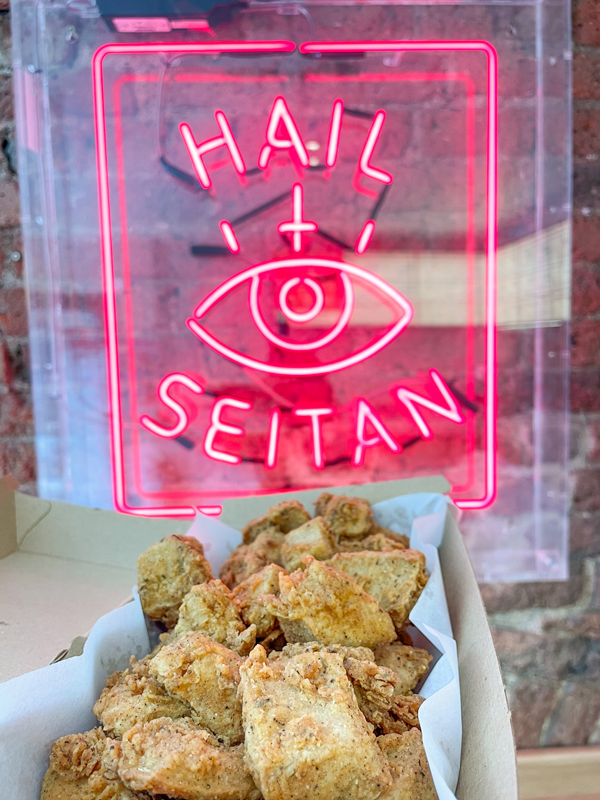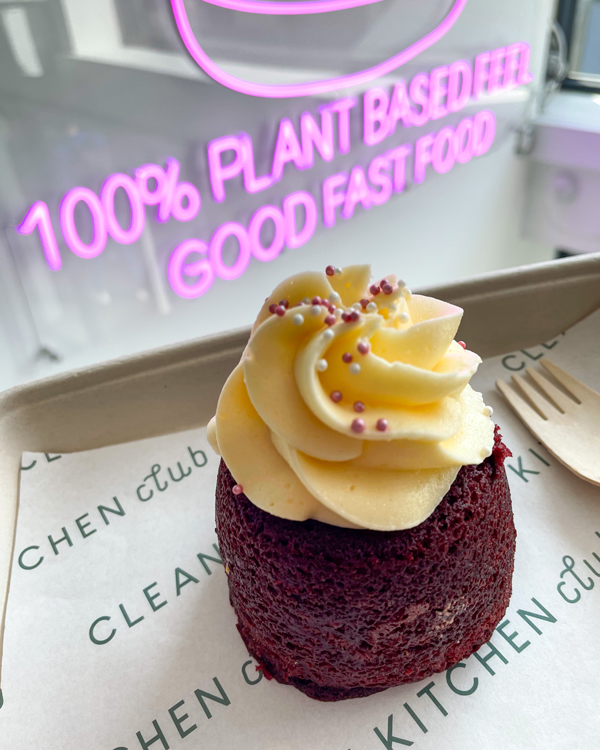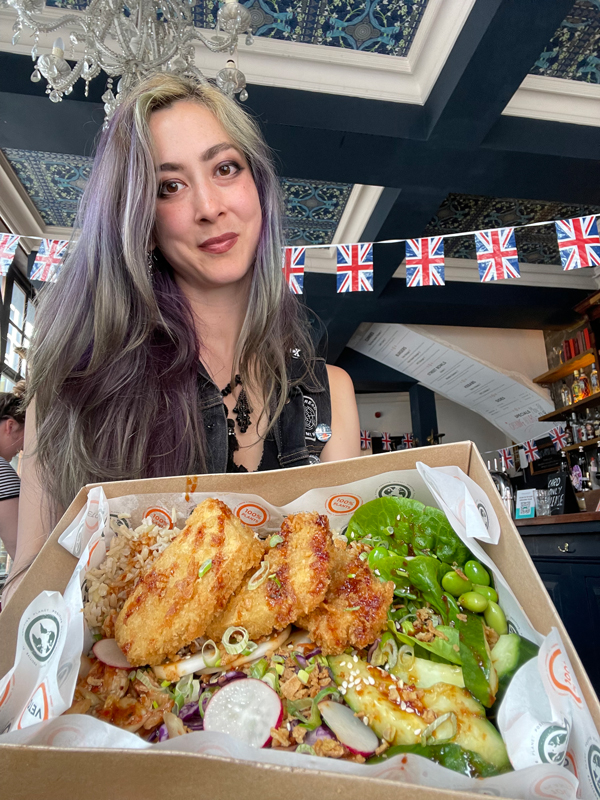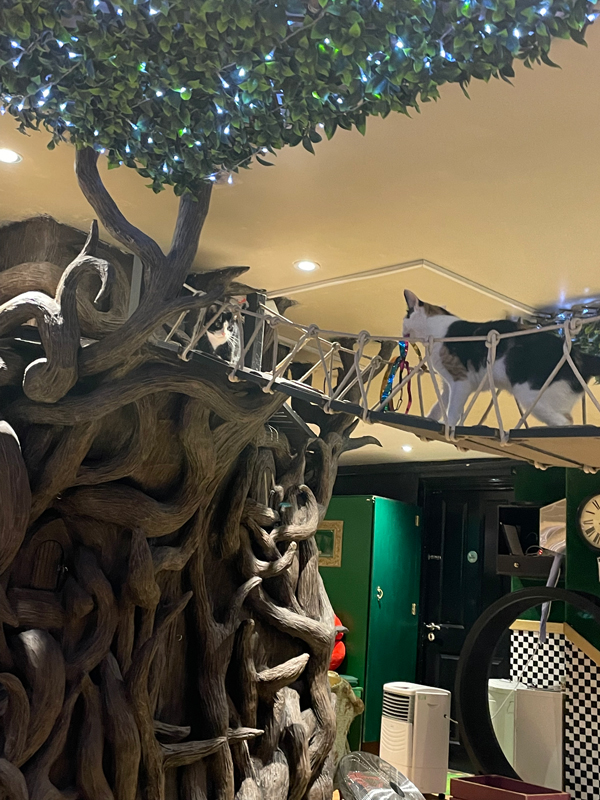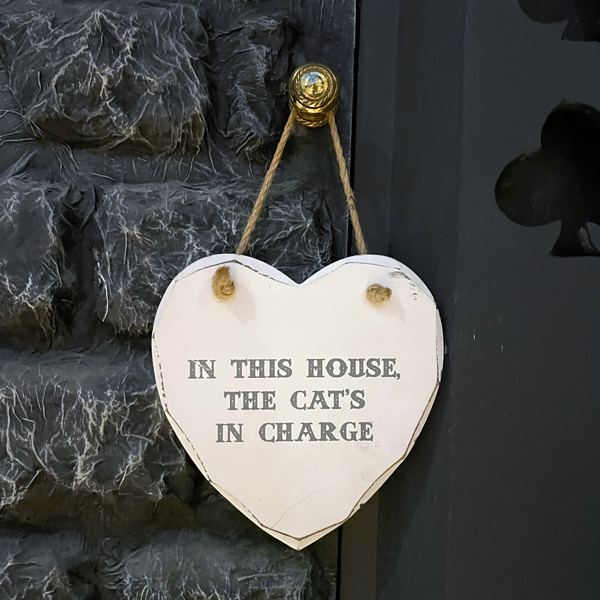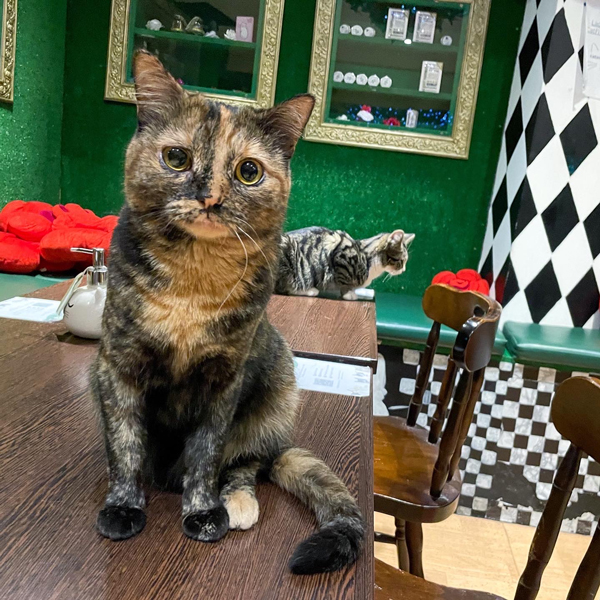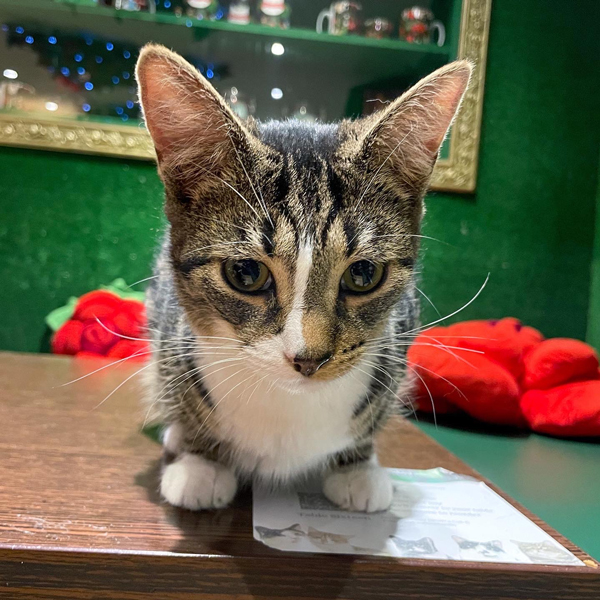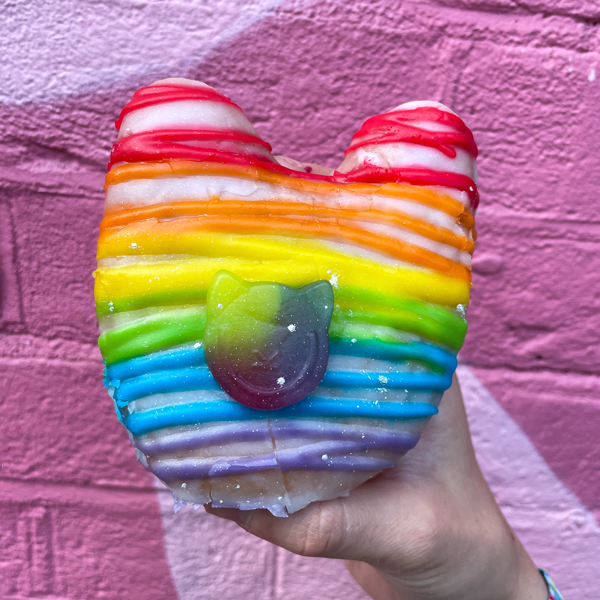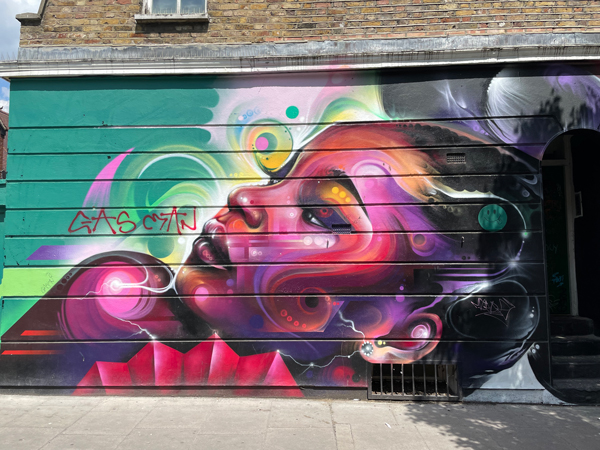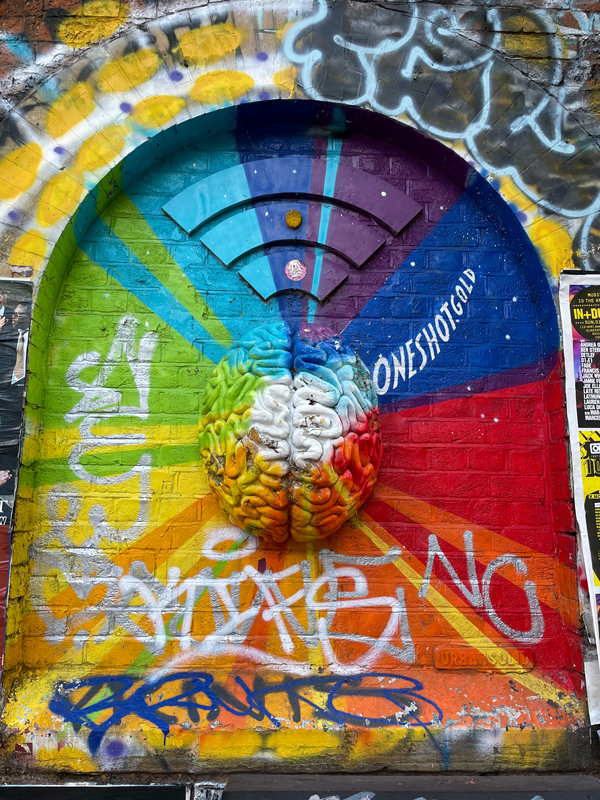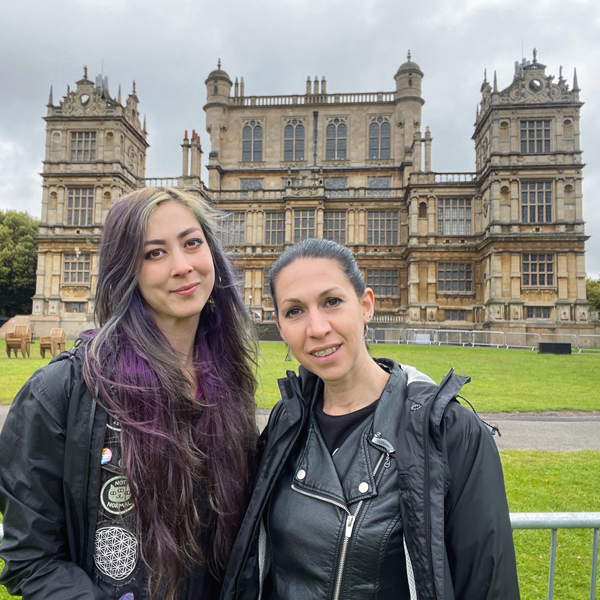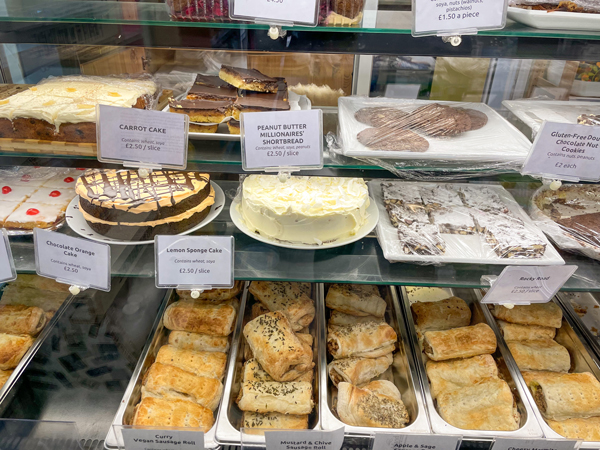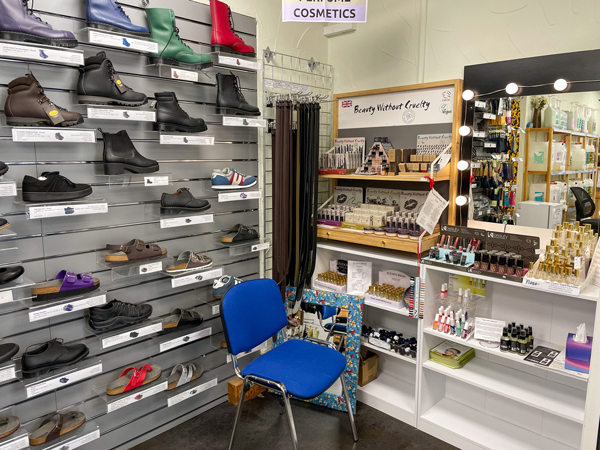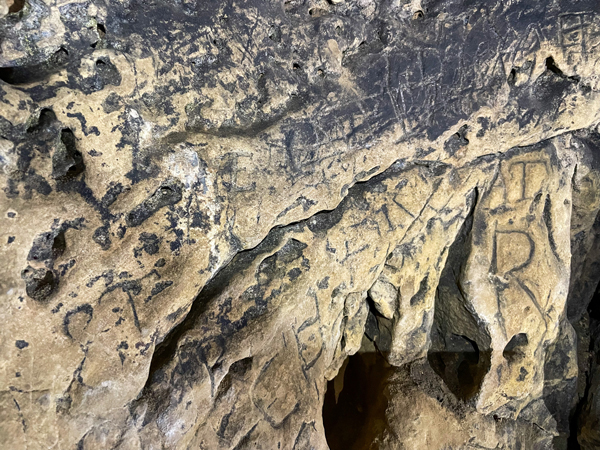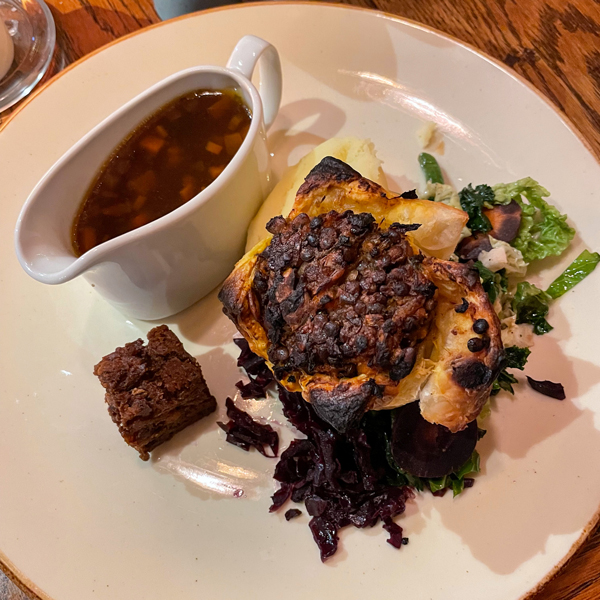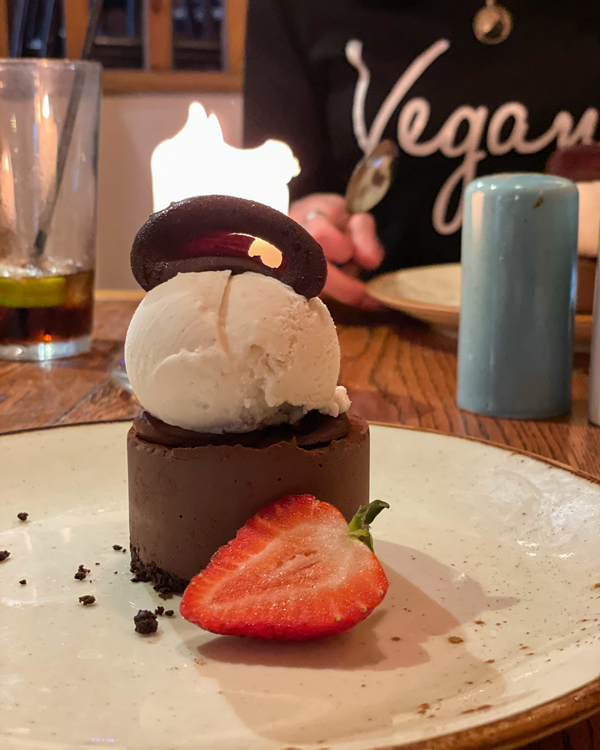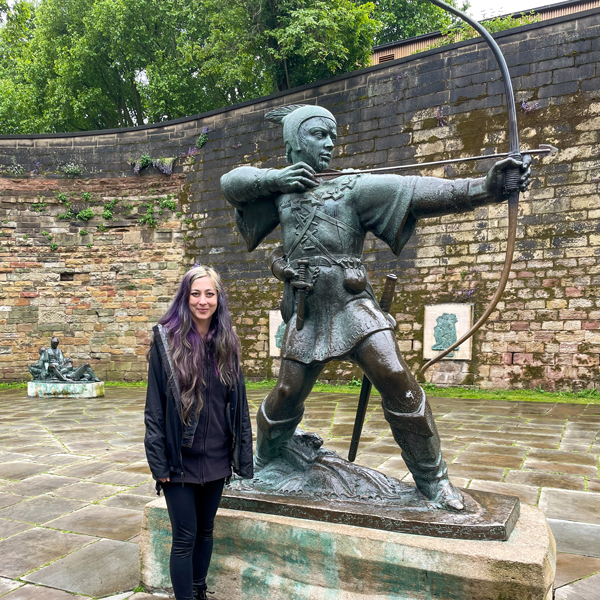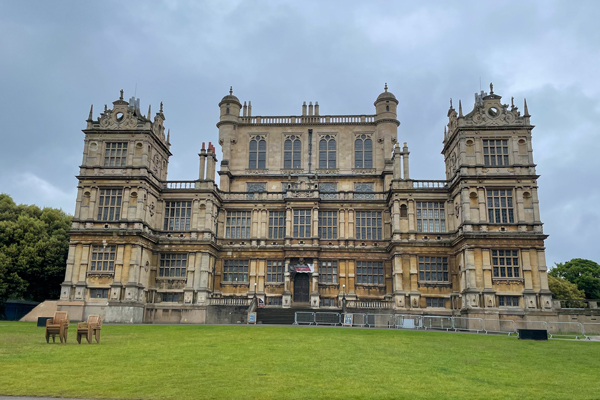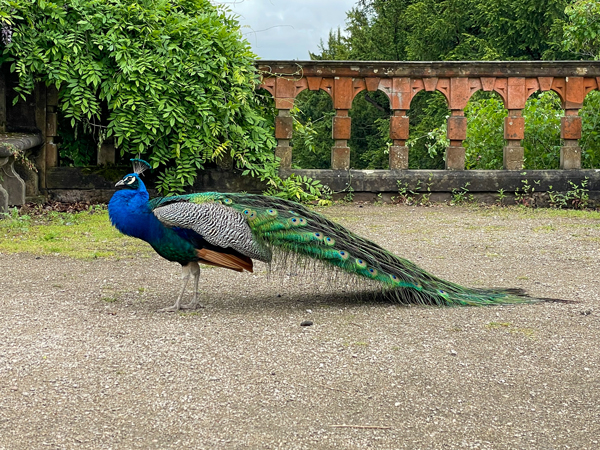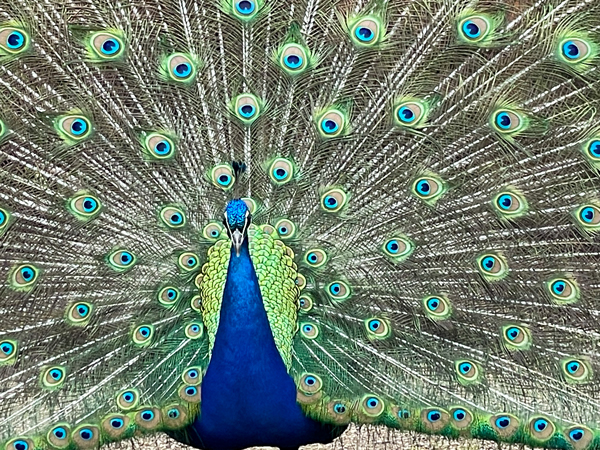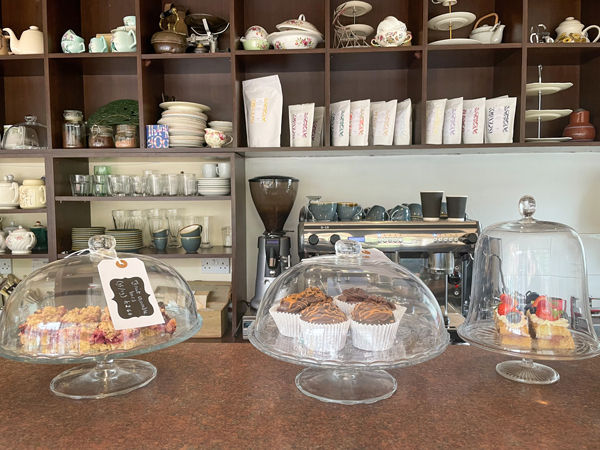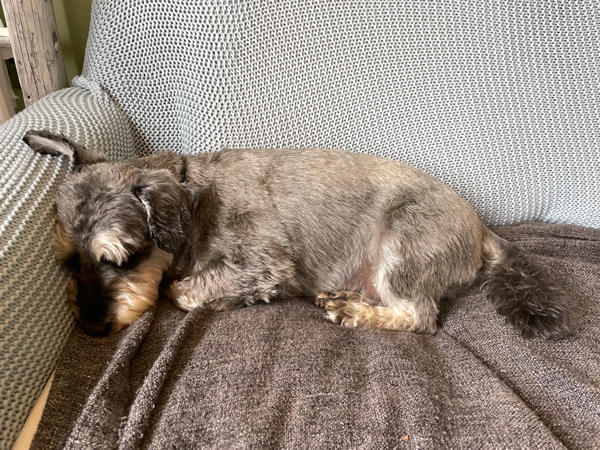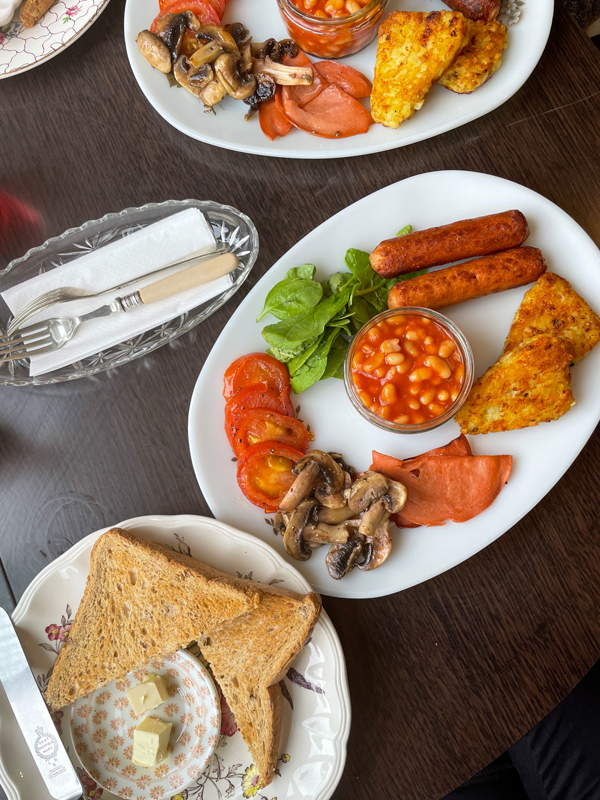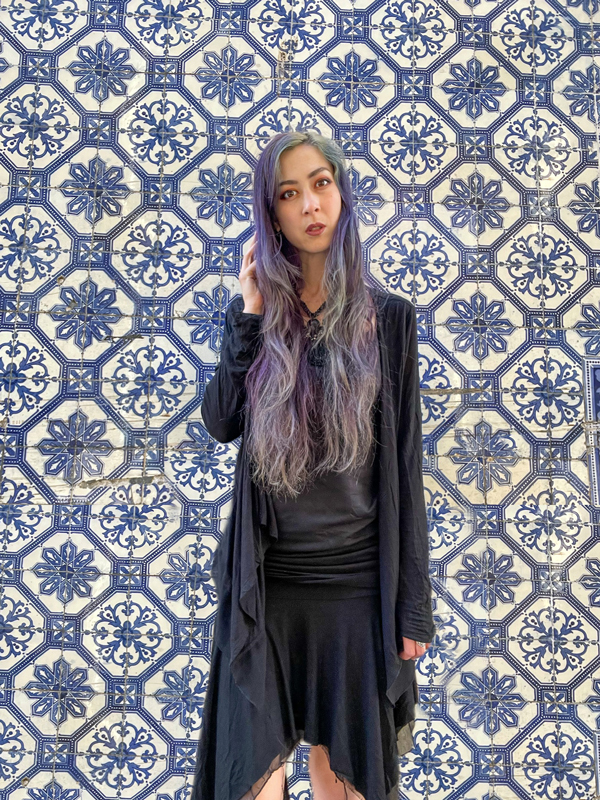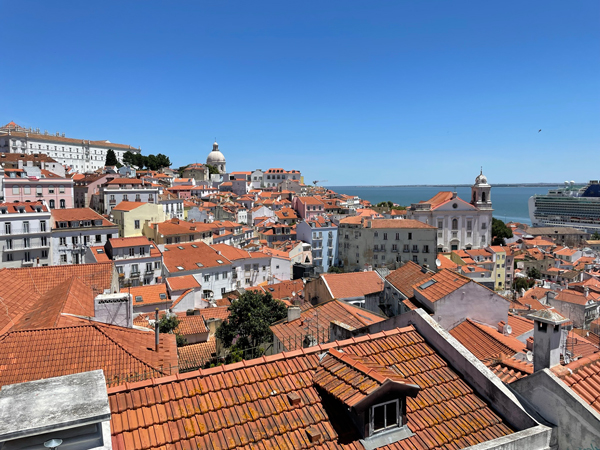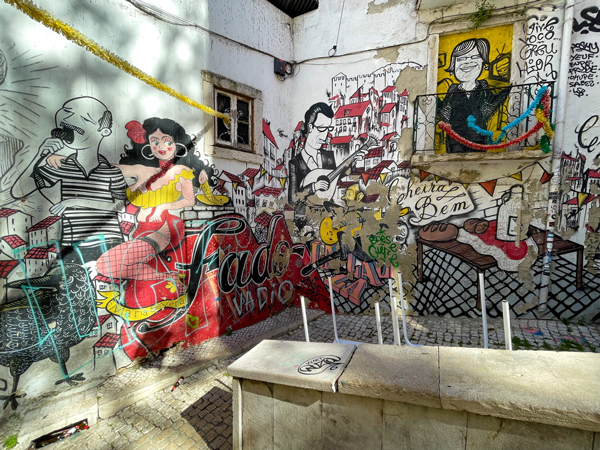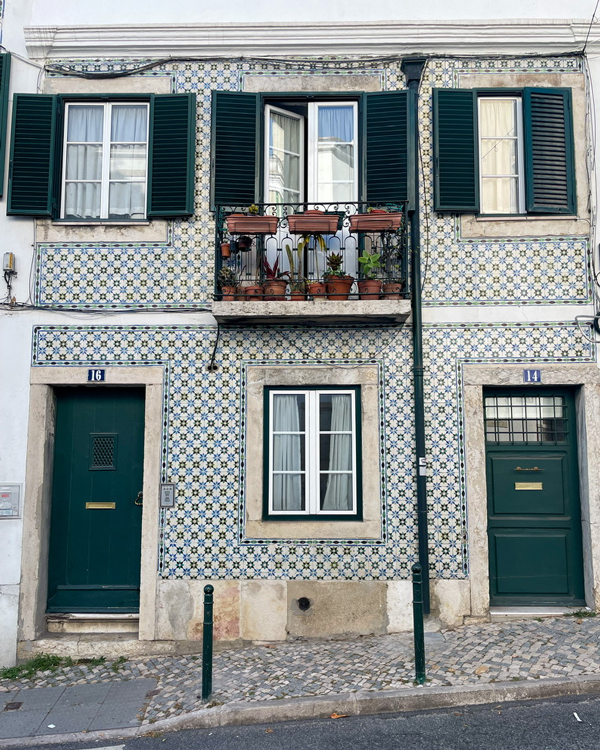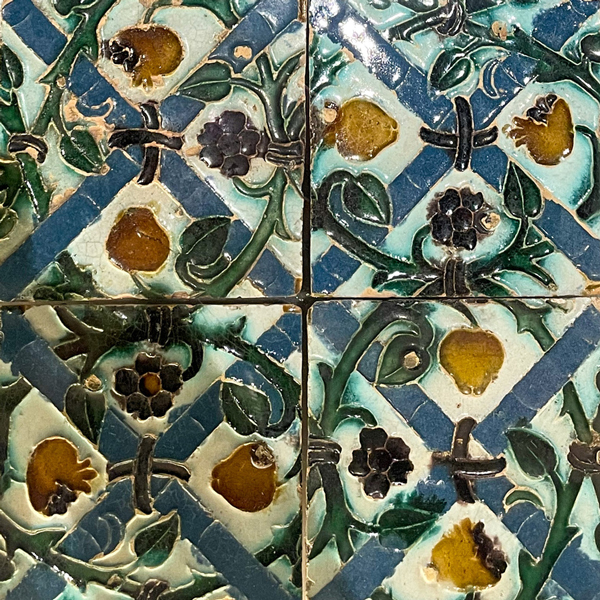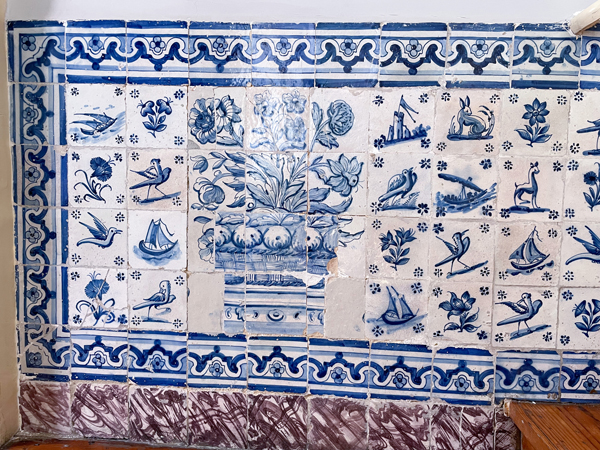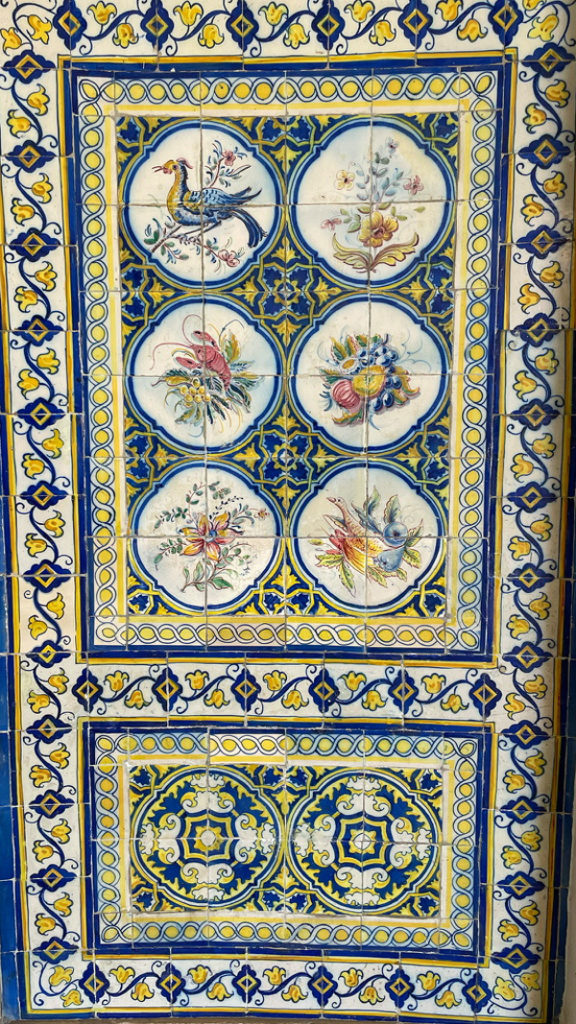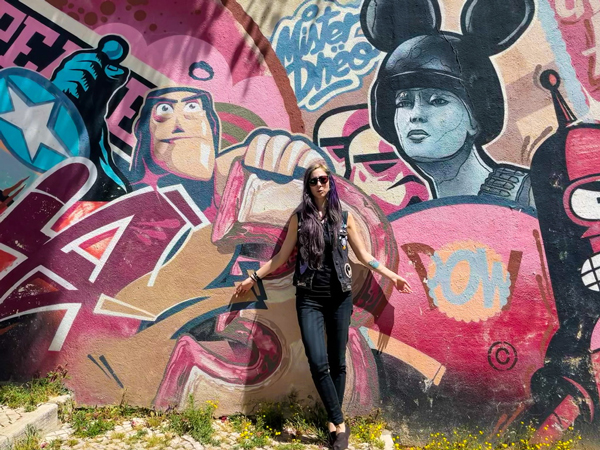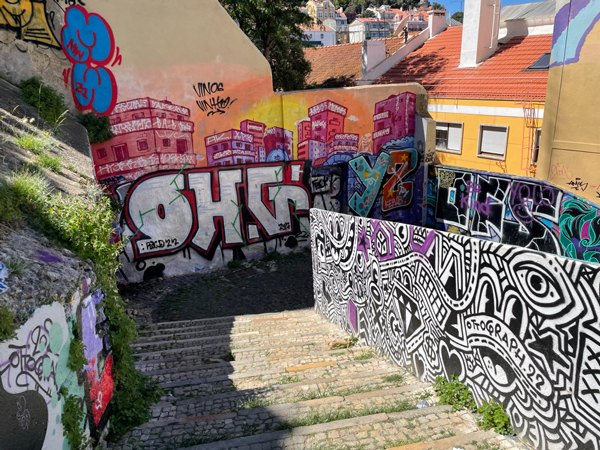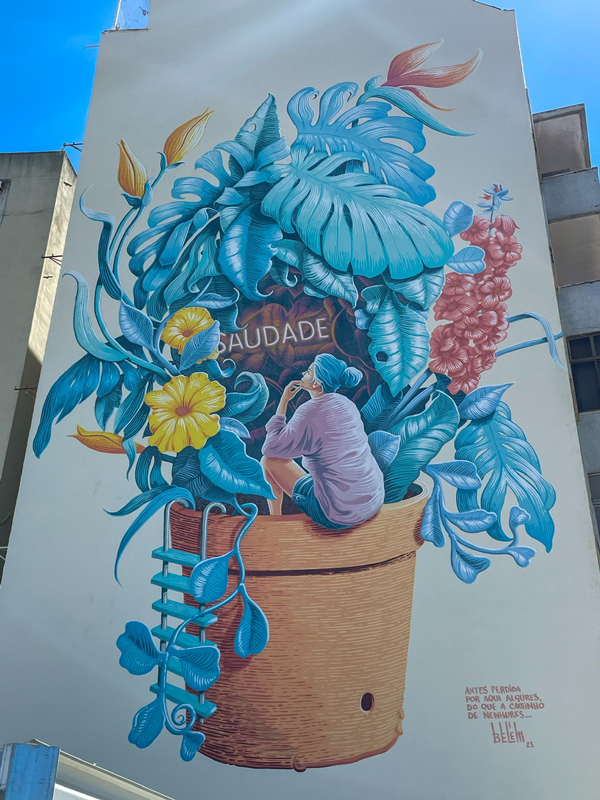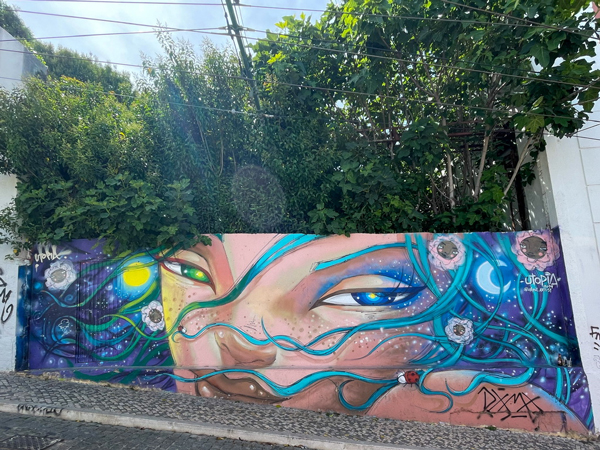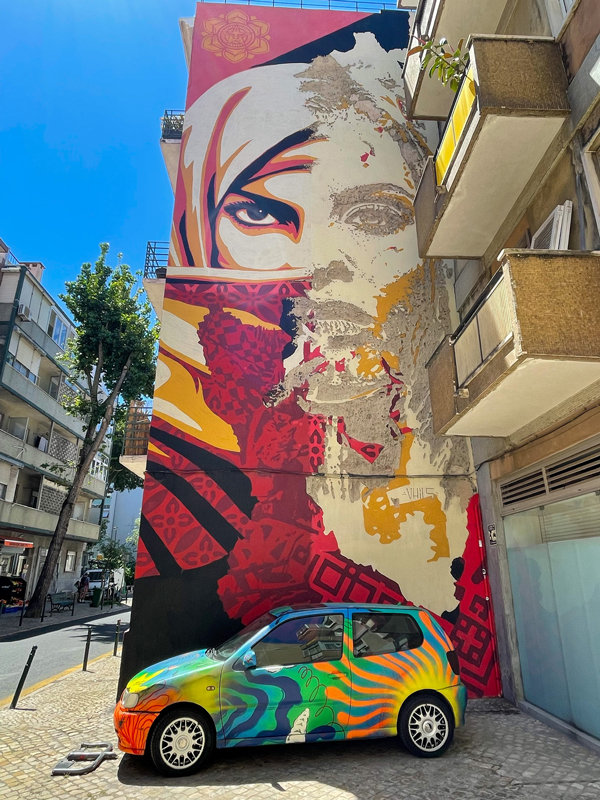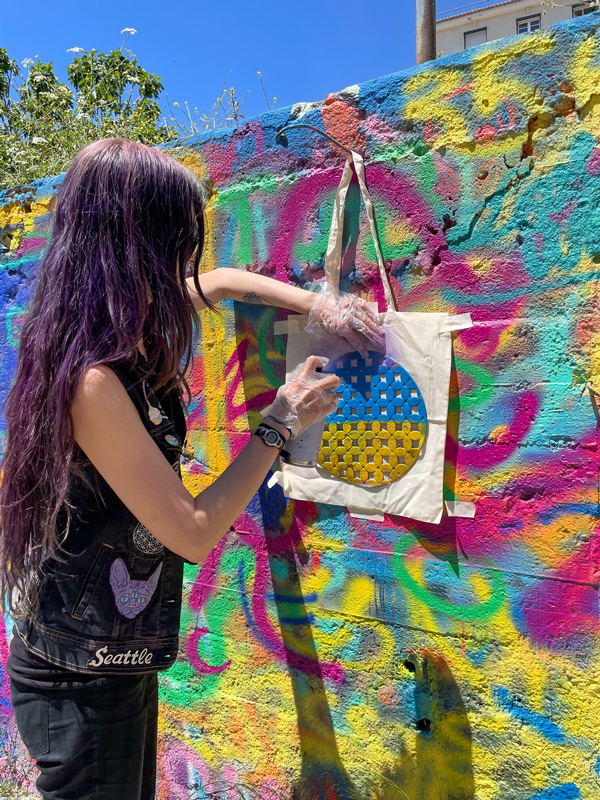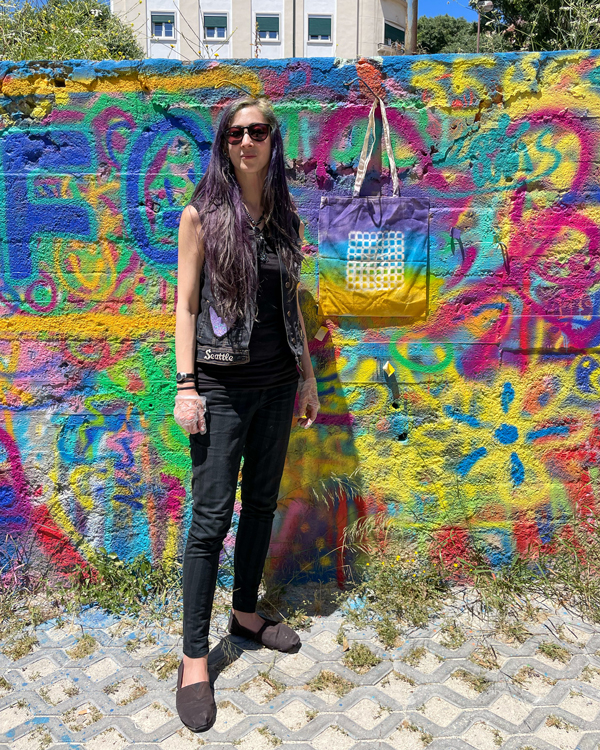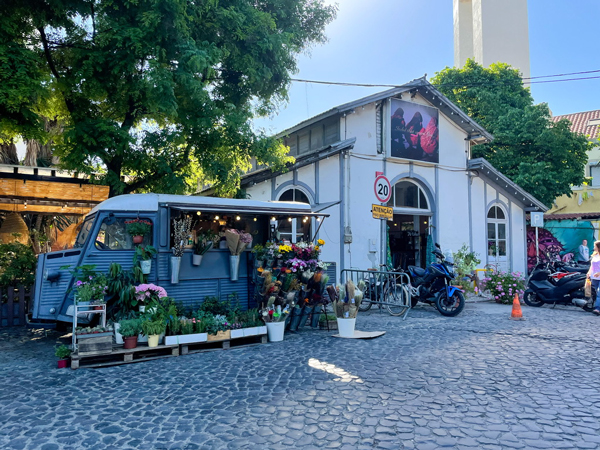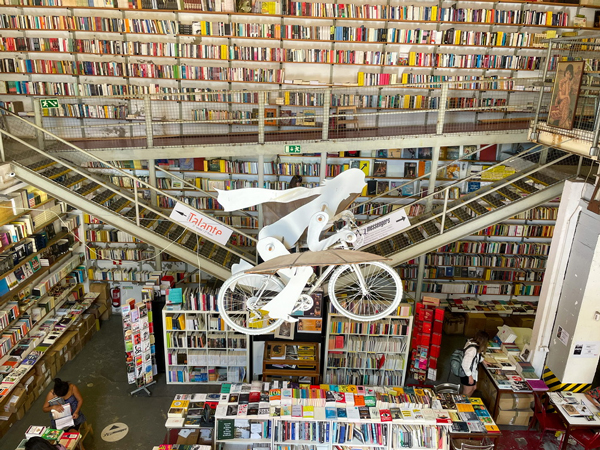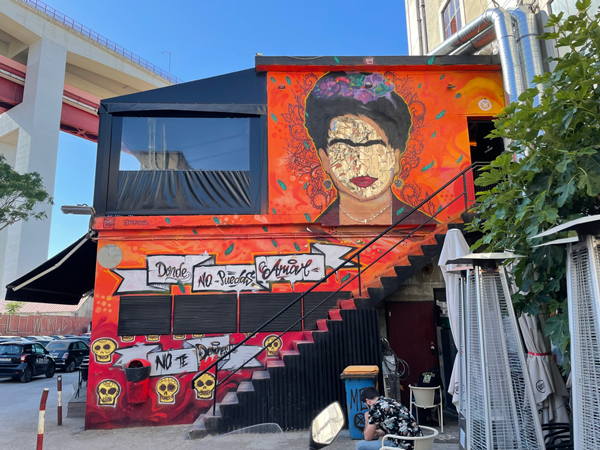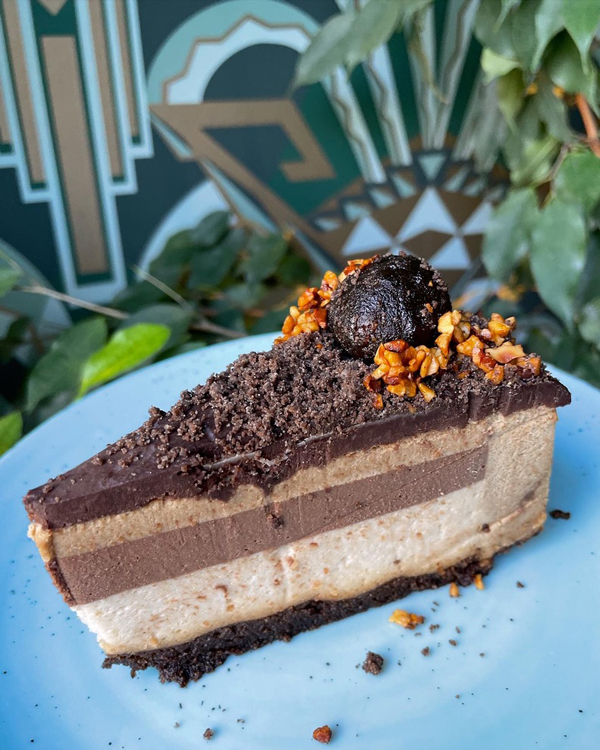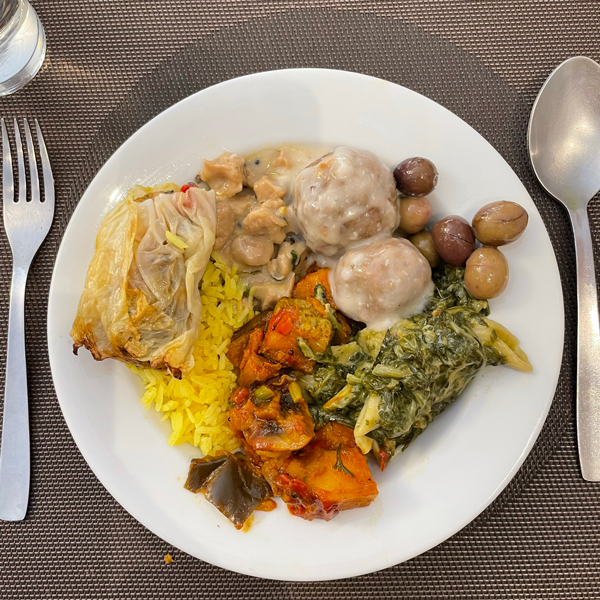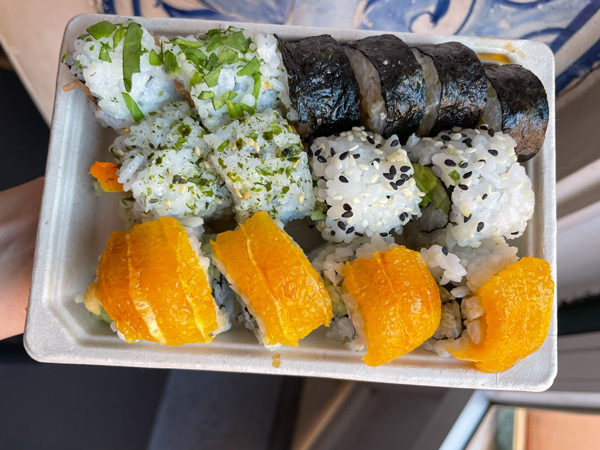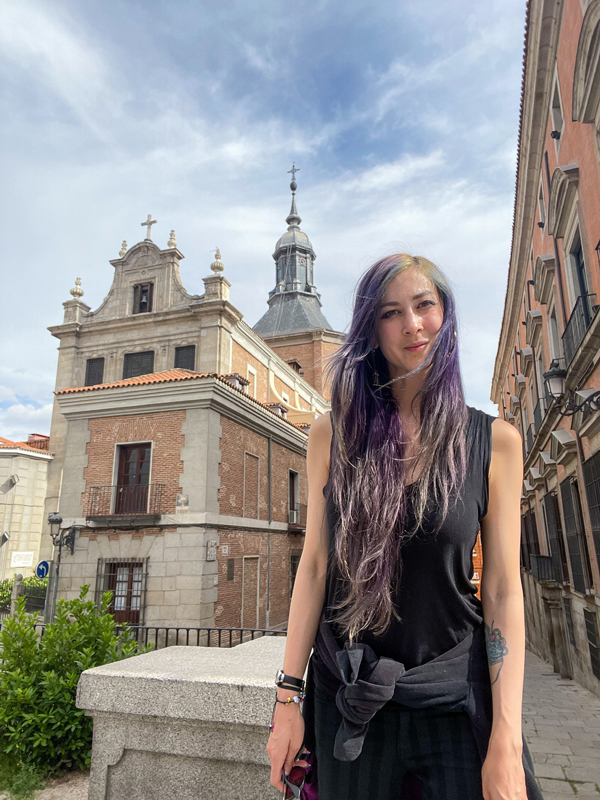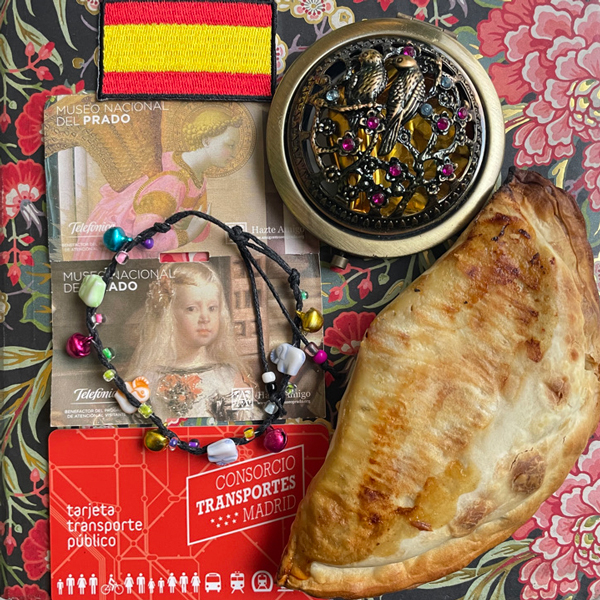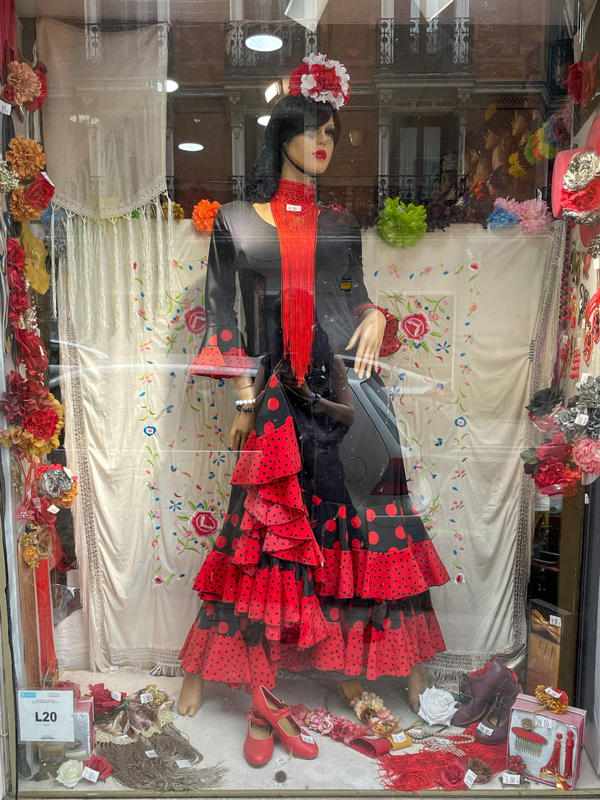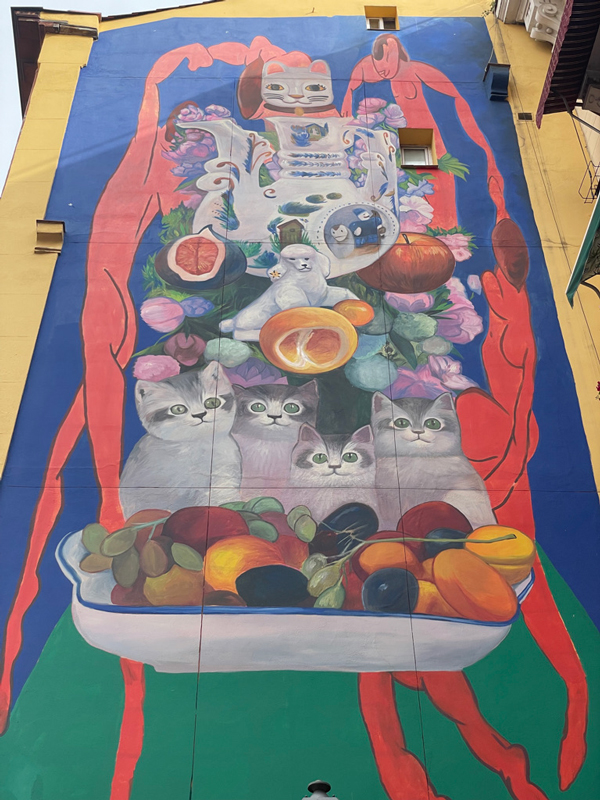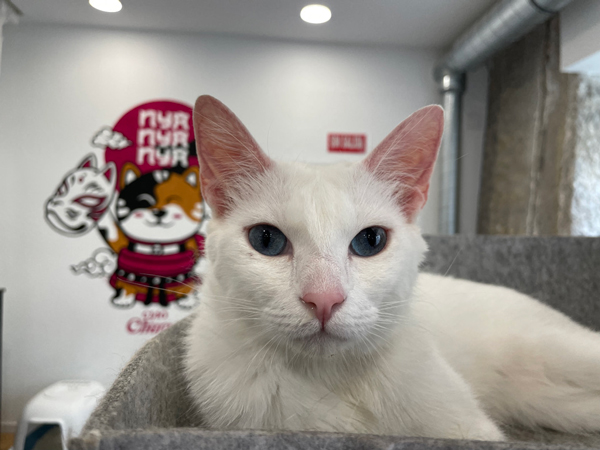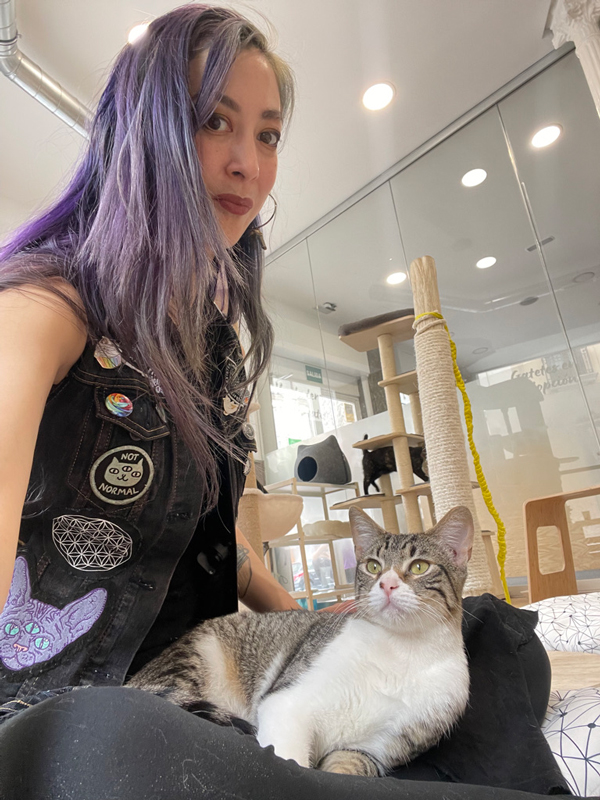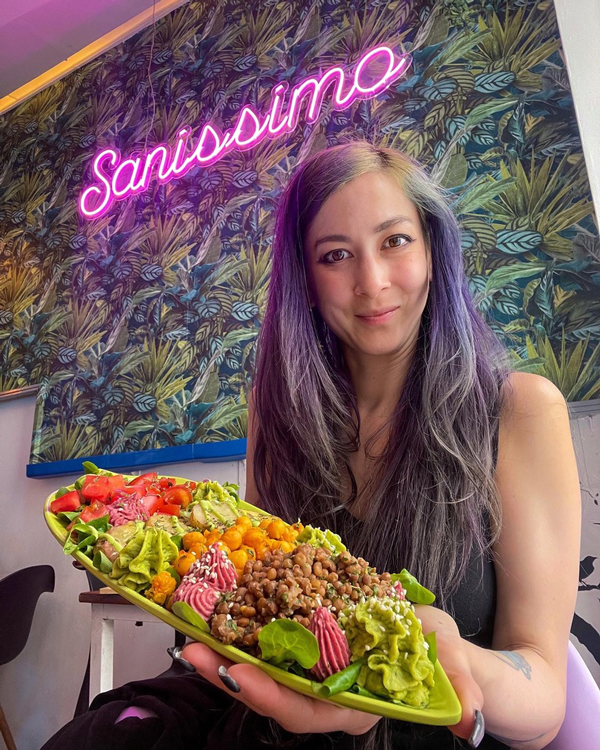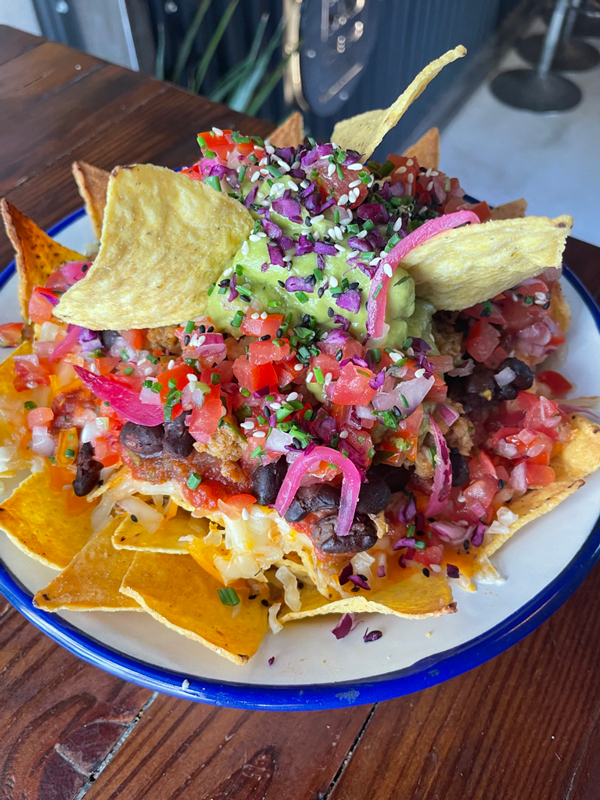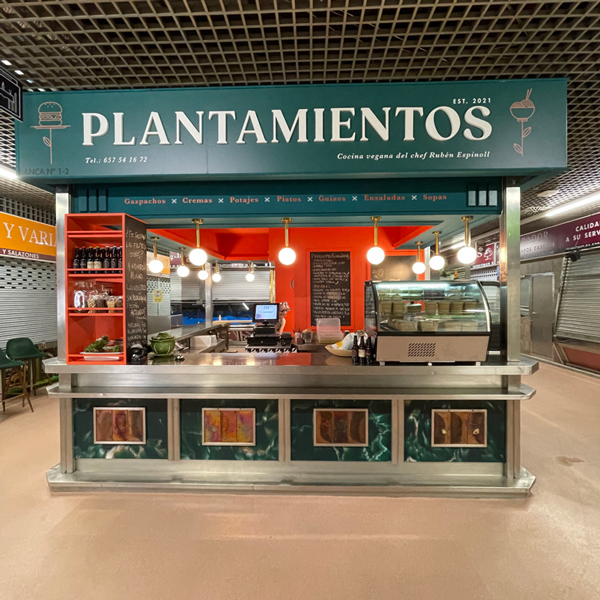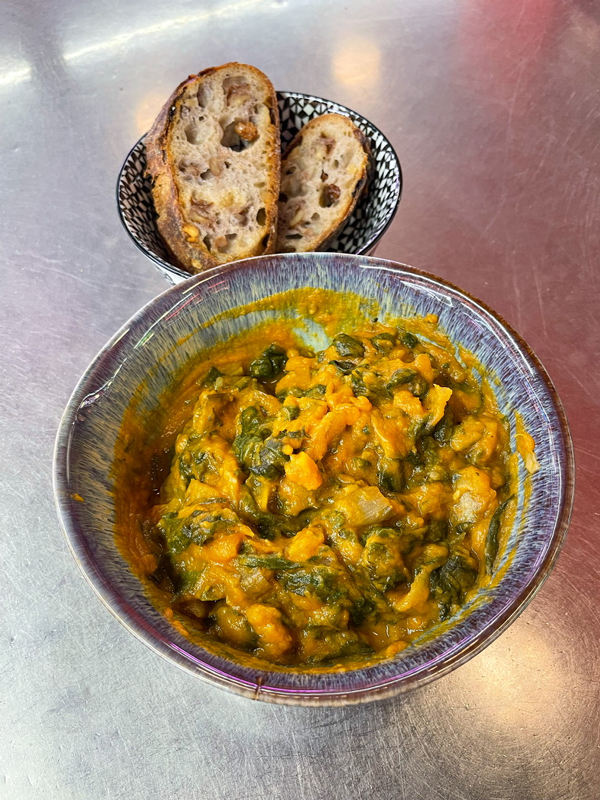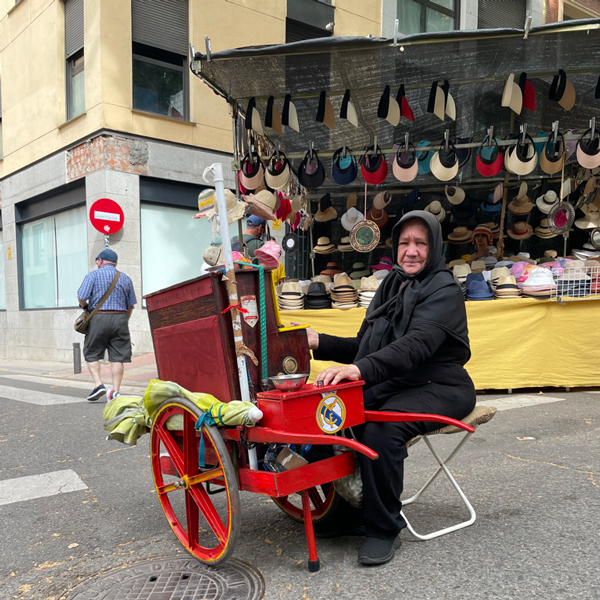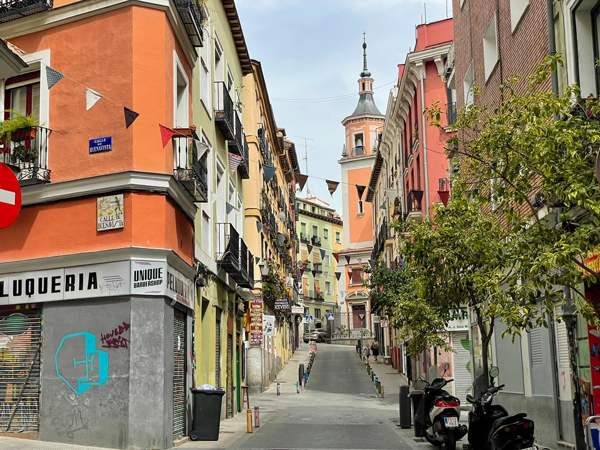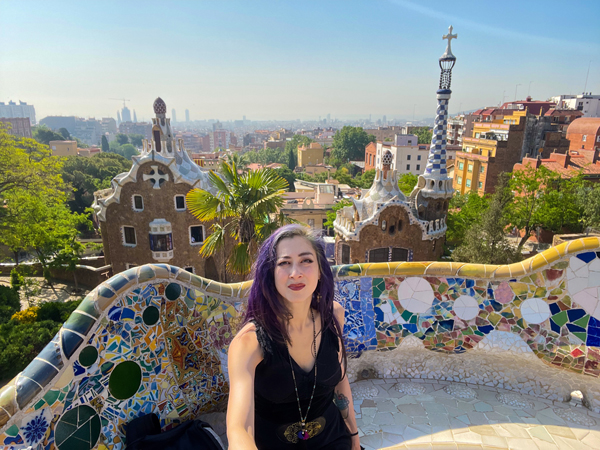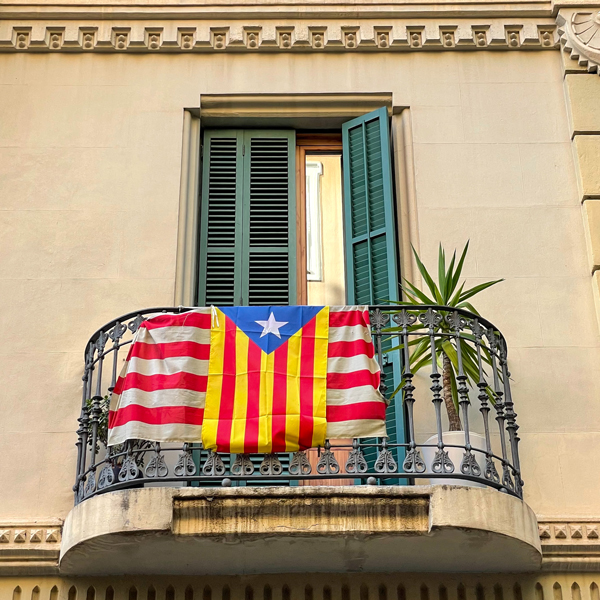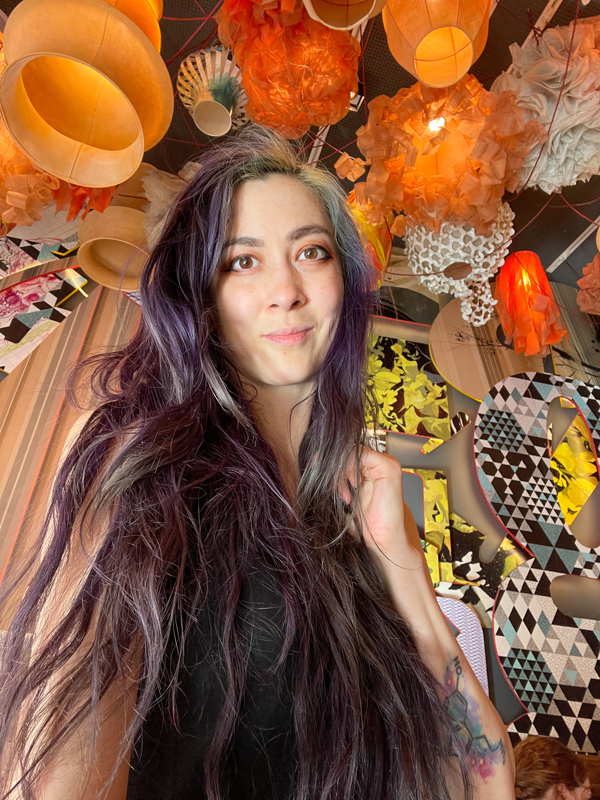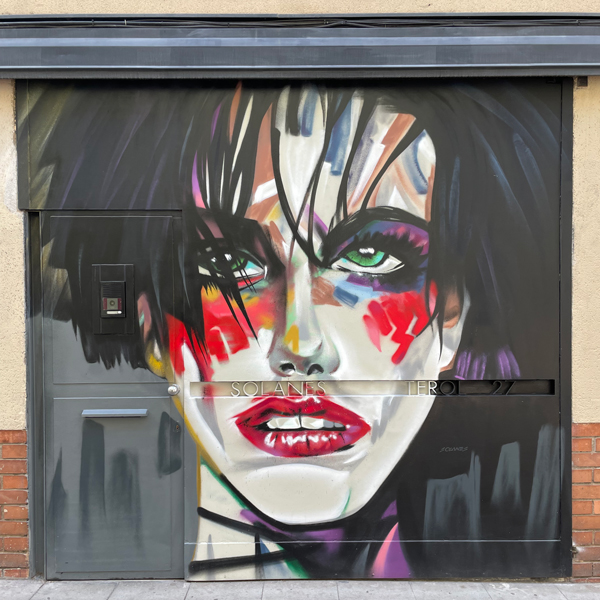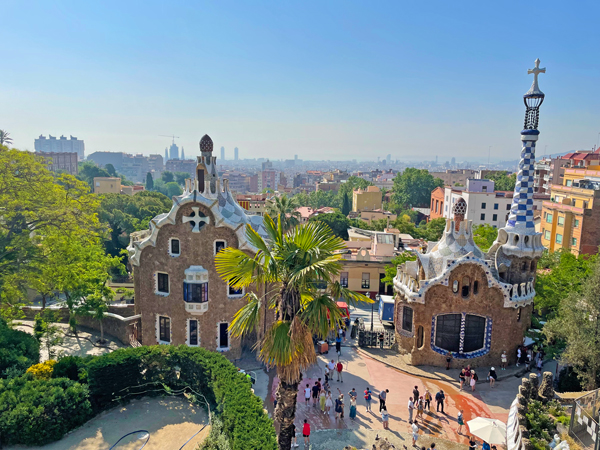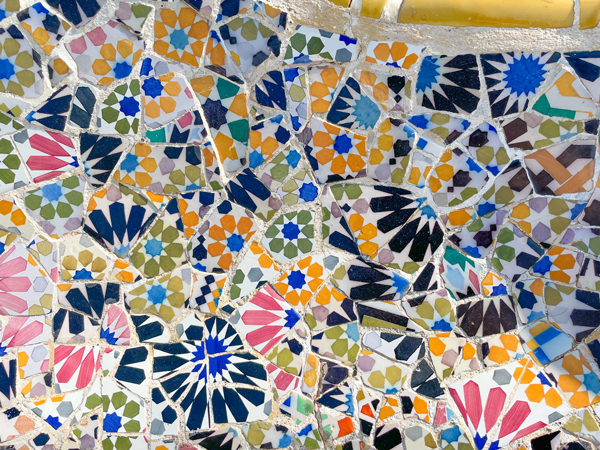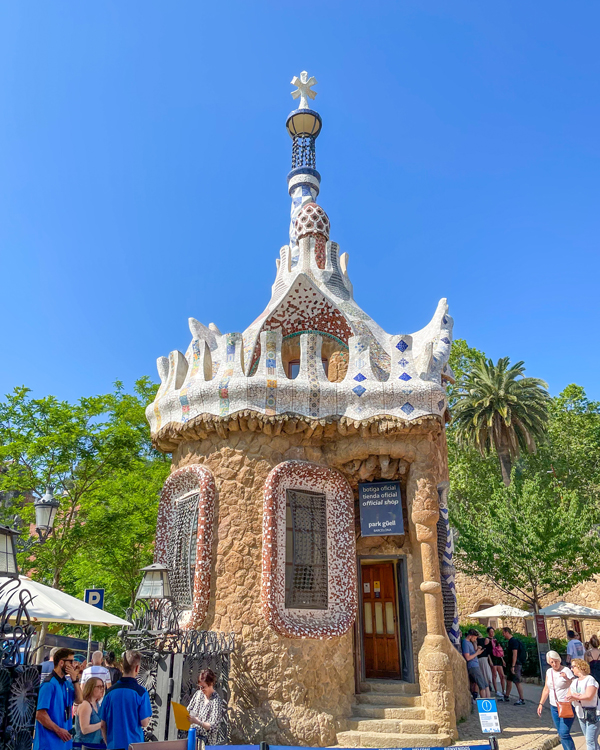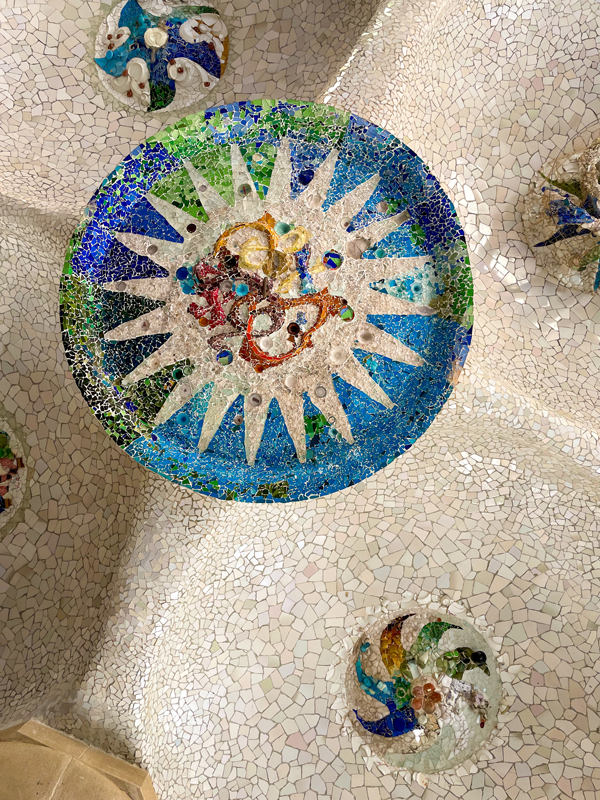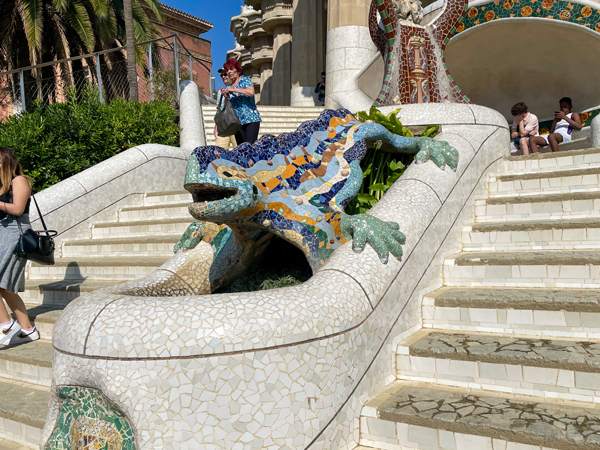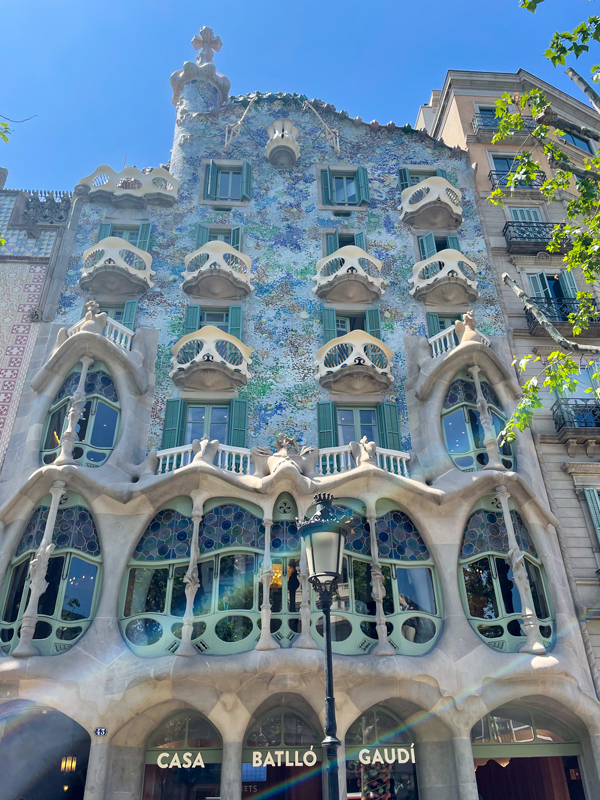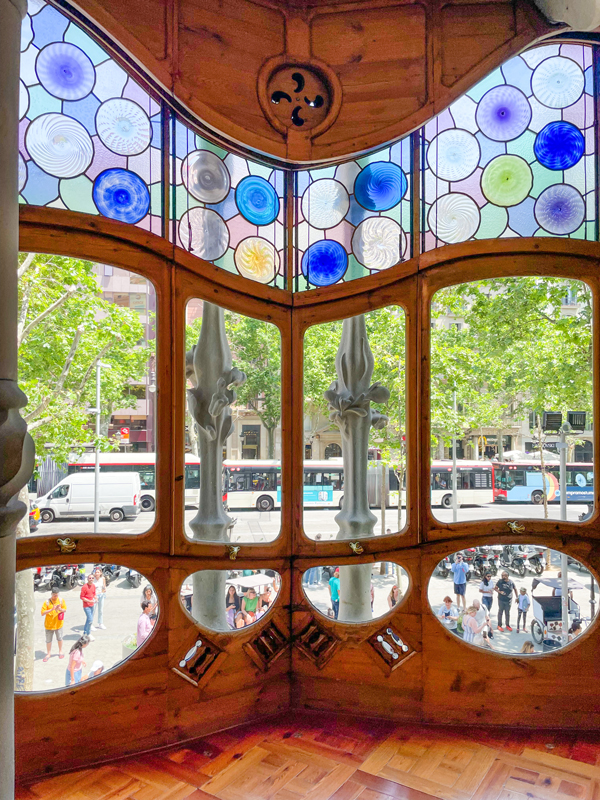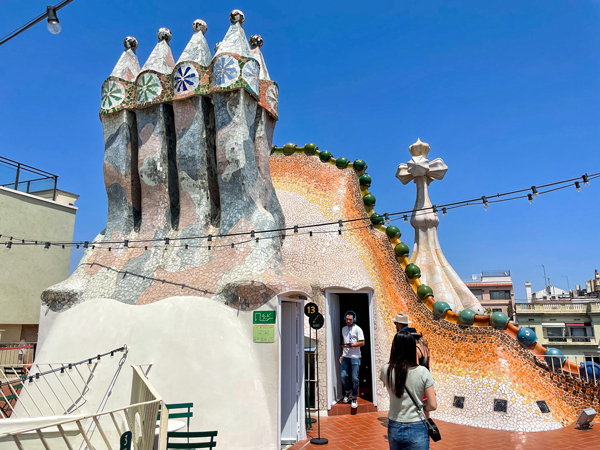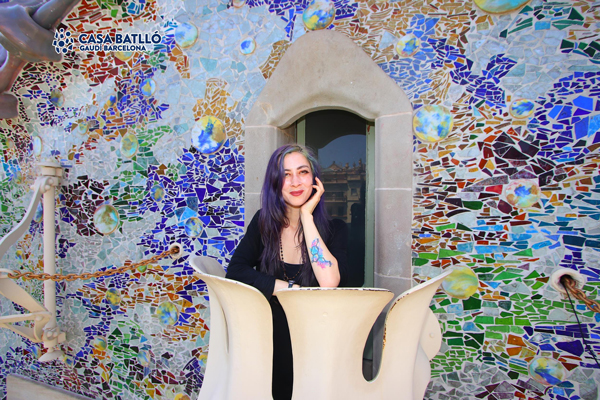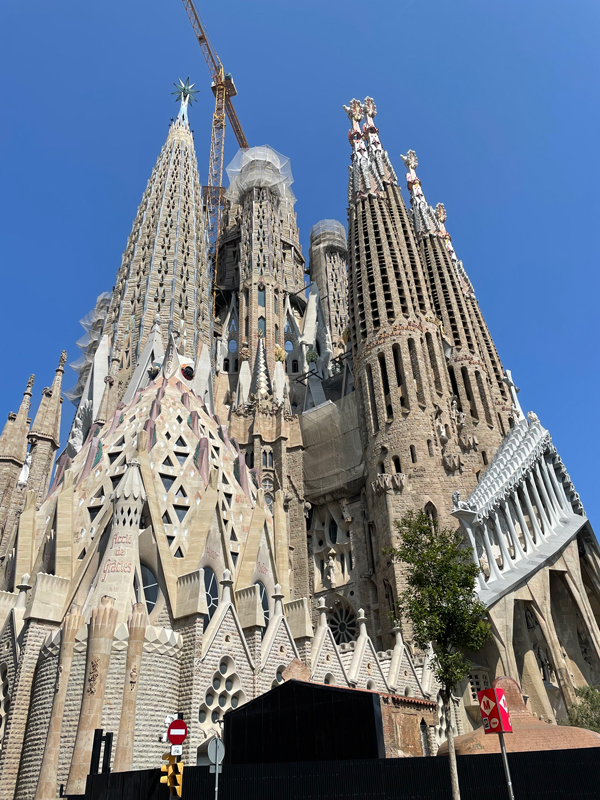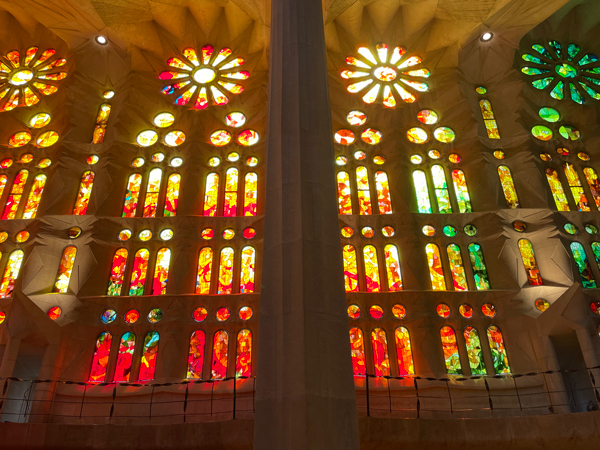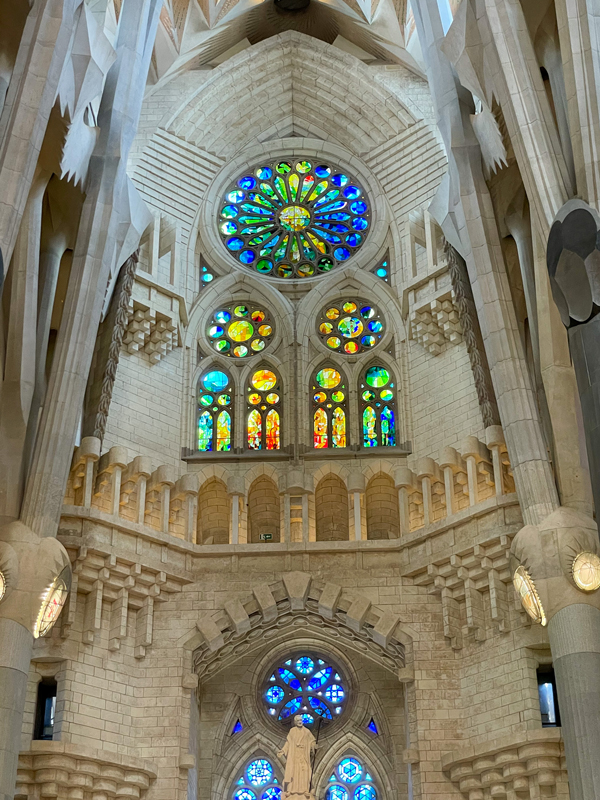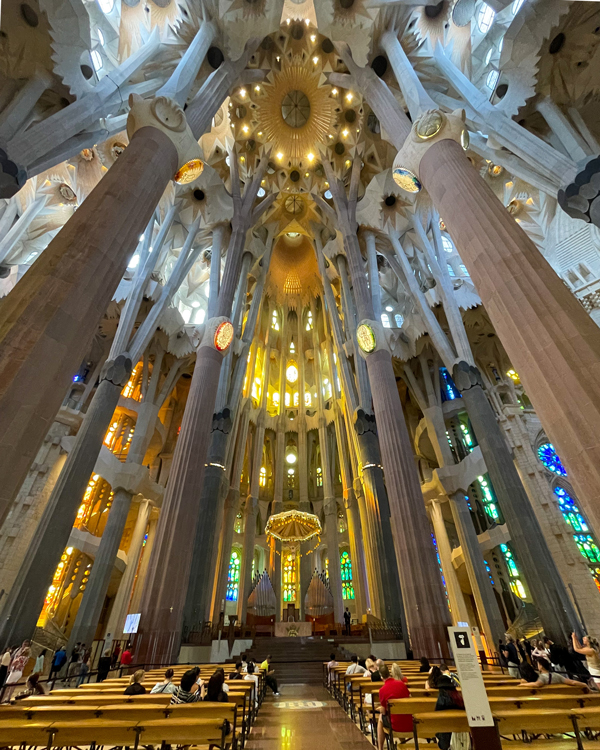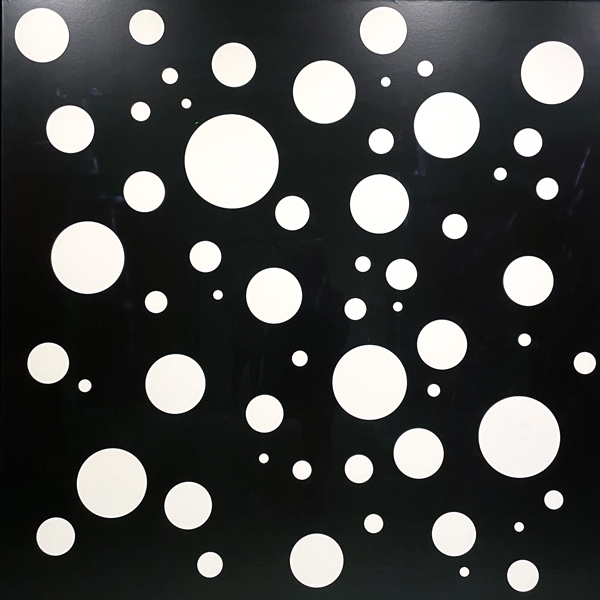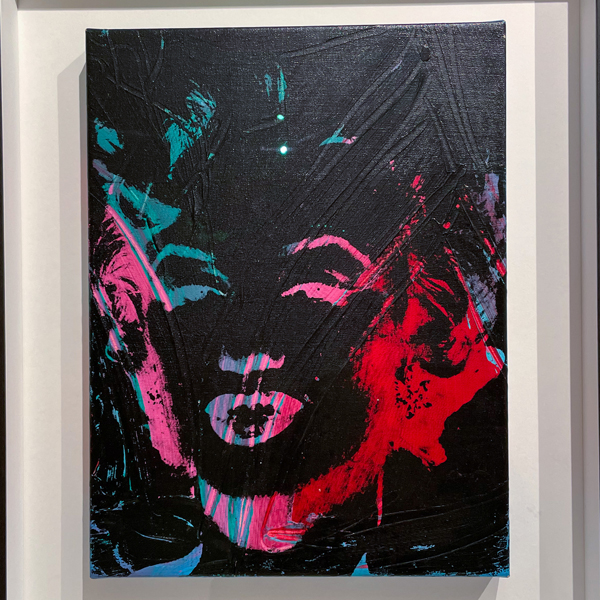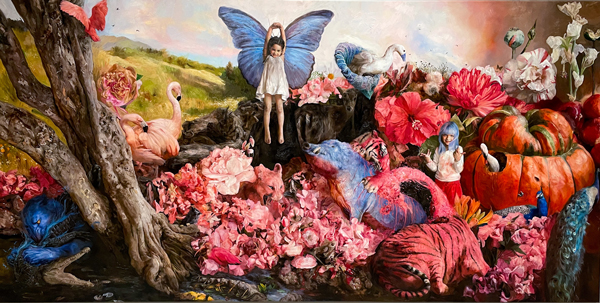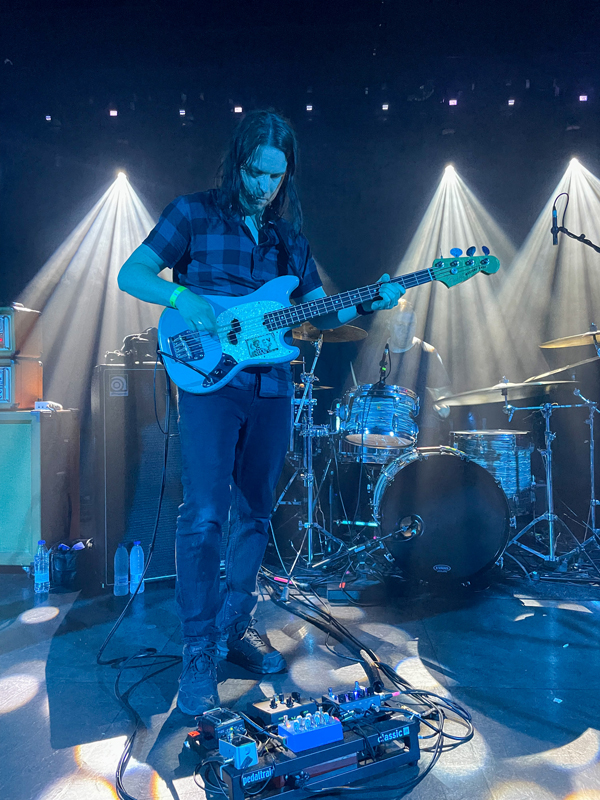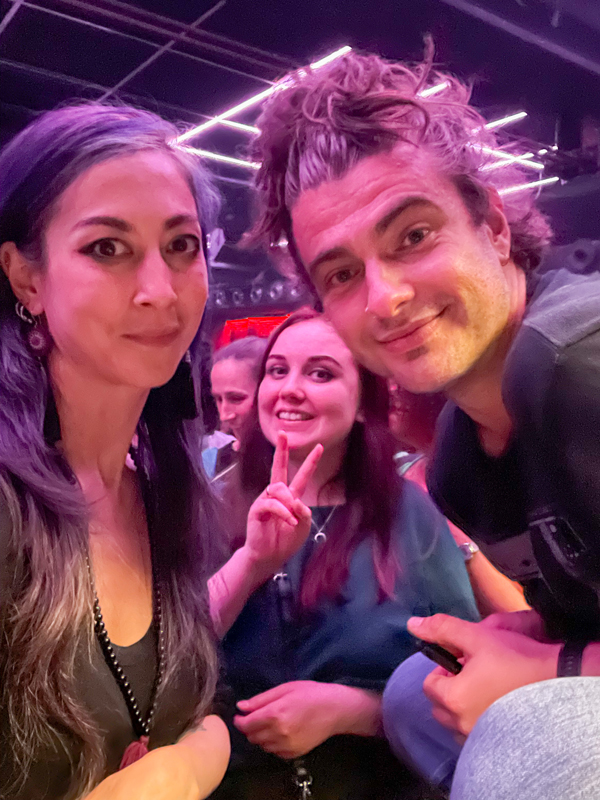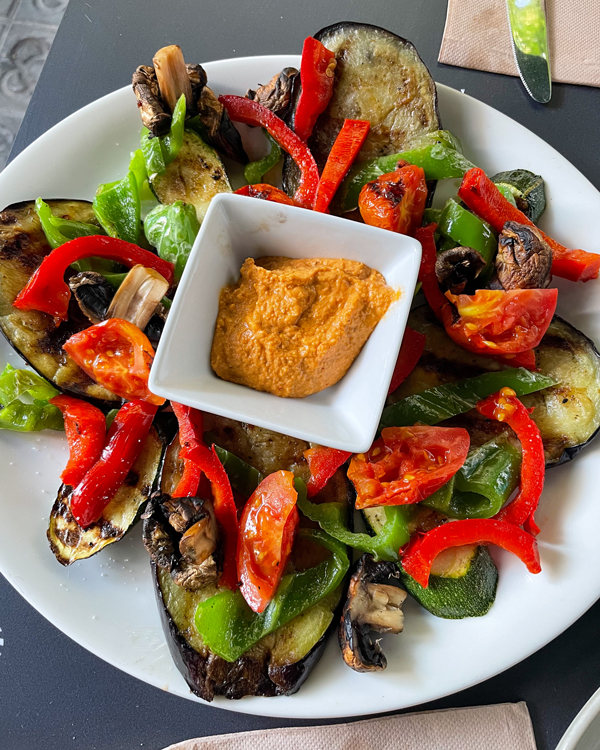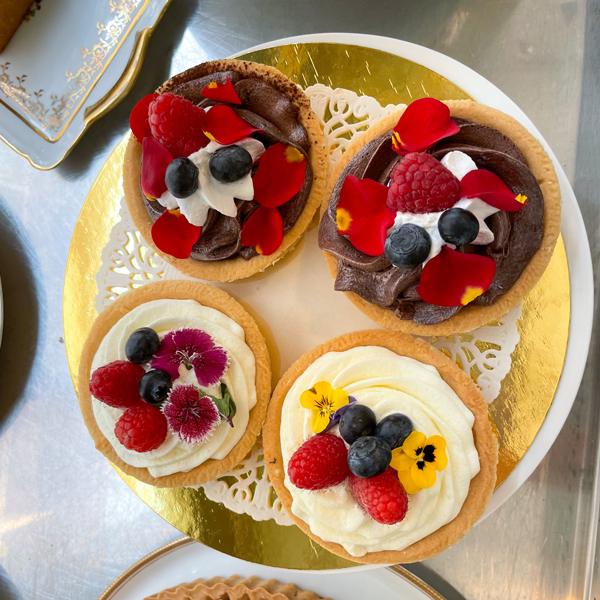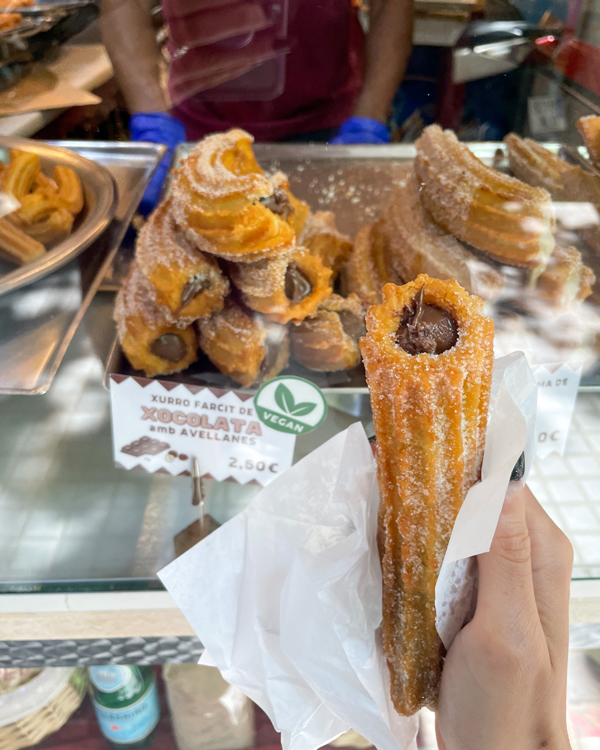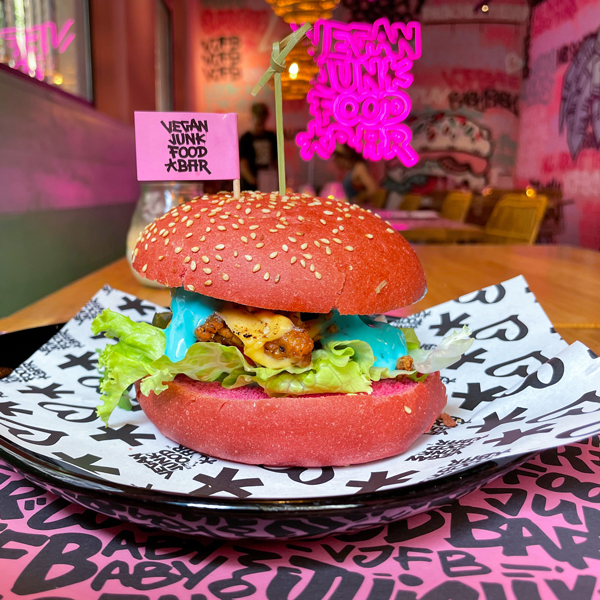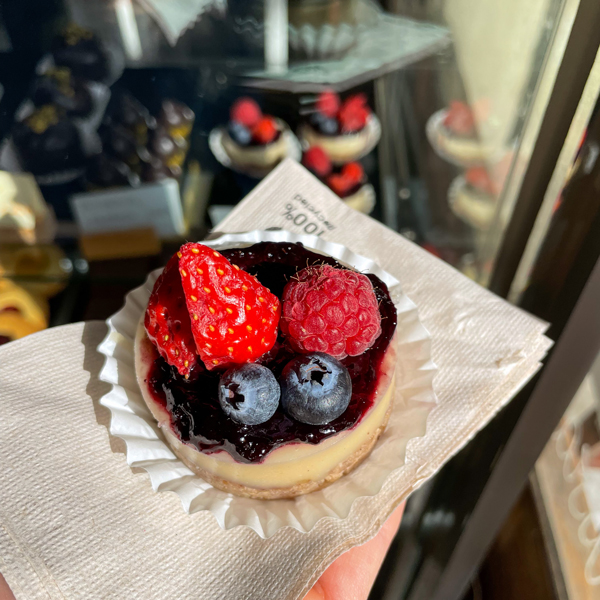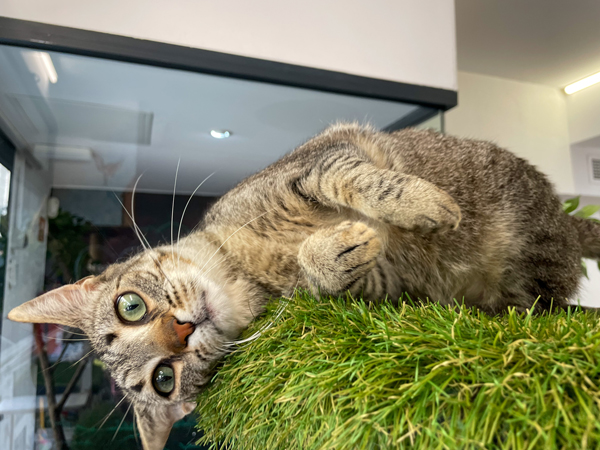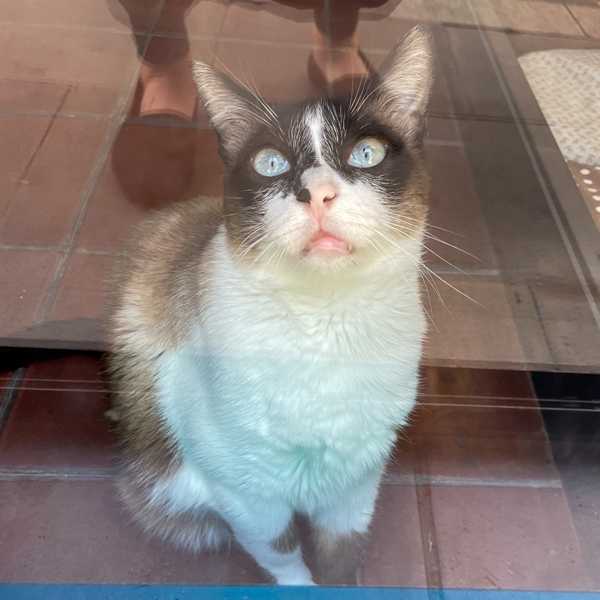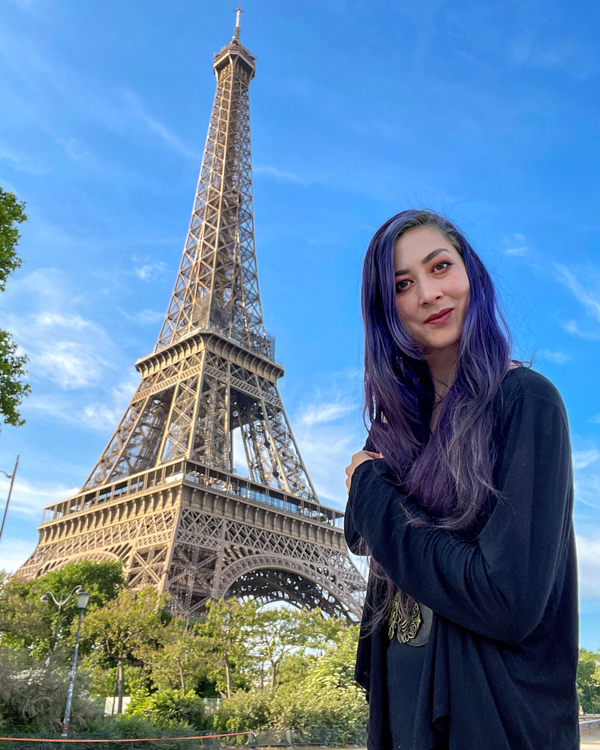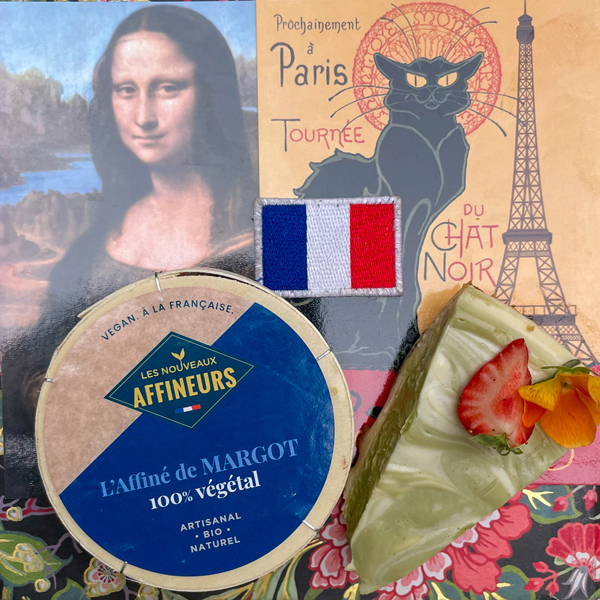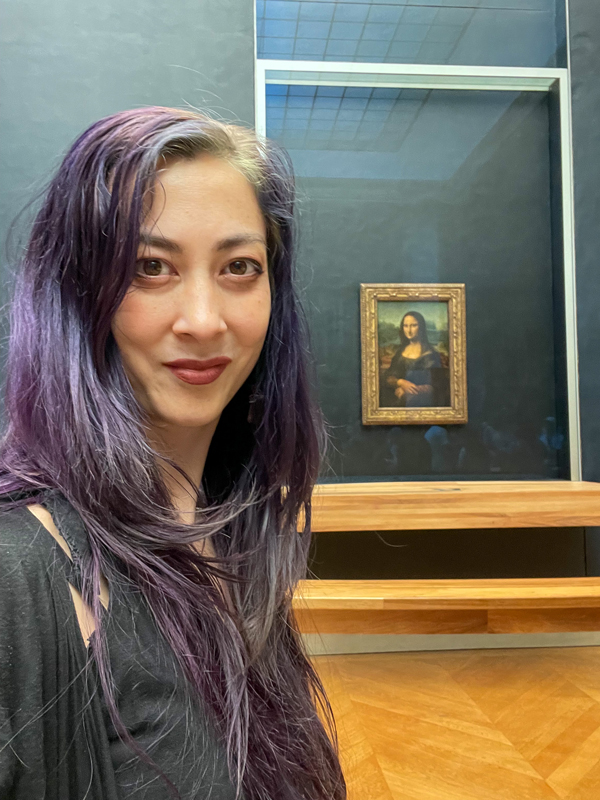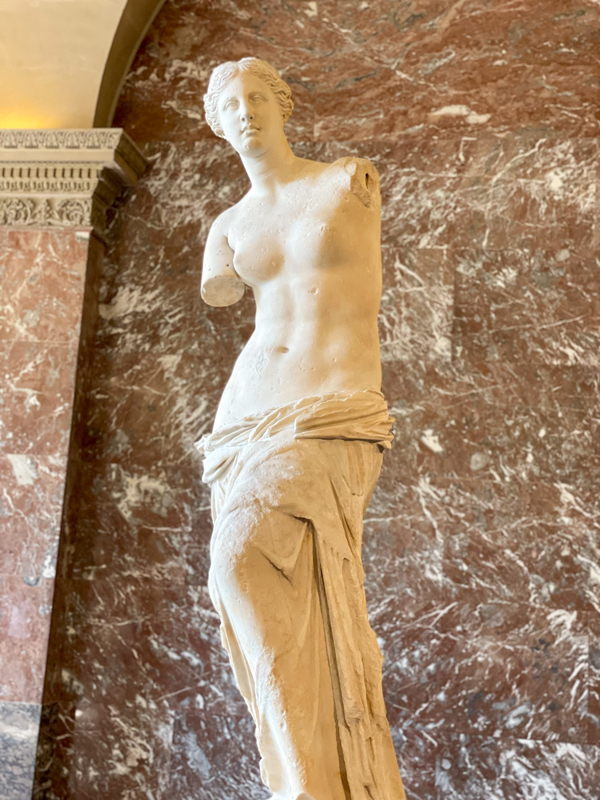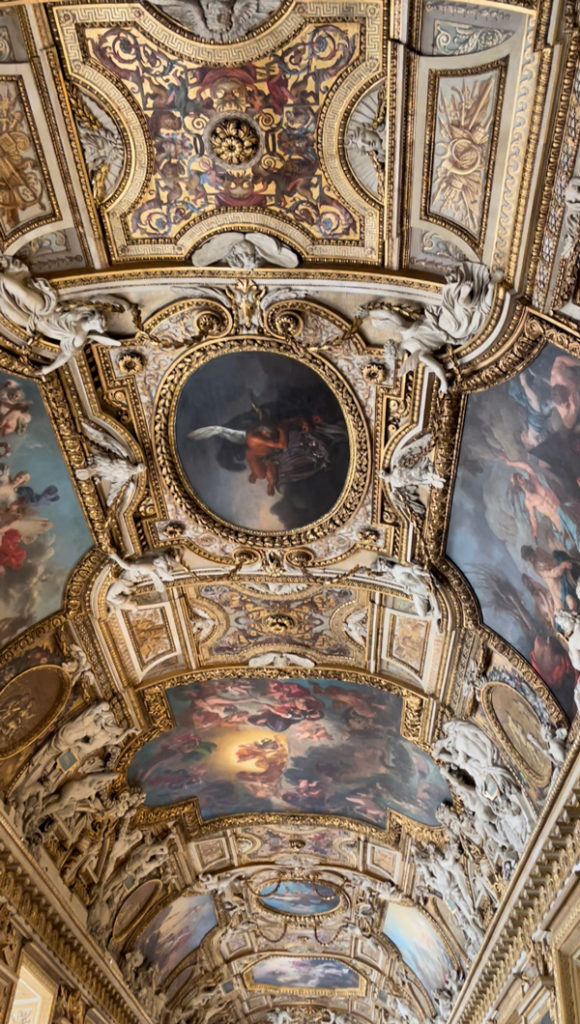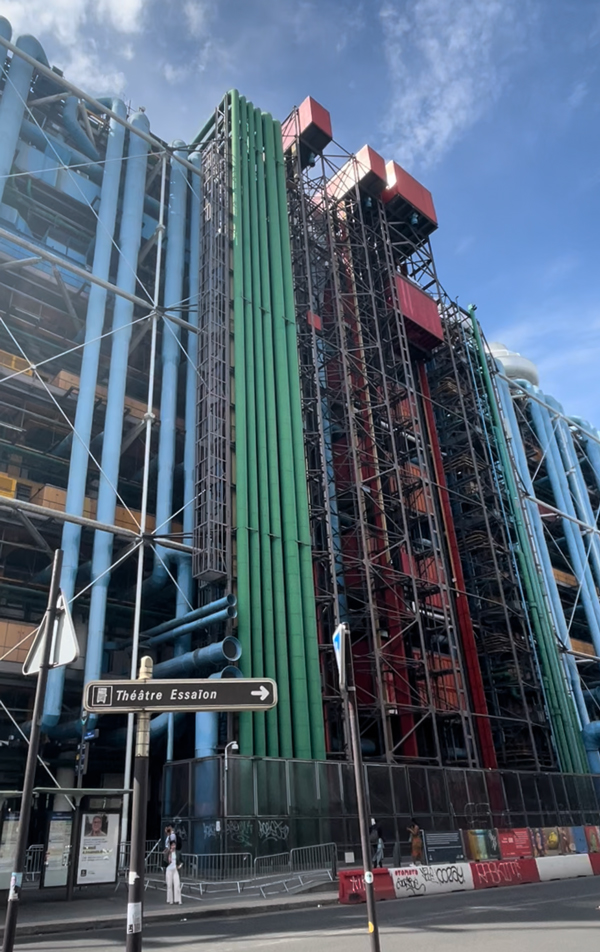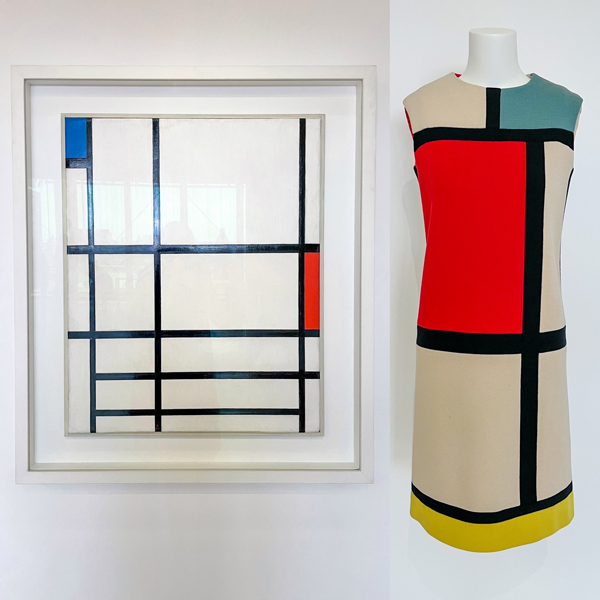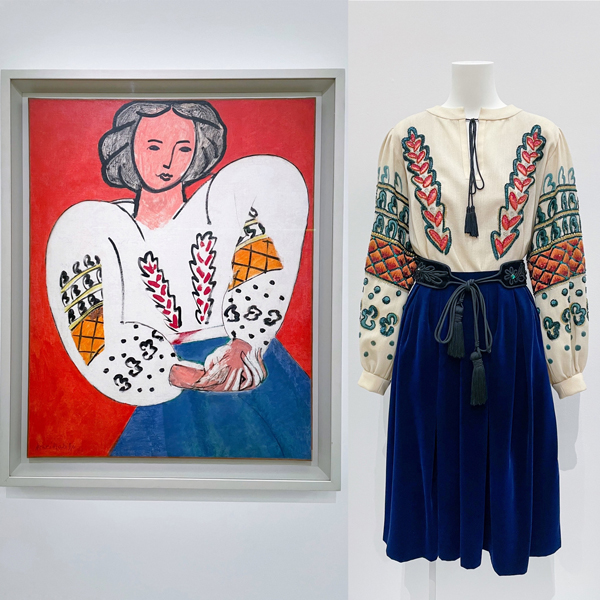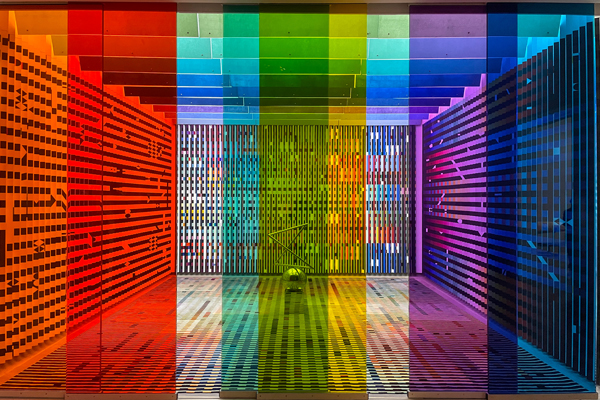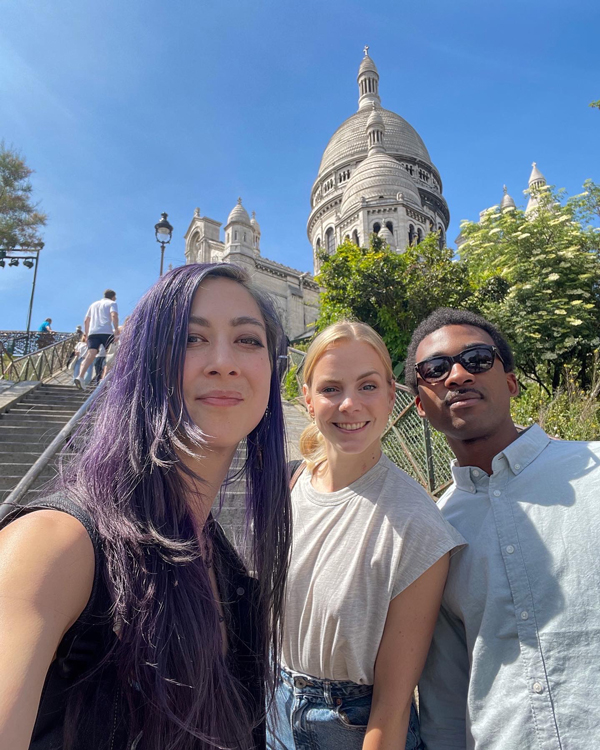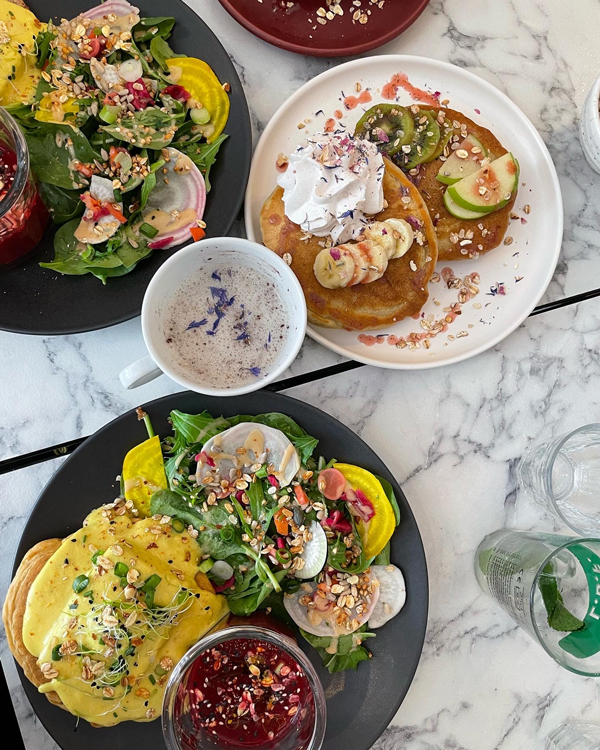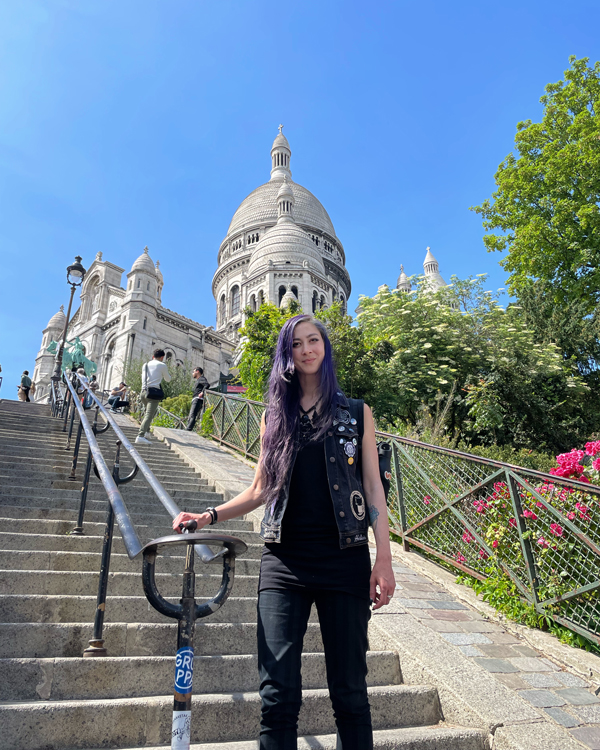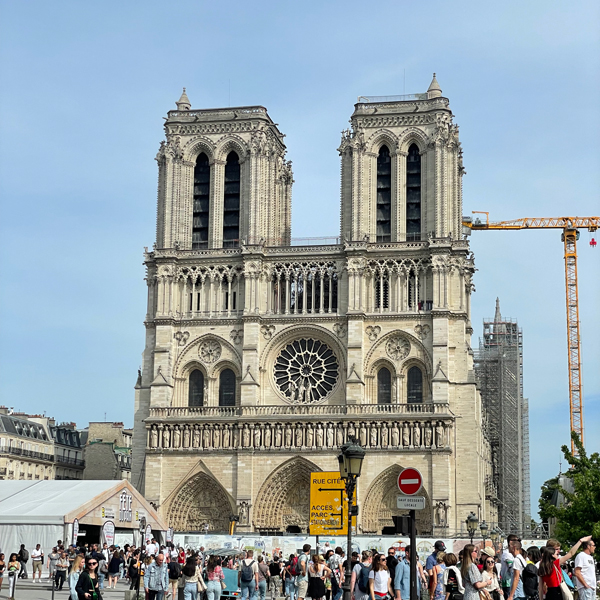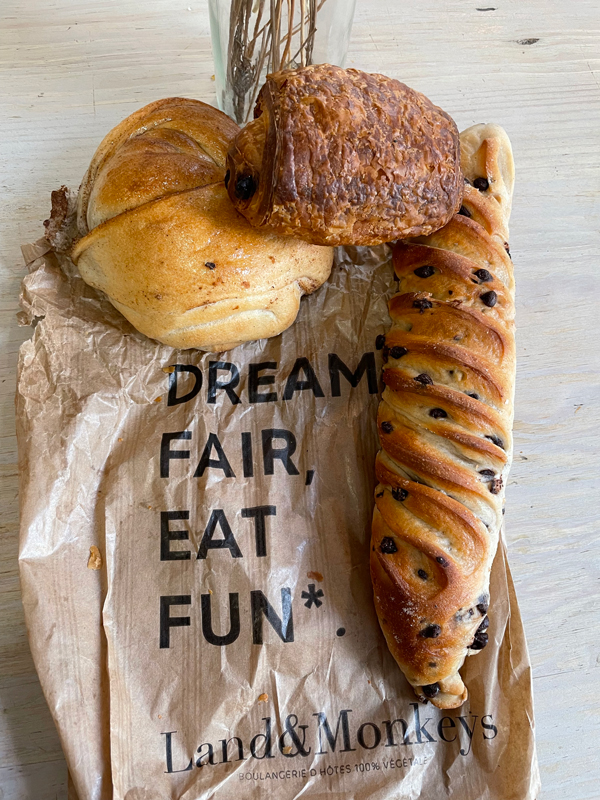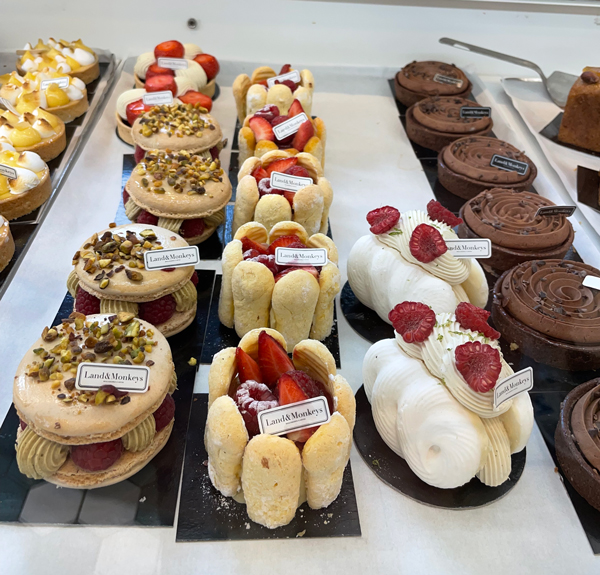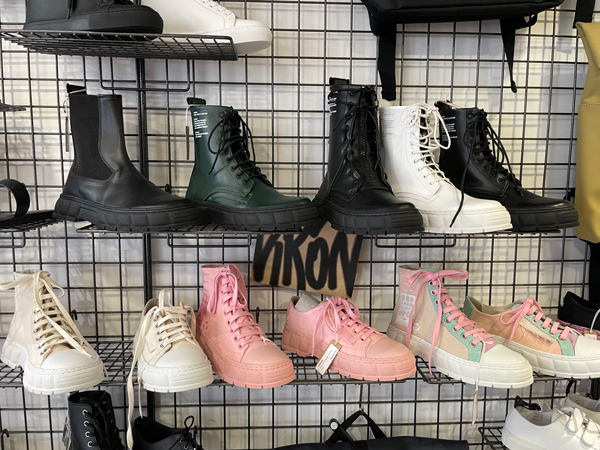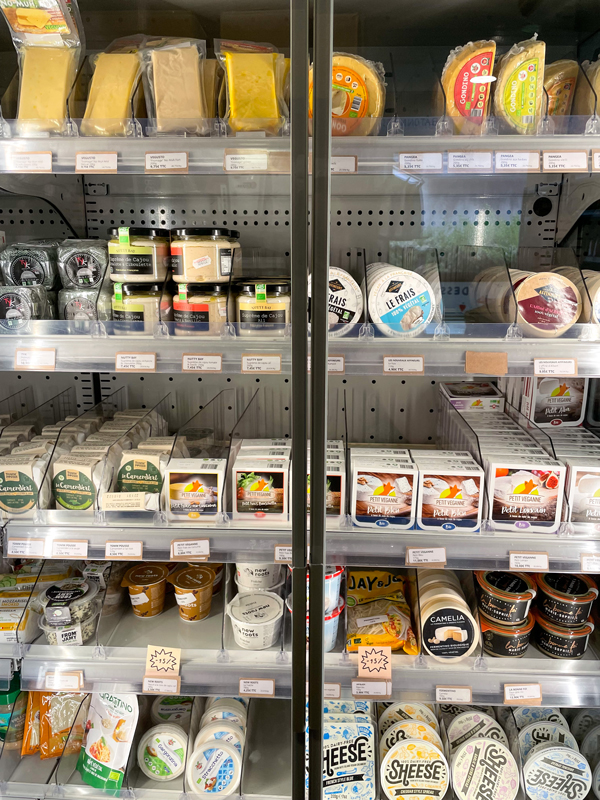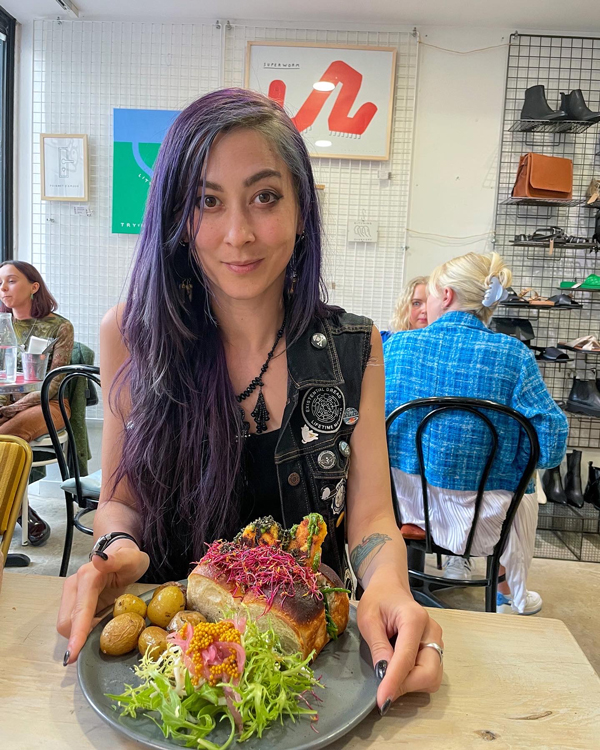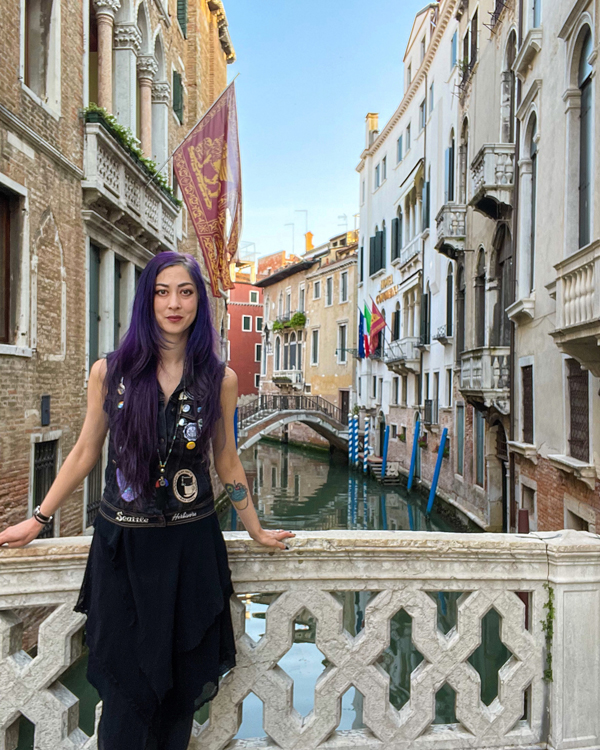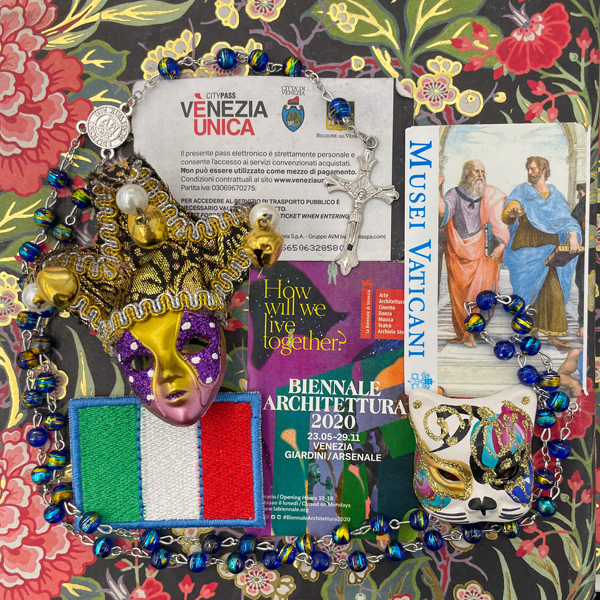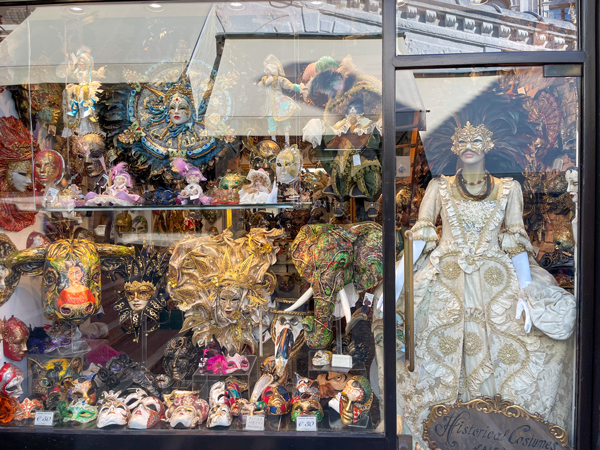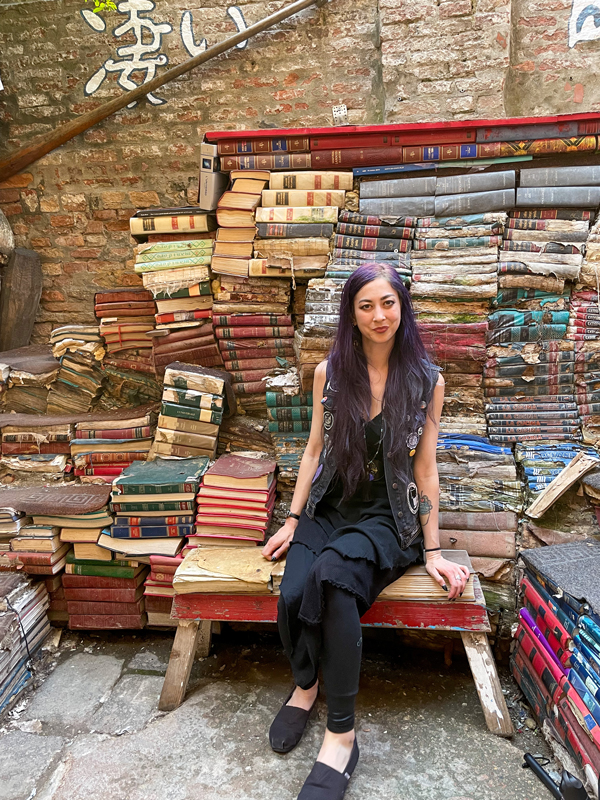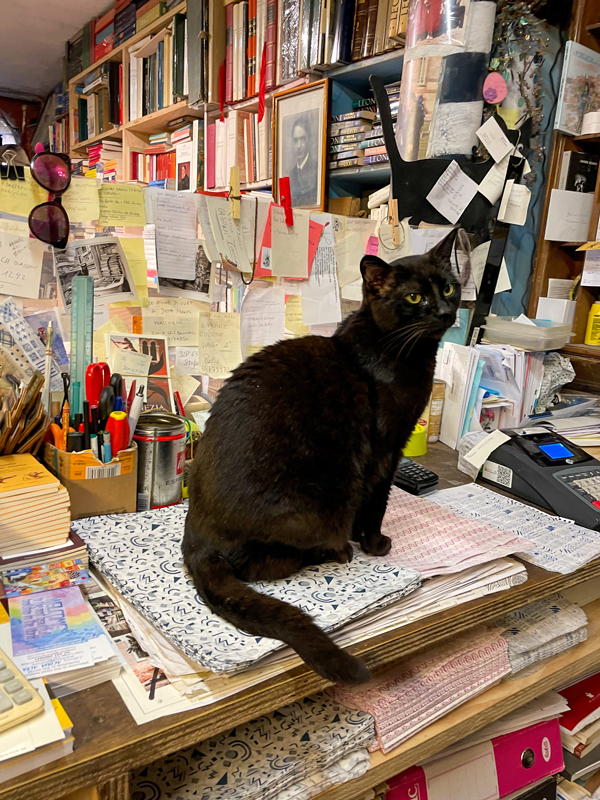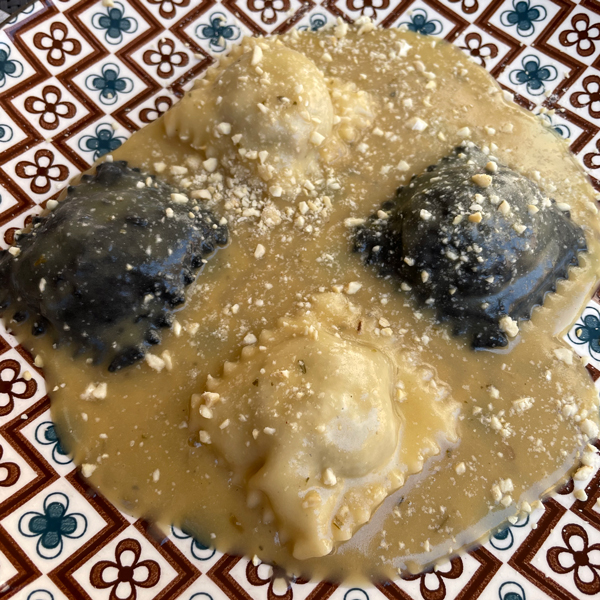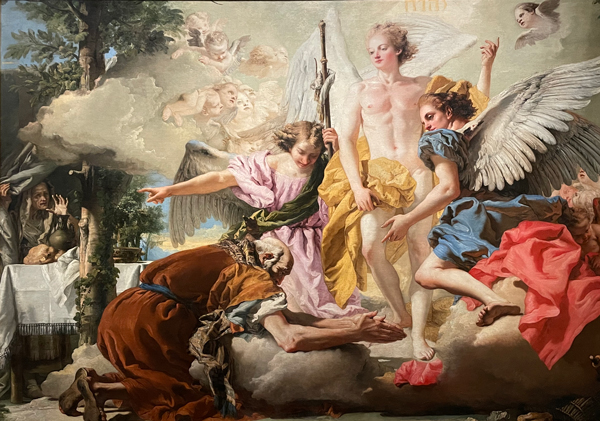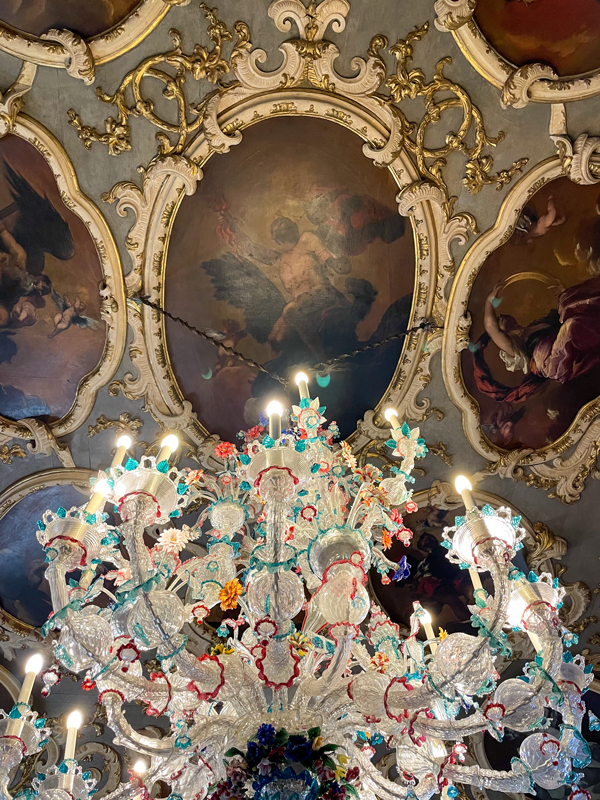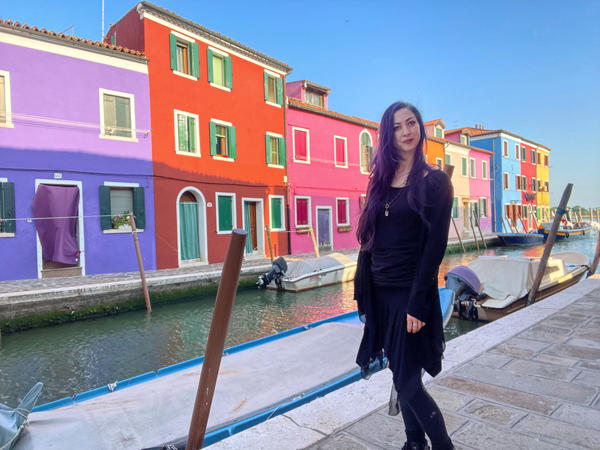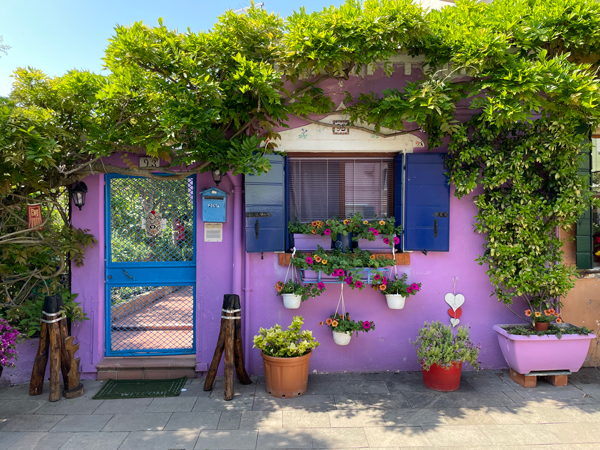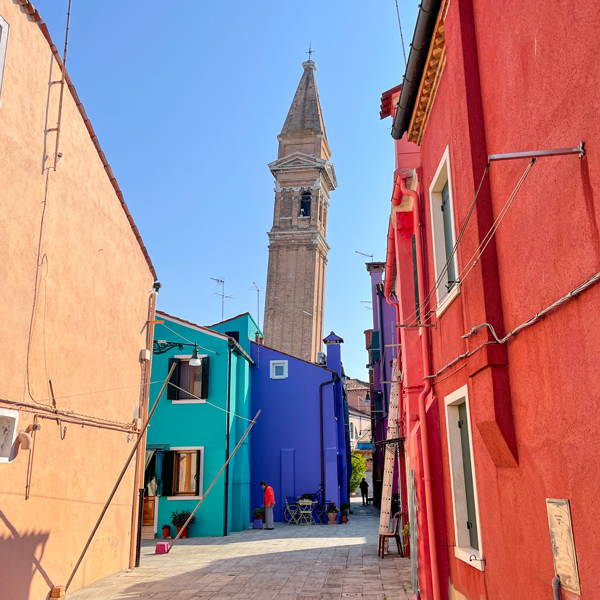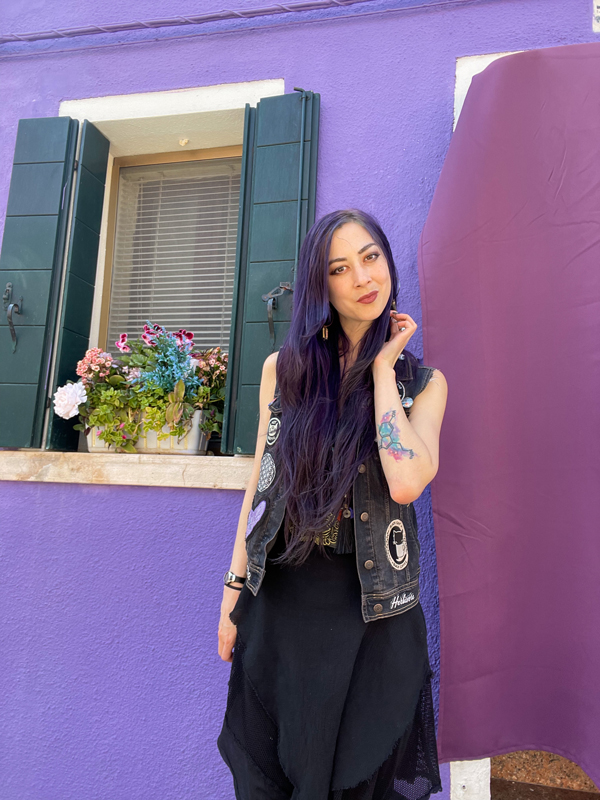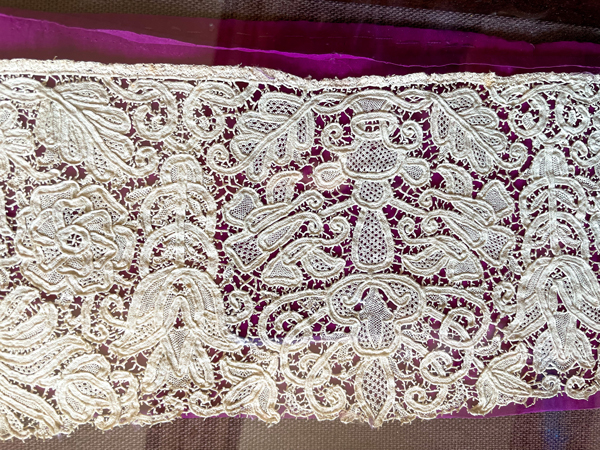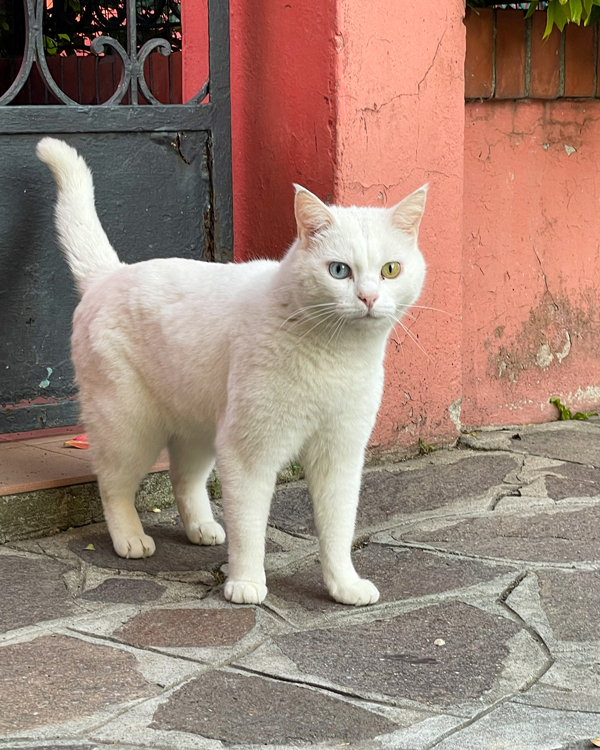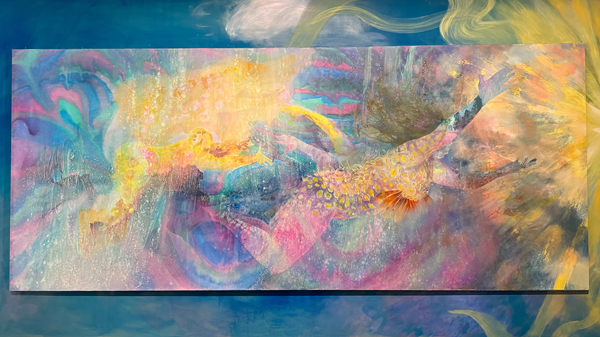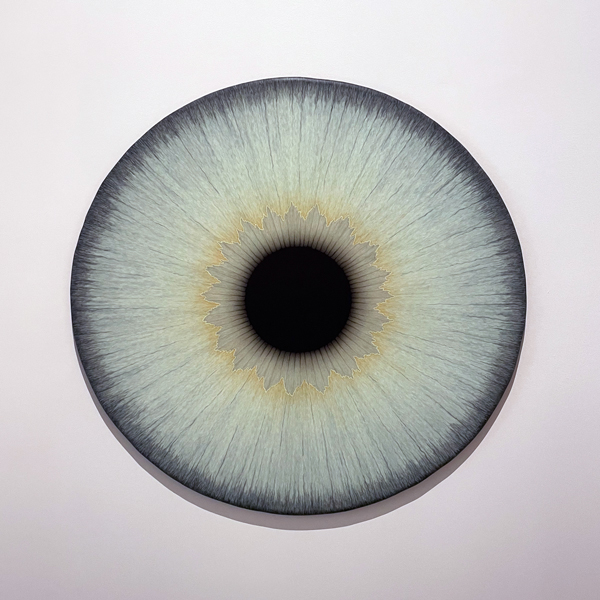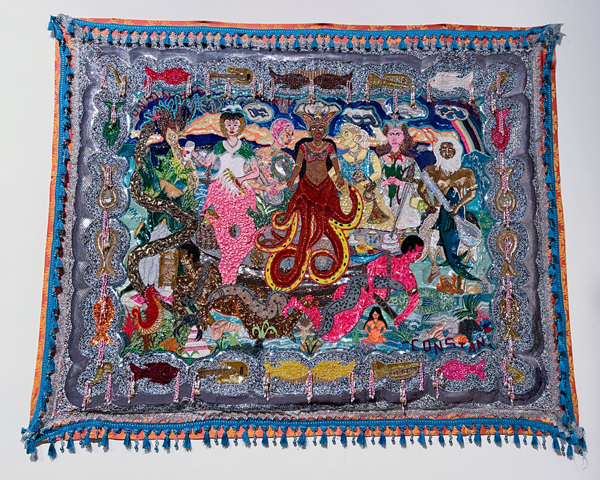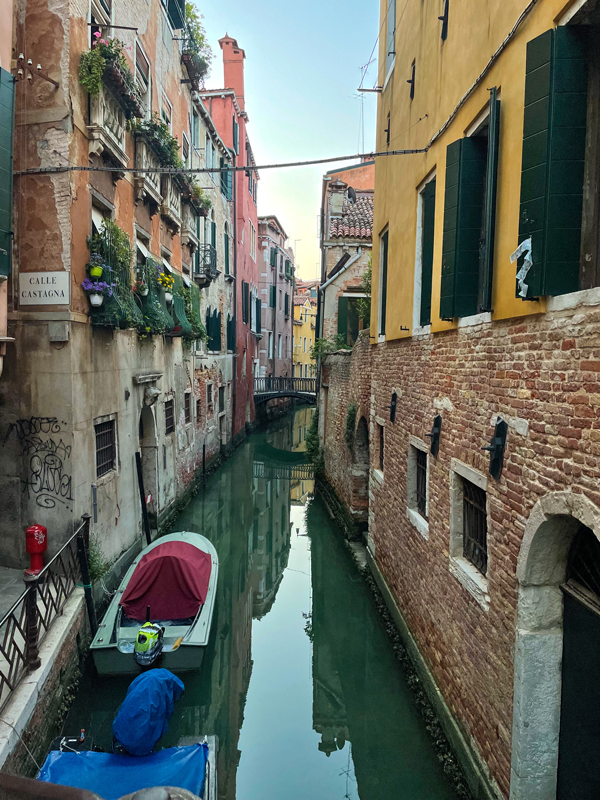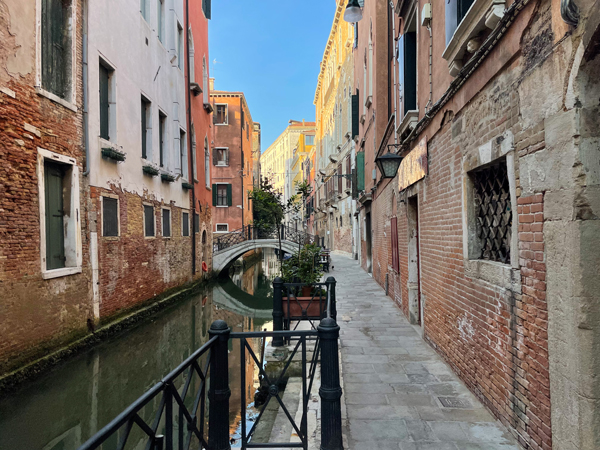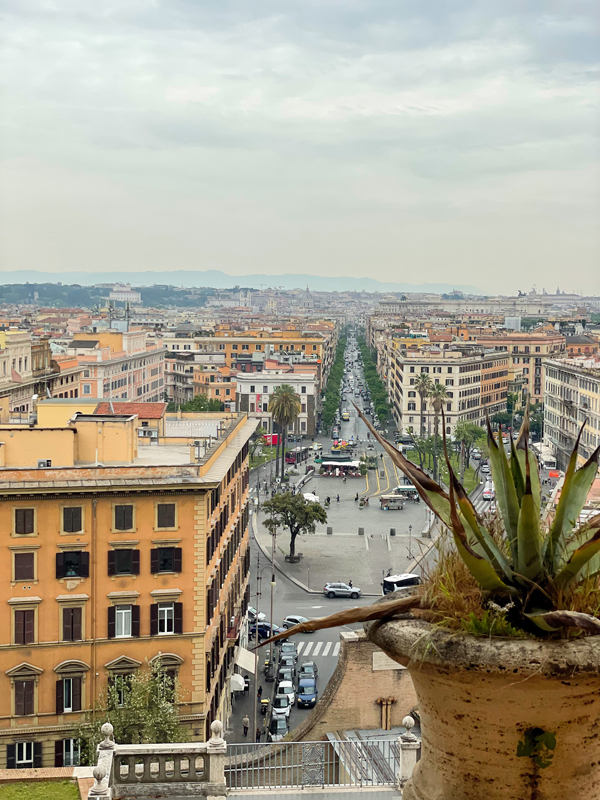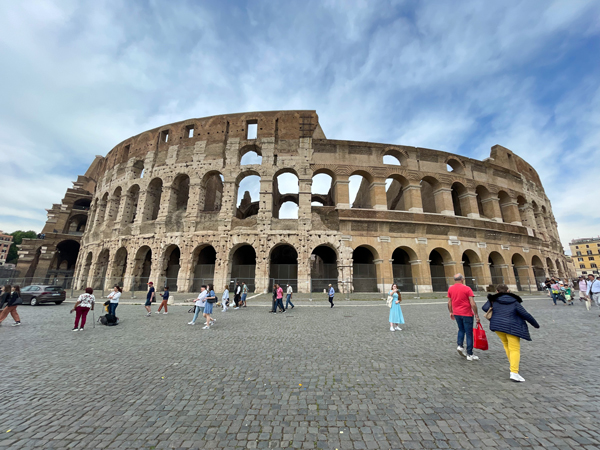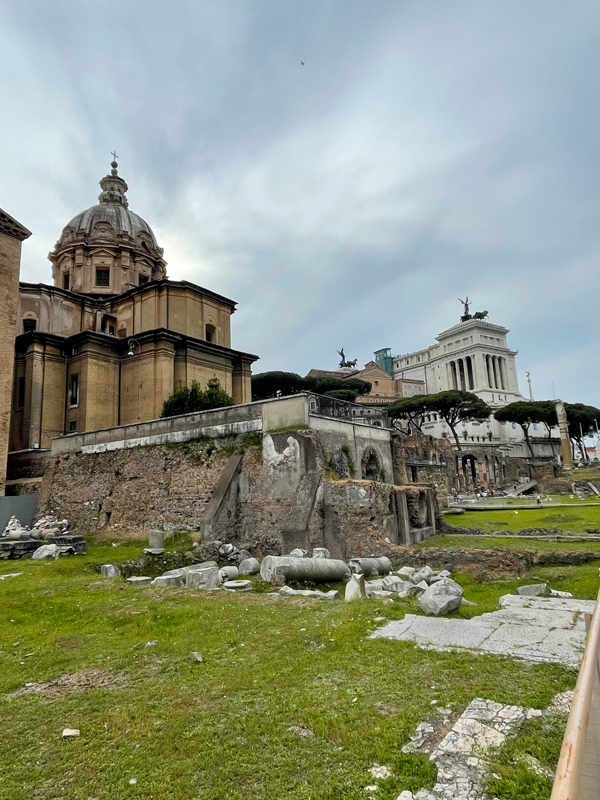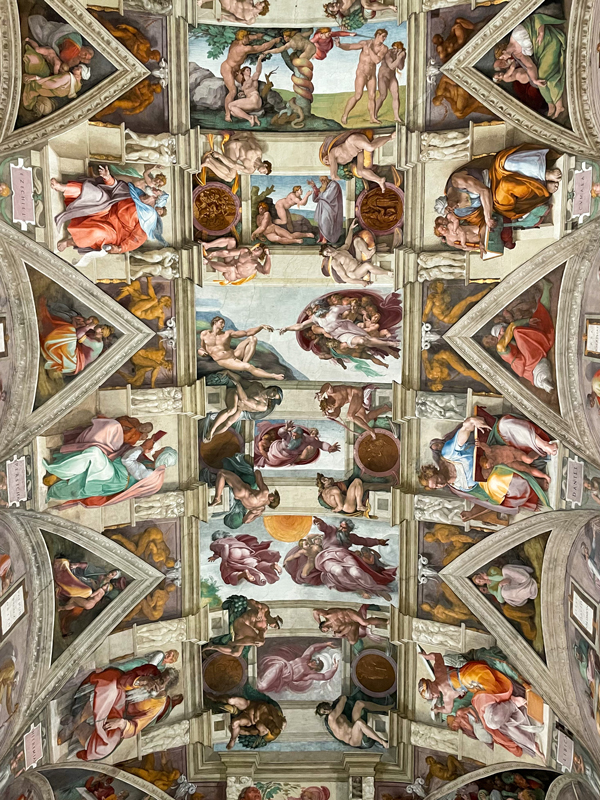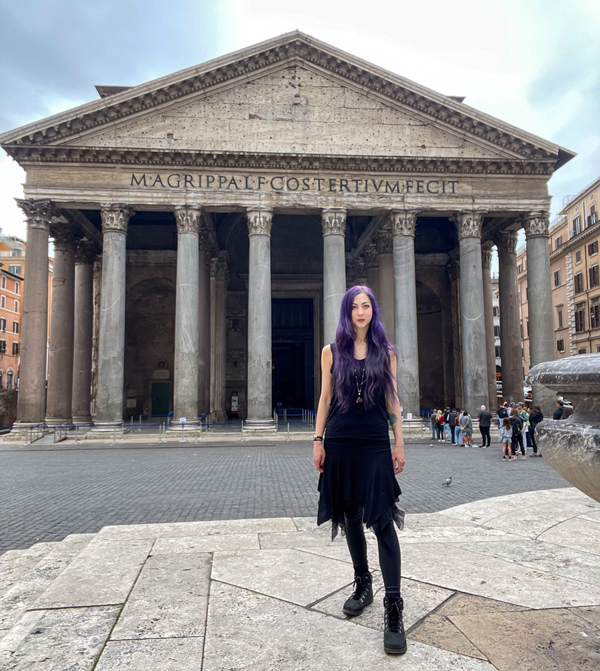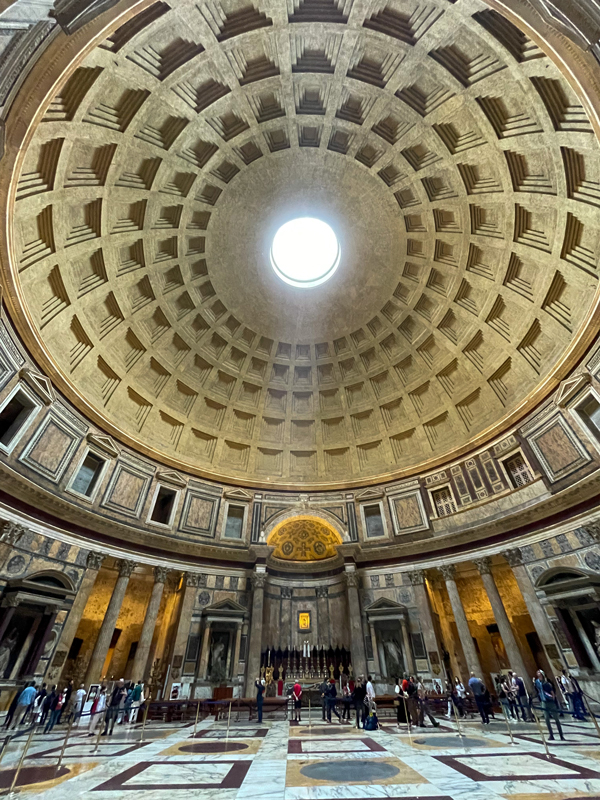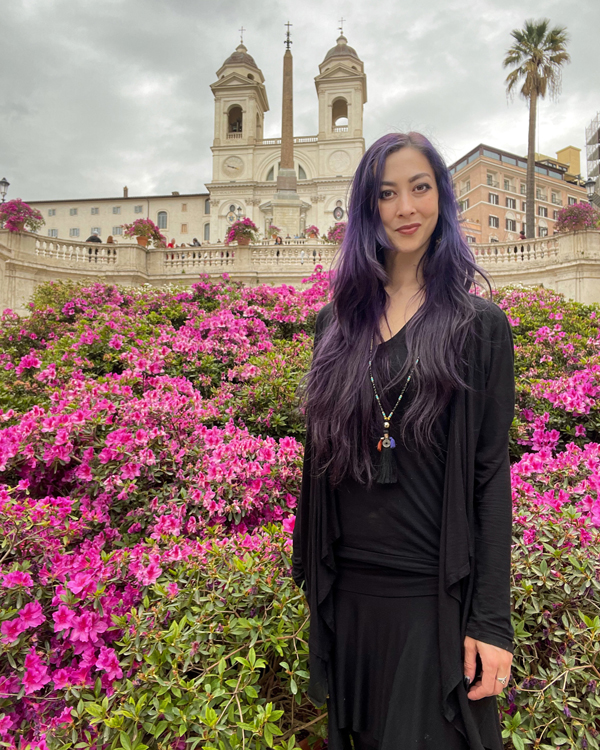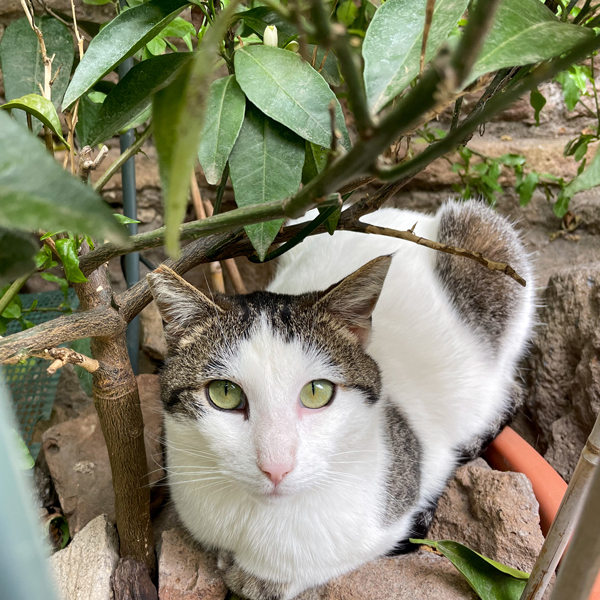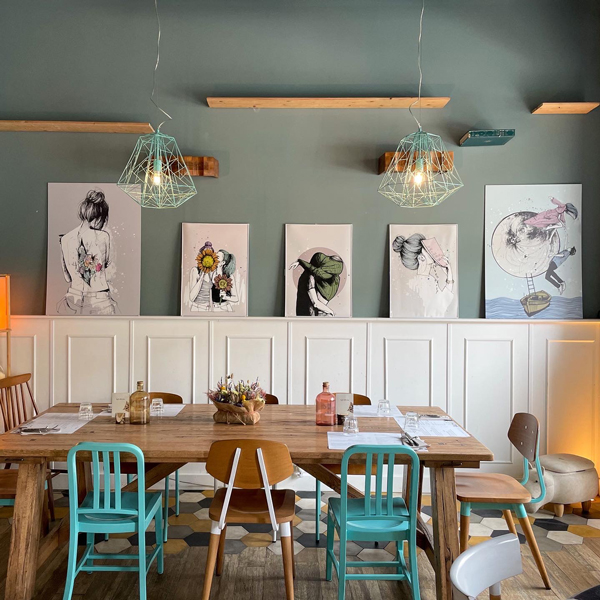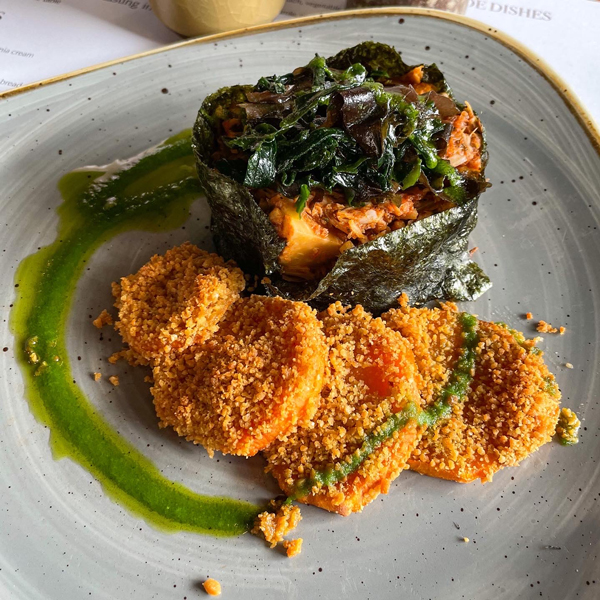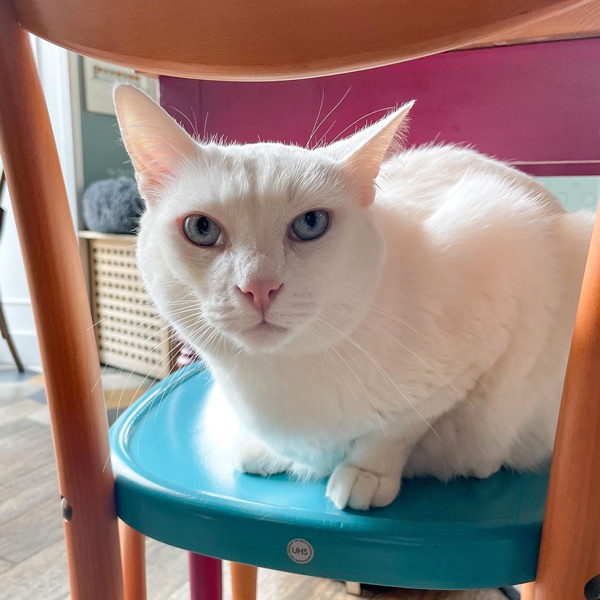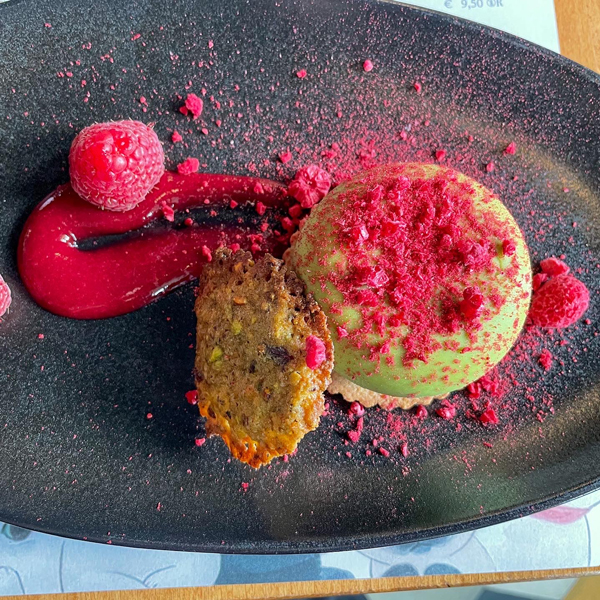Burning Man 2023: Animalia
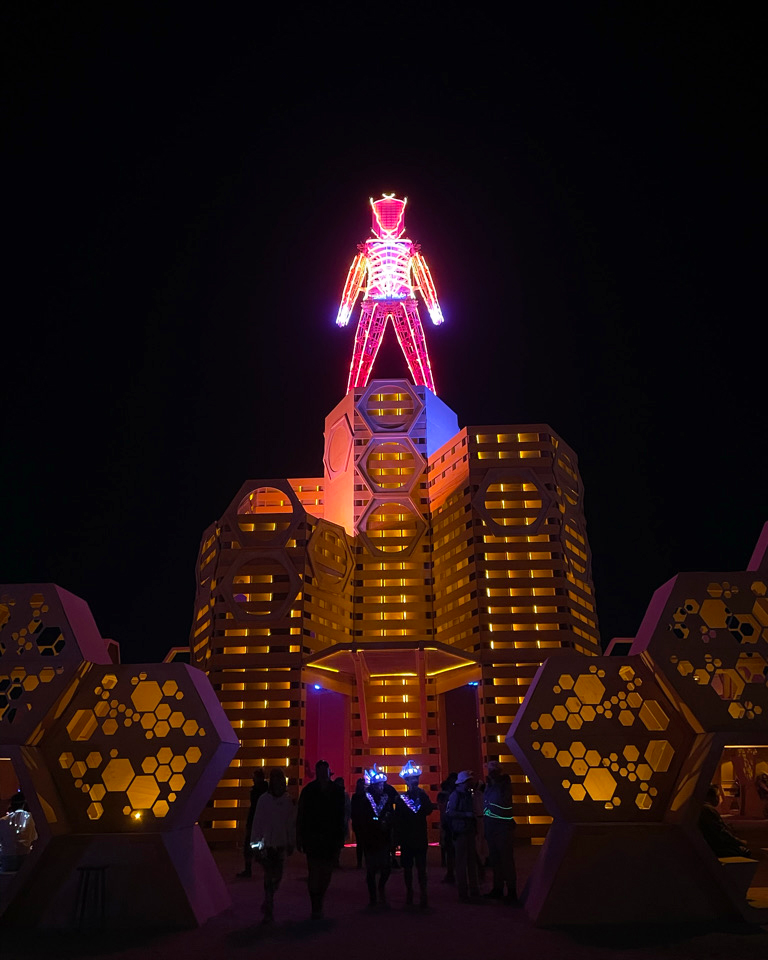
If you haven’t heard of Burning Man, it’s an eccentric art gathering in the Black Rock Desert in Nevada. Every summer, a team of artists, engineers, city planners, and workers build an ephemeral city of about 75,000 people that lasts over a week before it’s taken down again without a trace. It’s a celebration of freaks, weirdos, and creatives that provides a sense of belonging.

The spirit of Burning Man is held together by the 10 Principles, a set of commonly understood values reflected in the experience. Instead of using money, we offer gifts to each other and expect nothing in return. We radically express our creativity, unique gifts that come from the individual to make a collective whole. We actively break down barriers within ourselves to make this collective whole through immediacy and participation in this wonderful, weird society.
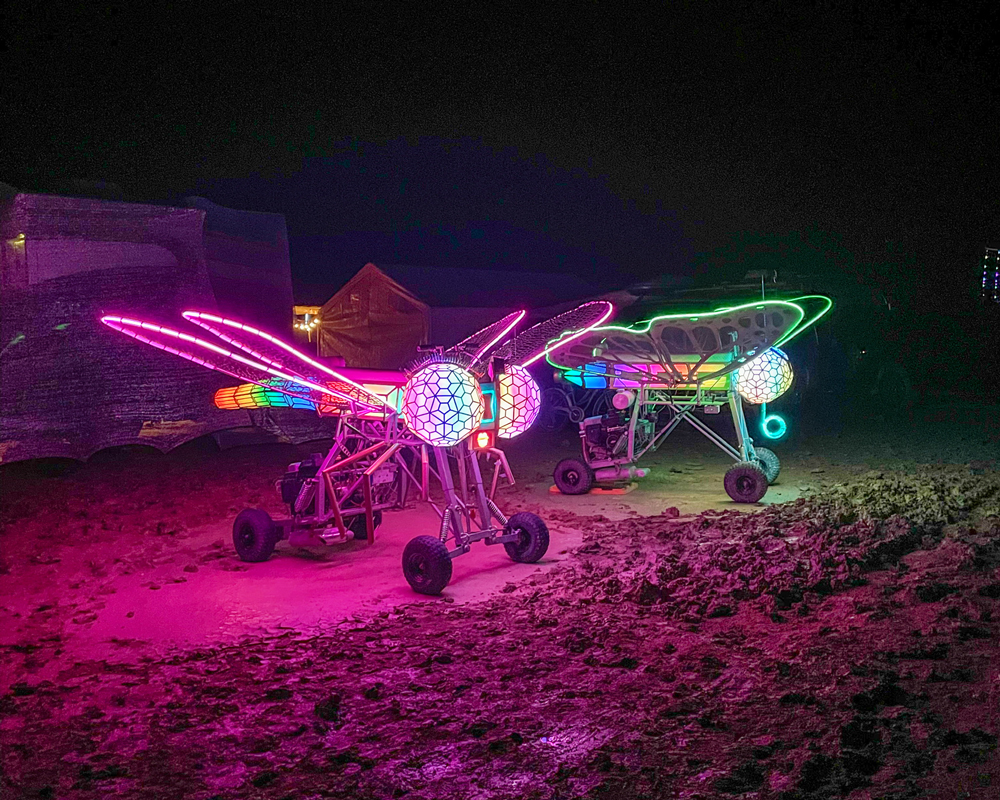
It has been eight years since I’ve been to the main Burning Man event. The last regional Burn I’ve attended was AfrikaBurn in 2017. It’s been so long, and returning to the dusty desert, known as the playa, was in order.
Animalia was the perfect opportunity to go, because this might be my last main Burning Man event for a while.
The Ephemeral Black Rock City
Burning Man sits on an alkaline lake bed in the Black Rock Desert. The city part of it is literally built like a grid-oriented city in the shape of a clock: from 2:00 to 10:00. You’ll find typical city amenities, such as:
- A city center
- A passport office (where you get a stamp from participating camps)
- The Black Rock City public library
- A working post office that delivers letters and postcards out to the default world!
The Man is the wooden effigy standing in the middle of the playa, where the hands of a clock would meet. This is how you can orient yourself when exploring the city or even the deep playa. The Temple rests in the 12 o’clock sector northeast from the Man. Anything beyond the Temple is considered the deep playa.
Year of the Rabbit for Animalia
It’s the Year of the Rabbit for the Lunar New Year, which is my year!
Sometimes people go by a Burner name, a persona away from the default world. I never had a Burner name before, but this year the name “Tokki” felt just right. Tokki means “rabbit” in Korean. My mother used to call me that, since I’m vegan and eat “rabbit food.” Since I also fall under the Year of the Rabbit, it was appropriate.
Global Camp at Burning Man
At Burning Man, usually I stay with a theme camp. You can camp by yourself or a small group of friends; I’ve done that before. A theme camp offers so much more. In addition to amenities like a communal dinner and a full kitchen, you can make many friends from all over the world from your very own camp. You do need to help with camp duties, such as building the camp or cleaning it as the week goes on. It’s a collective effort here.
Global Camp, run by my dear friend Shawn (Salami), is an international-themed camp for Burners all around the world. The camp itself was like a hostel where Burners came from all over: Argentina, China, Ukraine, Morocco, Uruguay, and more. As a half-Korean who loves to travel, I felt right at home.
Highlights of Burning Man 2023: Animalia

I had three goals for Burning Man 2023:
- Quilting an epic space-goth dream coat and wearing it there;
- Letting go of a beloved painting that was considered a masterpiece at the time I created it, and;
- Running a 50k ultra marathon in the desert, which is 31 miles. Just for fun. Because I’m a little crazy sometimes.
The Temple
Set at the 12:00 sector of the playa, The Temple is a place where people leave behind mementos of loved ones who have passed, or even of chapters of their lives that have closed. You’ll see photos of the dearly departed, marriage licenses, elaborate memorials, and many keepsakes in their final resting place.
I left behind two things. One was photos of our beloved cat, Käse, who passed away just a week and a half before I left for the Burn. I left some of her fur that I brushed from her, and wrote how she has brightened our lives. Käse really was a special kitty–literally the best cat. She always made you feel like the most important person in the room. She and my partner have changed my life in ways I’ve never imagined. Thanks for showing us unconditional love, Käse. We’ll always remember your sandpaper kisses, reassuring head-butts, calming purrs, and warm cuddles.
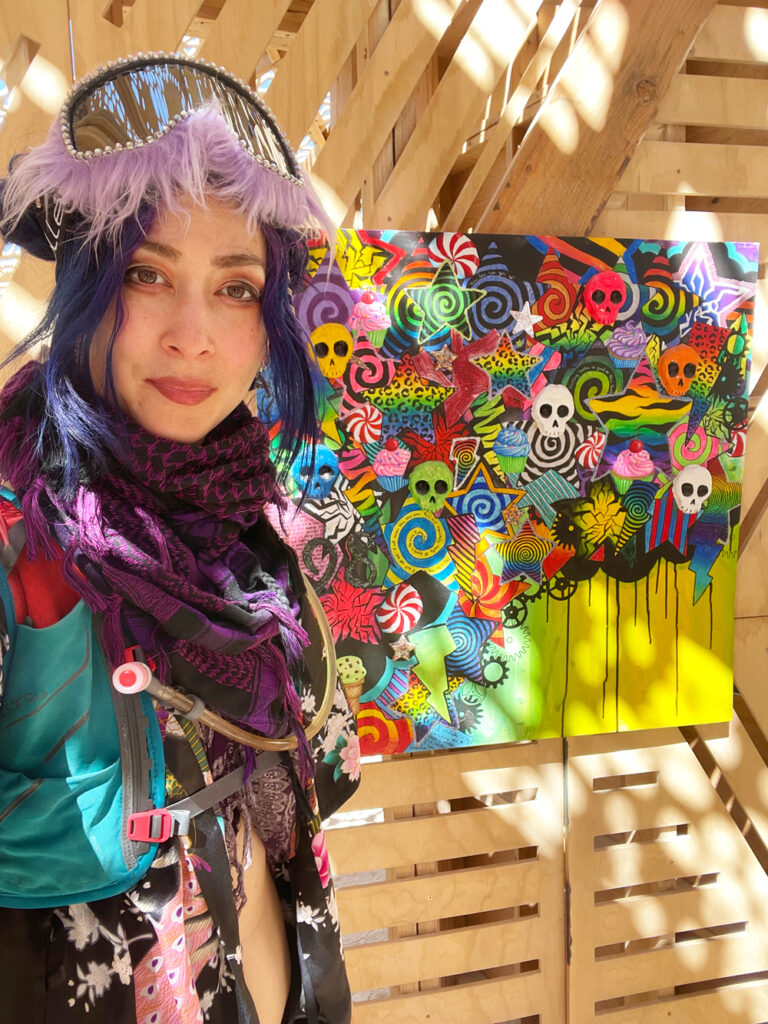
The other thing I left was my painting titled, “Consumed: Anorexia and the Endless Neurotic Storm.”
The summer before I moved to Seattle at age 23, I painted what was then considered the masterpiece of my art career. At the time, my mental state was deeply fractured, and my future seemed bleak–if there even was a future at all. I captured all of my pain and anxiety, and created a fluorescent storm of dizzy stars, poison cupcakes, colorful ceramic skulls, rainbow lightning bolts from black storm clouds, and steampunk gears. How my manic-depressive mind operated at the time.
Over the years, I have tried to sell “Consumed.” But upon hearing the backstory, buyers would decline. It carried too much pain for one painting. It was a message that maybe this work of art no longer has a place in this world.
Now it was time to let it go.
I left “Consumed” at the Temple to burn at the end of the event, with everything else that others have left behind–the ceremonial cleansing of our collective grief. In a way, it feels cathartic. I’m glad I got to say goodbye to this painting that I’ve held onto for so long. Twenty-three-year-old me would have never envisioned a future where the pain is no longer central in my life.
The Tea Hive

The Tea Hive was a small, Moroccan-inspired tea lounge that offered mint tea and art supplies to create whatever you want, as world trance music played. It was a serendipitous find. The host, Dot, was so gracious. The teepee-style tent was decorated with oriental rugs, lanterns, warm lights, and fake tropical plants, as we sat on cushions around short-legged wooden tables. The relaxed vibe allowed me to tap into my creativity a little as I drew in my sketchbook. Striking up conversations with tea and art was what I needed at the moment. It was pure magic.
Teahive was one of my favorites! The larger theme camps are attention-grabbing for sure, luring you in with neon signs and rainbow LED lights. While they’re fun, it’s also worth checking out the smaller camps that are right under your nose. You’ll never know what you’ll find, whether it’s a new friend or artistic inspiration that you crave.
The Black Rock Philharmonics Orchestra
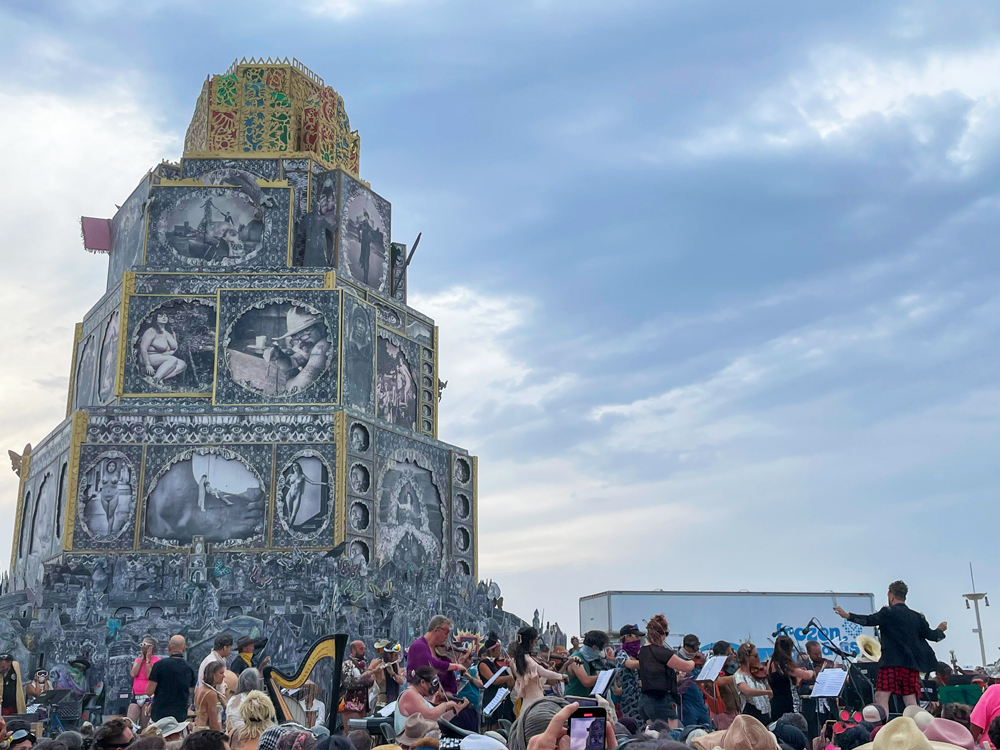
At the Tower of Babel, a full orchestra called the Black Rock Philharmonics played popular classical pieces. Playing next to the dark, dream-like tower completed the setting, as we gathered around to watch. Pretty much the whole city came to see them, as this was a special treat that is different from the usual bass-thumping techno that blasts in the air. Engaging and dynamic, this ensemble played pieces from the classical Tchaikovsky’s 1812 Overture to the modern Queen’s Bohemian Rhapsody. It was impressive watching the whole orchestra play as the dust storm picked up.
The Burning Man 50K Ultramarathon
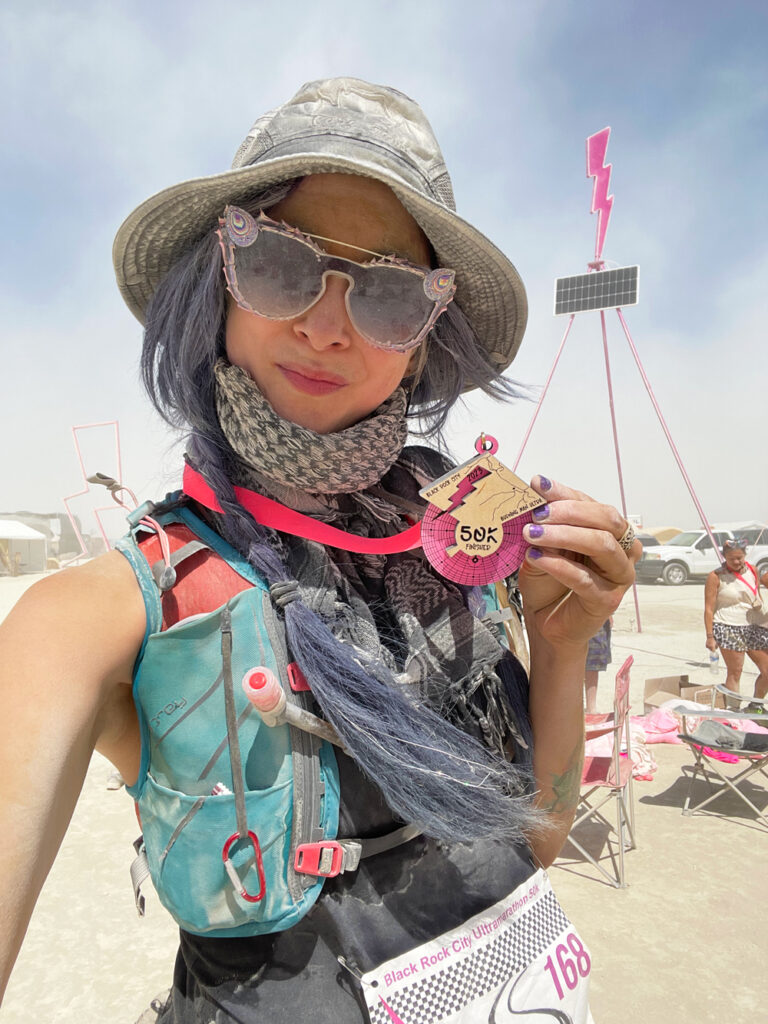
Years ago in my twenties, I had heard of this marathon. I thought that these runners have got to be some of the craziest people to walk the face of the earth. Never in my wildest dreams had I imagined that I would be toeing the starting line with them one day.
Spoiler alert: I finished running every single one of those 50 kilometers. I will write an entire blog post about this unforgettable experience, because it deserves its own post.
The Art at Burning Man 2023
Burning Man is like a live creative museum where you can fully interact with the art. In an actual museum, you cannot touch anything. But here in Black Rock City, you are actively encouraged to touch and play with the art. You can climb on it and see sweeping views of the whole city and beyond.
Every year, it’s amazing how people come up with these art installations at Burning Man. From a flaming aluminum octopus to an LED-lit willow tree, a lot of these works of art are a feat of engineering as well. One of my favorite things to do at Burning Man is cruise around the playa on my bike and visit these works.
Work by Olivia Steele

I’ve been following Olivia Steele’s internationally renowned work for a while. She’s an artist best known for her life messages in neon signs. I’ve seen her work in South Africa and London. Every time I see her art, it’s like a mirror is reflecting parts of my shadow self back at me, the parts I need to keep working through to live up to my full potential. Her messages are real and raw, and even kind of confrontational, intriguing the viewer look within themselves in the moment.
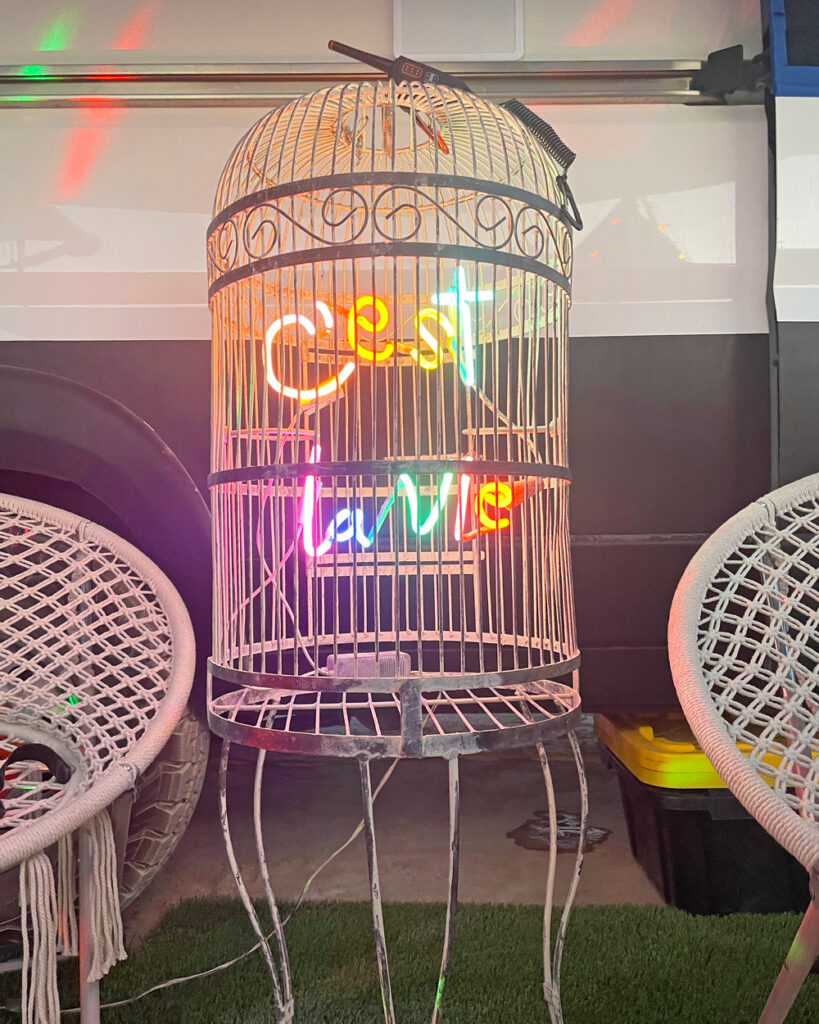
Elder Mother
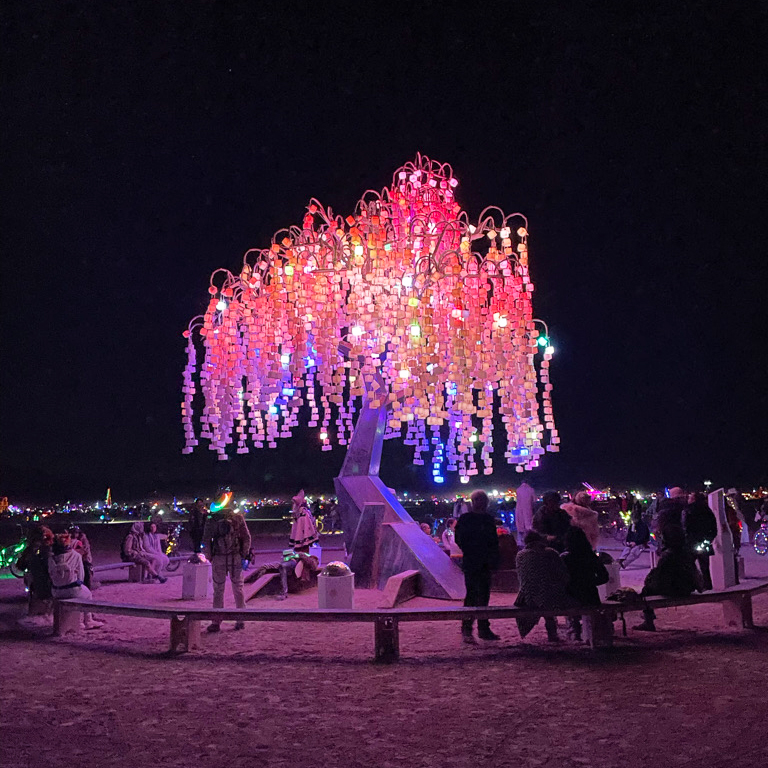
The Elder Mother was probably my favorite installation. Swaying on the open playa, a willow-like tree hypnotizes you with shifting rainbow cube lights from its many tendrils. Music lures you in, a shared language that brings us together. The piece is inspired by a Hans Christian Anderson fairy tale, where a boy dreams of an elder tree growing out of a teapot full of elderberry tea. On top of the elder tree, an elderly woman sits and talks to him, she whisks him off on an adventure of her own memories and experiences. Sitting under this tree, you’re immersed in light and sound, as if you’re part of the story. I wasn’t brave enough to climb the steel trunk, but I certainly enjoyed lying under the tree, watching the colors change and relaxing into the music.
Mariposa

Mariposa was an enormous aluminum butterfly, powered by people riding a swing below. 38,000 color-changing LED lights cover the butterfly as classic pop music plays through the four speakers disguised as flower pots. It’s just as mesmerizing as The Elder Mother. Random dance parties often gathered around Mariposa as “Bohemian Rhapsody” and many other classics lured visitors in. I didn’t ride the swing, but it was fun watching others power the butterfly’s flapping wings with this kinetic sculpture.
El Pulpo Magnífico

The beloved aluminum El Pulpo Magnifico is an upgrade from its former scrap metal version. It’s a terrifying four-faced octopus that shoots flames from its eight tentacles and the top of its head. The bulging eyes and sharp teeth on all four faces move along with the limbs. Depending on who you ask, it’s what nightmares are made of.

This impressive art car uses 200 gallons of propane every night. I sat under it once, and it got quite hot underneath! The entire sculpture is completely mechanical; there are no computers or hydraulics to make the parts move. Someone in my camp said he talked to one of the creators. Apparently, it took 12 hours a day to build El Pulpo for months. The crew also spends seven hours a day maintaining it as well. It truly is a labor of love.
1000 & 1

There are supposed to be two robots here: a metal robot and a wooden one. This only shows the metal robot wielding an ax, so half of the context is missing here. From other photos, the counterpart wooden robot was holding a metal wrench. They were facing and pointing at each other. At first glance, it was just a robot pointing towards the mountains, like it meant business. I was so sleep-deprived, that I don’t remember seeing the wooden robot, if it was even there. With that wooden version in mind, it makes me wonder if they’re intending to destroy each other with the weapons that would bring them down–or build each other up using those respective tools.
Pyramid Anam Cara
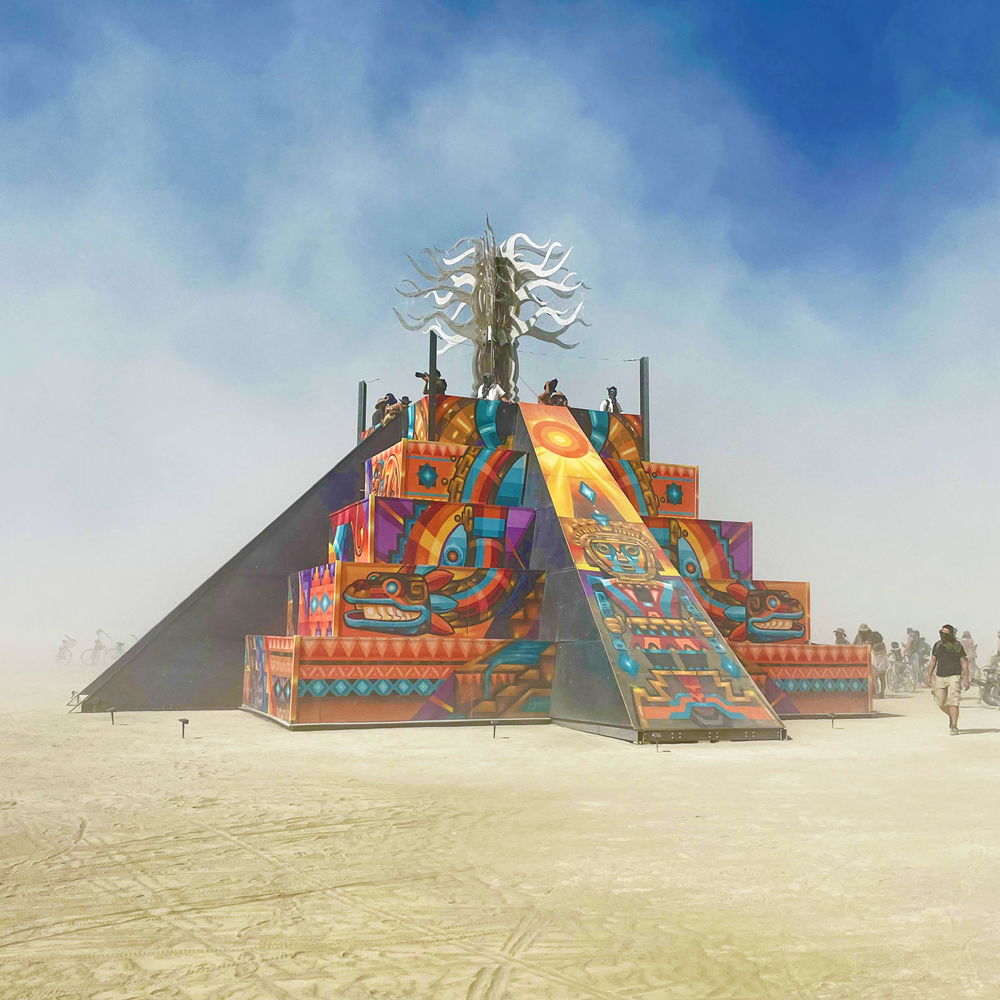
Anam Cara is a cultural blend of an Aztec pyramid and topped with a Celtic Tree of Life. Many cultures around the world offer their own wisdom and perspectives on our very existence. Through these crossing paths and shared connections, we arrive at a center point in this shared unity of the universe’s beauty and consciousness.
I walked up the steps to the top at night, surveying the whole city in the distance. I asked the guy next to me, “Isn’t this great?” He smiled and nodded enthusiastically.
#Vagr
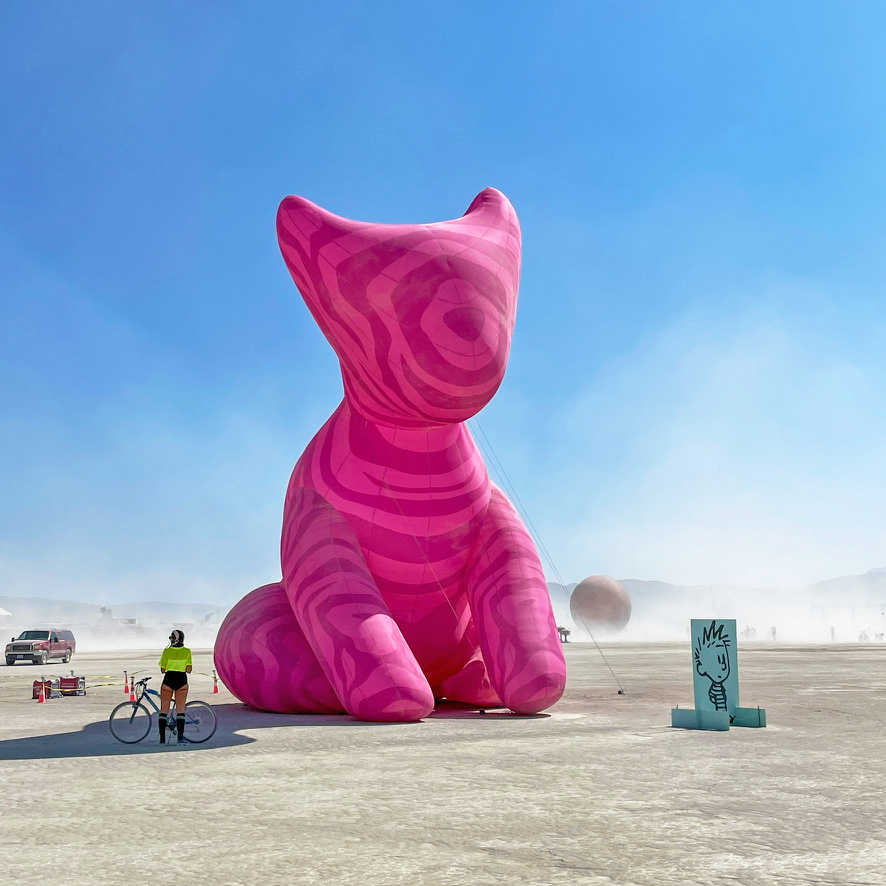
You couldn’t miss this giant pink tiger that was sitting at the 2:00 sector of the playa. “Vagr” means “tiger” in Armenian. Tigers are struggling through climate change, poaching, and habitat loss. This art serves as an educational tool for conservation of these magnificent beasts.
Immediately Vagr reminded me of Käse. She was, after all, a descendant of the ferocious ancestors that were lions and tigers.
Fuck Yer Burn!

It rained in Black Rock City, which made things interesting, to say the least.
When the playa dust gets wet, it turns into mud like wet cement. It accumulates quickly onto shoes, so it feels like you’re carrying 10 extra pounds on each foot. You cannot bike or drive, because the mud will clog the bike gears and vehicles will get stuck. The gates closed; nobody was permitted to enter or leave in these conditions.
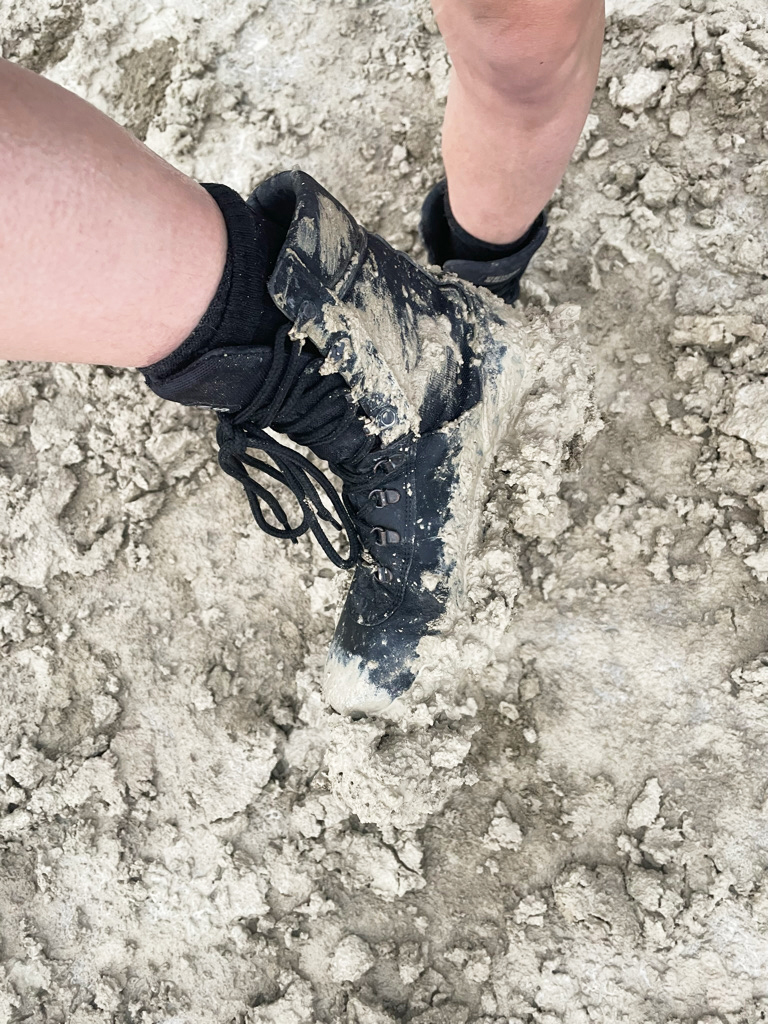
The rain was necessary, in part because it revealed to us our true colors.

The media made it sound like we were helpless, like the debacle that was Fyre Festival. But two of the Burning Man principles are Radical Self-Reliance and Communal Effort. This meant pulling together our inner resources and making the most out of a shitty situation, while also banding together to support and look after each other. We Burners are resilient, taking care of ourselves while also sharing food, water, propane, and warm clothes with our neighbors.
For the first rainy night, I slept in my sopping-wet bedding in a puddle inside my yurt. It was 55 degrees outside. I wondered if I would catch pneumonia. But I took deep breaths, reminding myself that I get to be a part of this wonderful, weird community–where a lot of us are rough around the edges to begin with. All I could say was, “Right now it’s like this.”
Still, we told stories and jokes to distract ourselves. We slowed down and got to know each other. While we couldn’t really go far, we were still in good spirits. Our resident DJs continued playing techno sets while we looked out for each other.
All I could say was, ‘Right now it’s like this.’
As I trudged through the sticky mud carrying my bike, someone asked, “What’s one thing you’ll learn from this?” It’s a fair question when something like this puts Burning Man’s principles to the test. I’m looking forward to the hindsight on this one. We go to Burning Man to learn, and sometimes the lessons are hard.

“Fuck yer Burn!” another Burner shouted at me.
“Fuck your Burn!” I shouted back.
“Fuck everyone’s Burn!”
Usually this is a greeting or expression like “Merry Christmas.” It still applied, albeit in a rather colorful, humorous way. Our Burns were, in a way, fucked. “Fuck yer burn” means whatever you want it to, really. We throw it to each other in jest, because amid all of this “love and light,” someone has to slap some sharp humor into things.
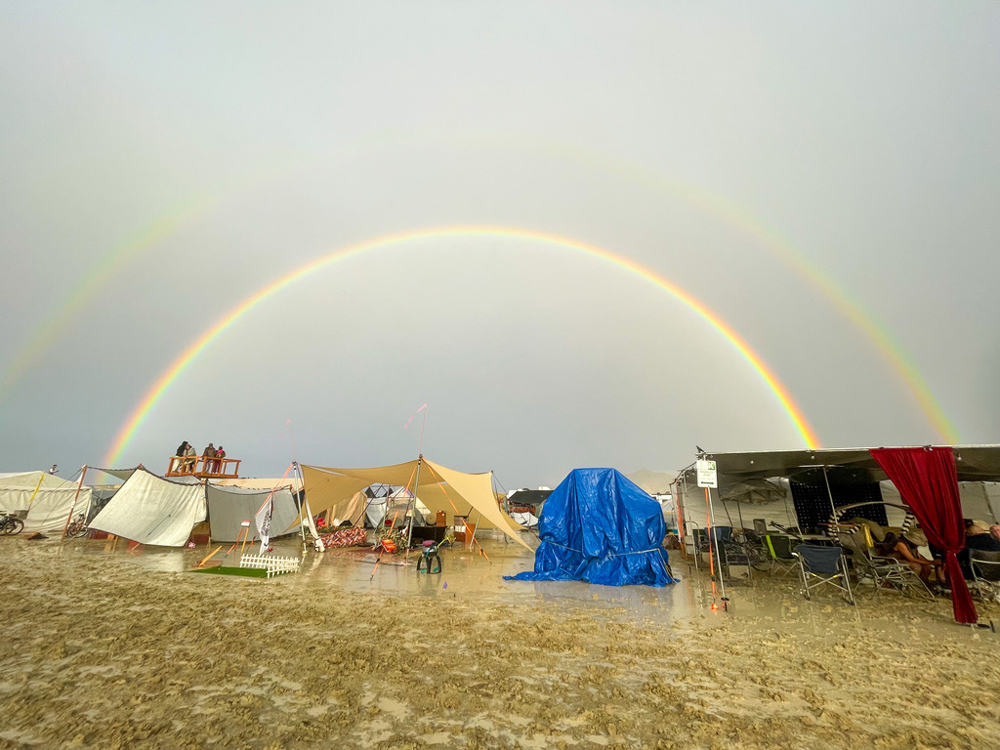
At the end of it all, still we come out the other side. Eventually the rainy weekend will be a great story to tell. I didn’t stay for the Man burn, and that’s okay. The Man will always burn in the future. But this weekend will sear into my memory for years to come. If we want rainbows, we have to put up with the rain, as we confront our survival in these conditions. We’re all in this together.
If we want rainbows, we have to put up with the rain, as we confront our survival in these conditions.
Where to Go From Here

Burning Man 2023 really is for the books. Years from now, people will talk about this year’s burn. Mostly I see social media posts of gratitude, that people were able to go at all. Many welcomed the rain, because it showed us who we really are.
There will always be incredible stories coming from the playa. But after this Burn, I want to check out the smaller, regional ones. Since they’re smaller, they’re more intimate, the 10 Principles tightly woven in the fabric of the communities. They are worth visiting.
As of now, I have been slowly decompressing. It’s always a culture shock going back to the default world, after living a week in this beautiful social experiment. I’ve been feeling mildly depressed after coming back, which is common among Burners. It’s such a wonderful place to experience, and then it’s back to the usual grind. Still, I practice gratitude that I went and experienced what we were meant to.
But after every Burn, I always come back feeling inspired. I want to seize opportunities more. I want to strike up conversations with strangers (despite the ever-present Seattle freeze). The creativity there is contagious; it reminded me to keep this dream and identity alive. Burning Man always gives you life-changing lessons and inspiration to apply back in the default world, and I think that’s one of the greatest gifts of all.
